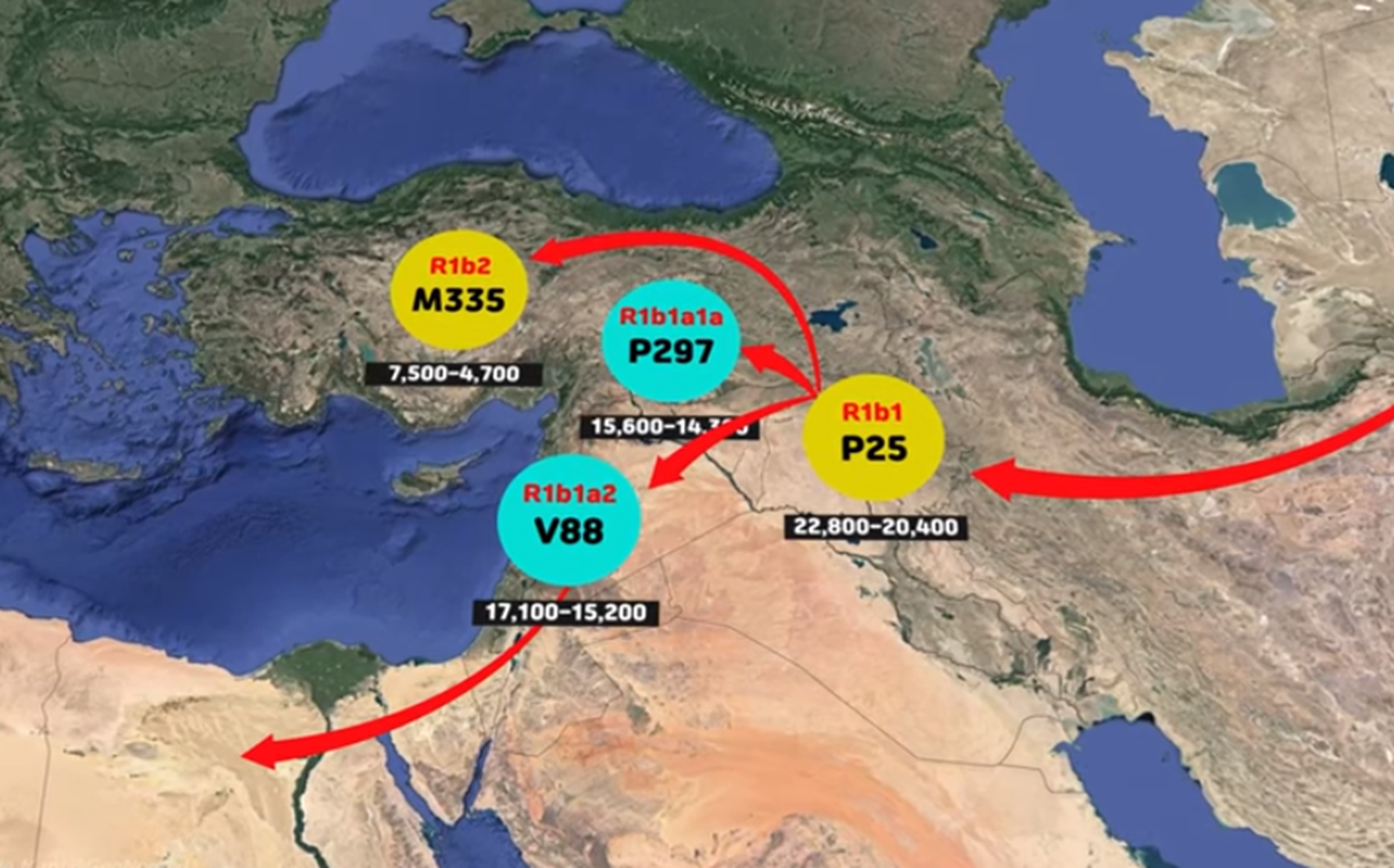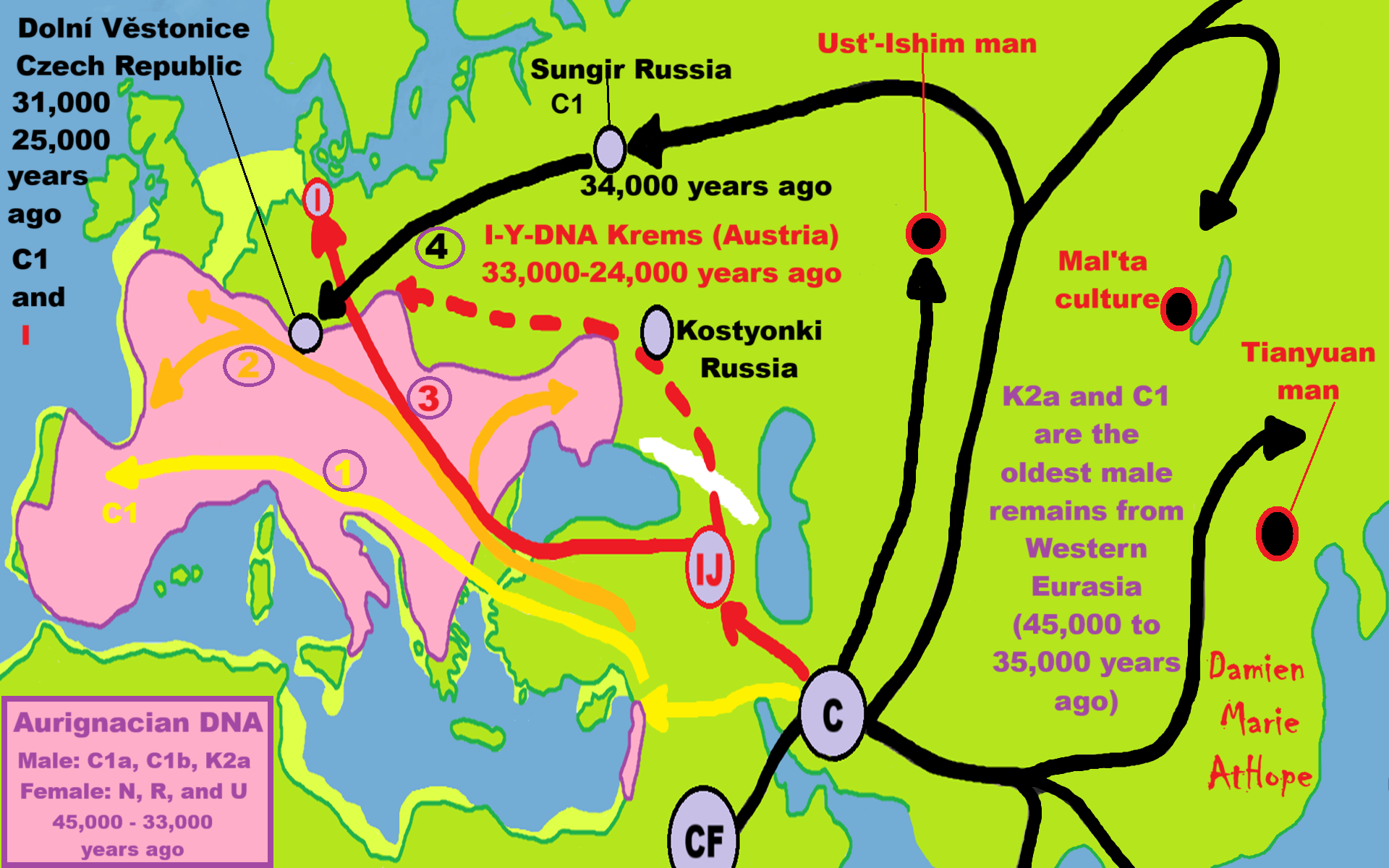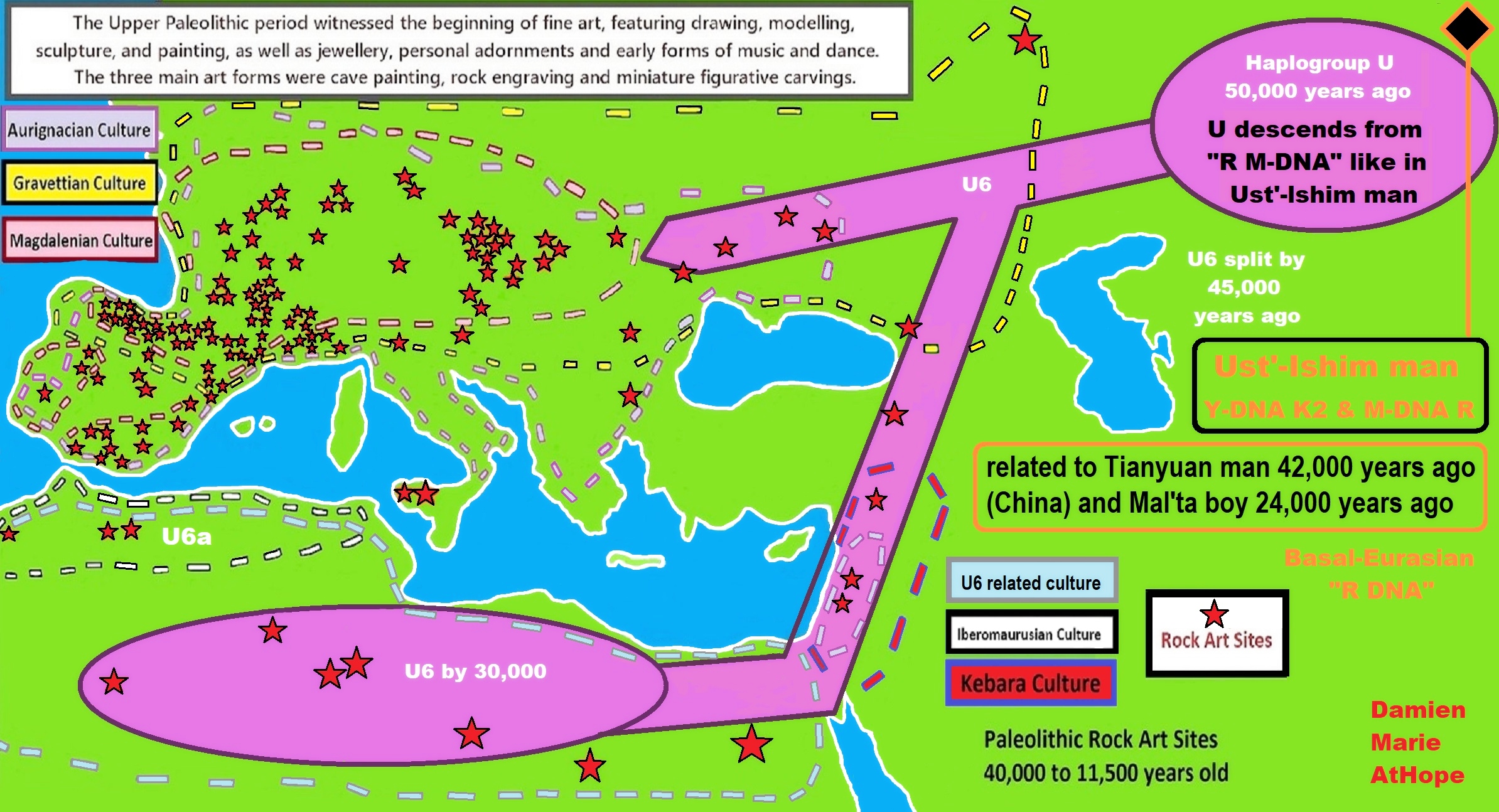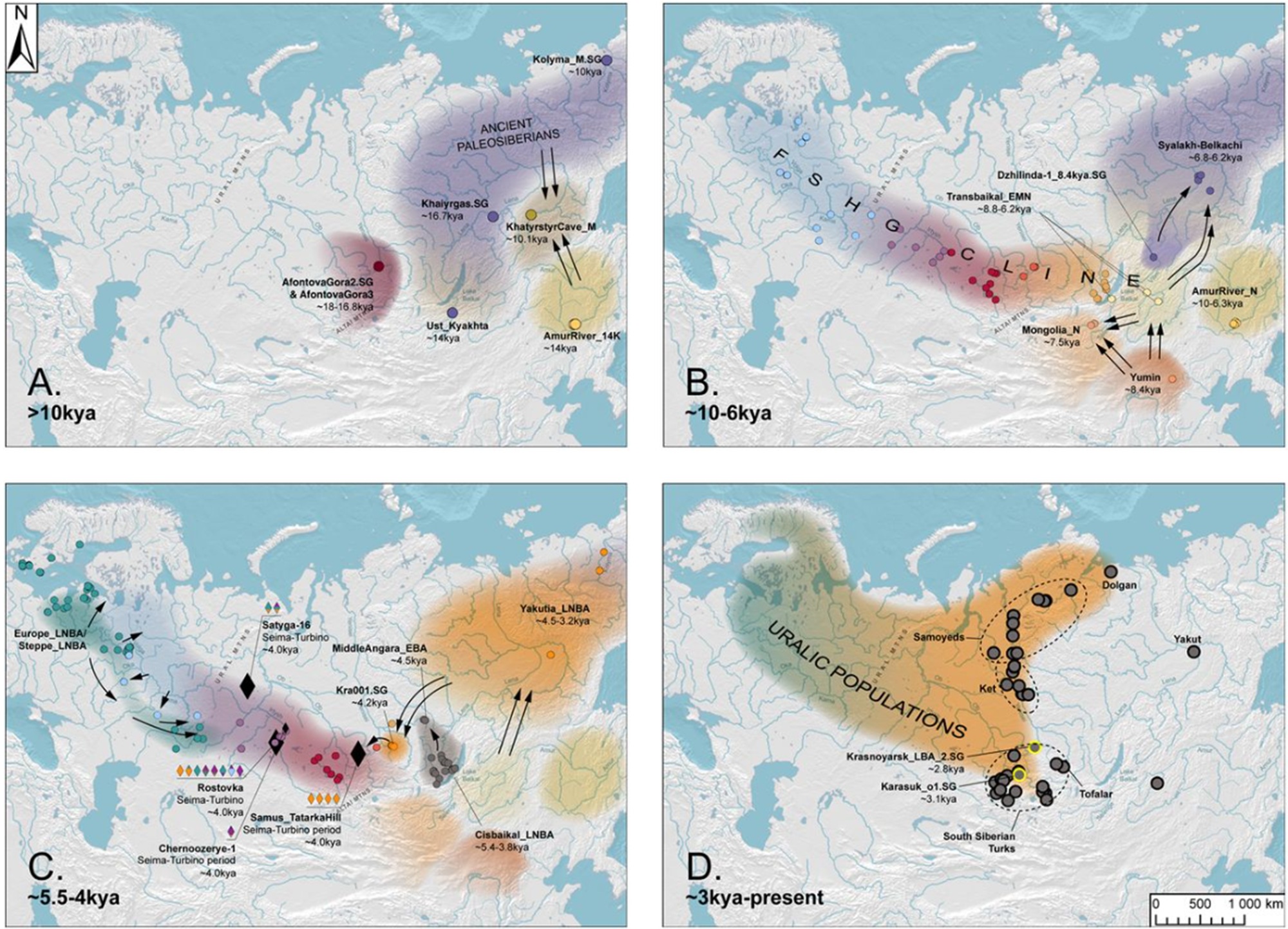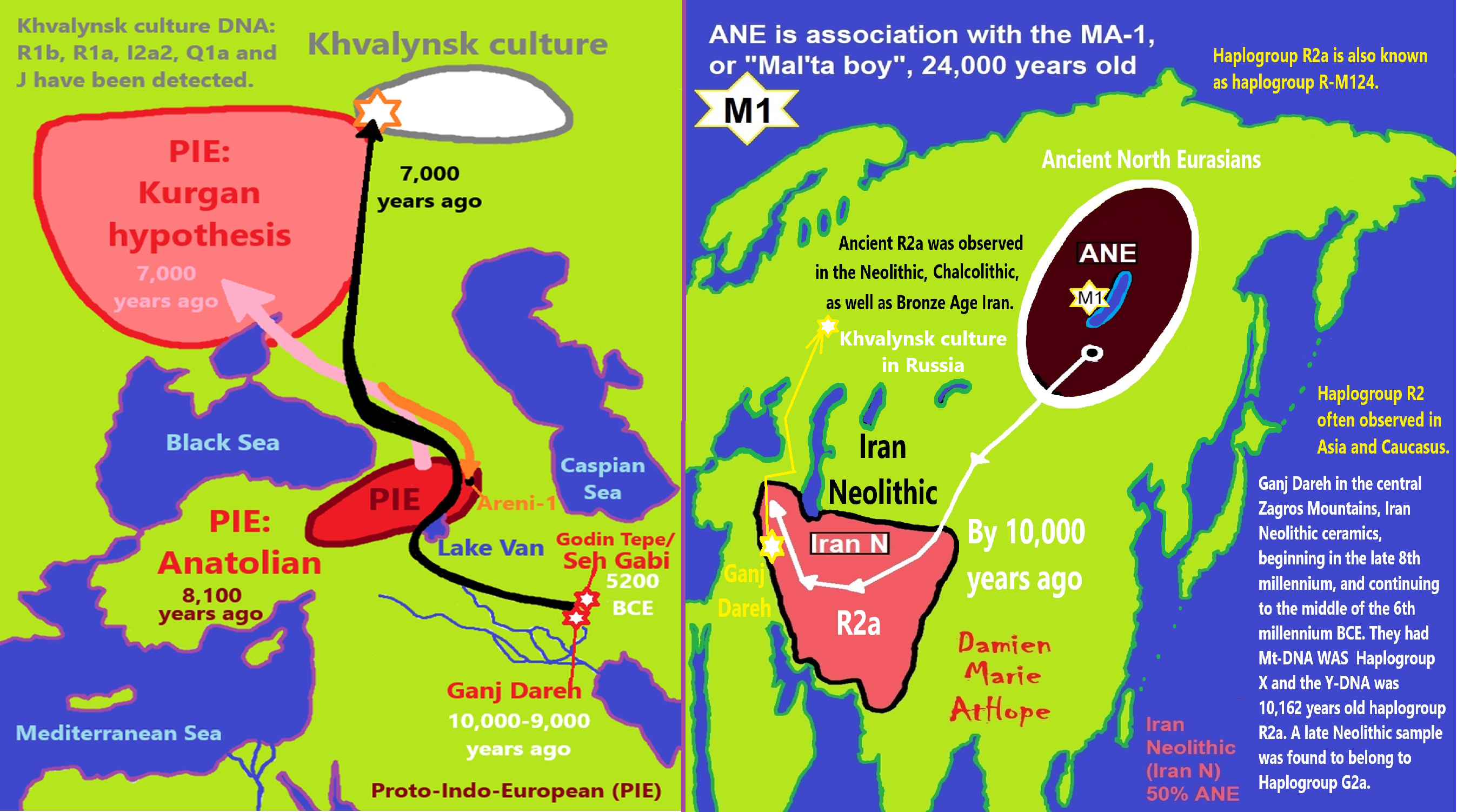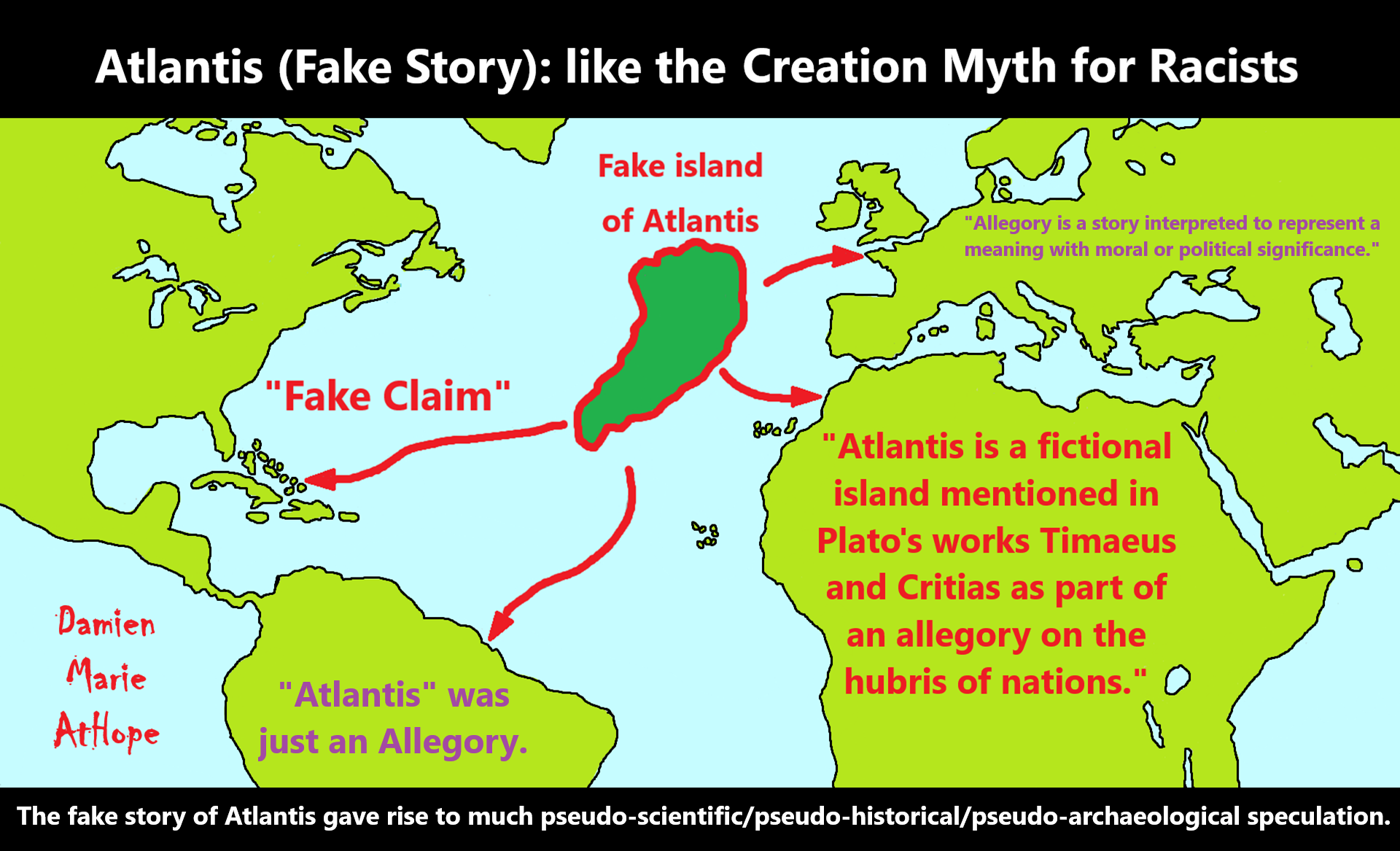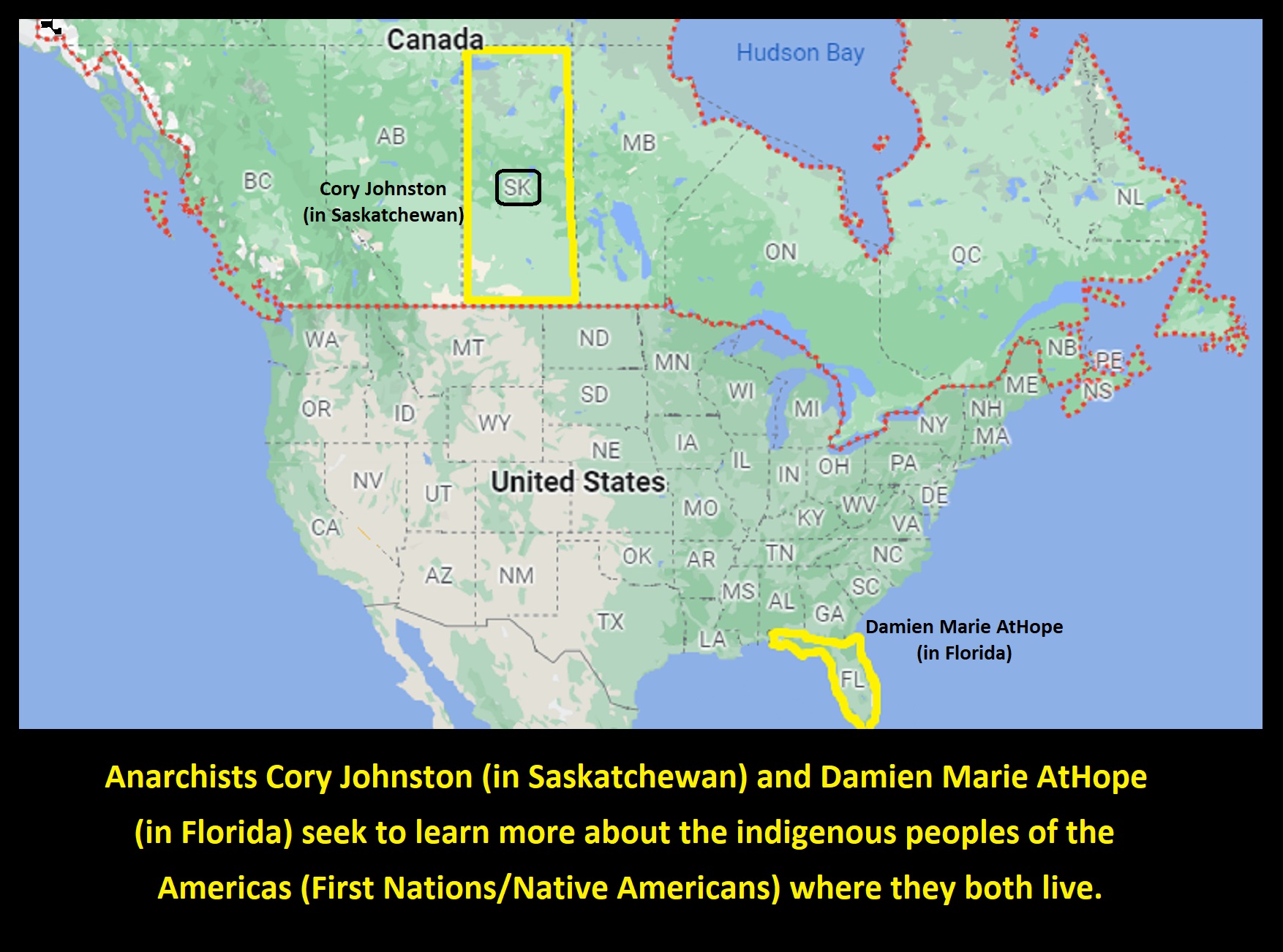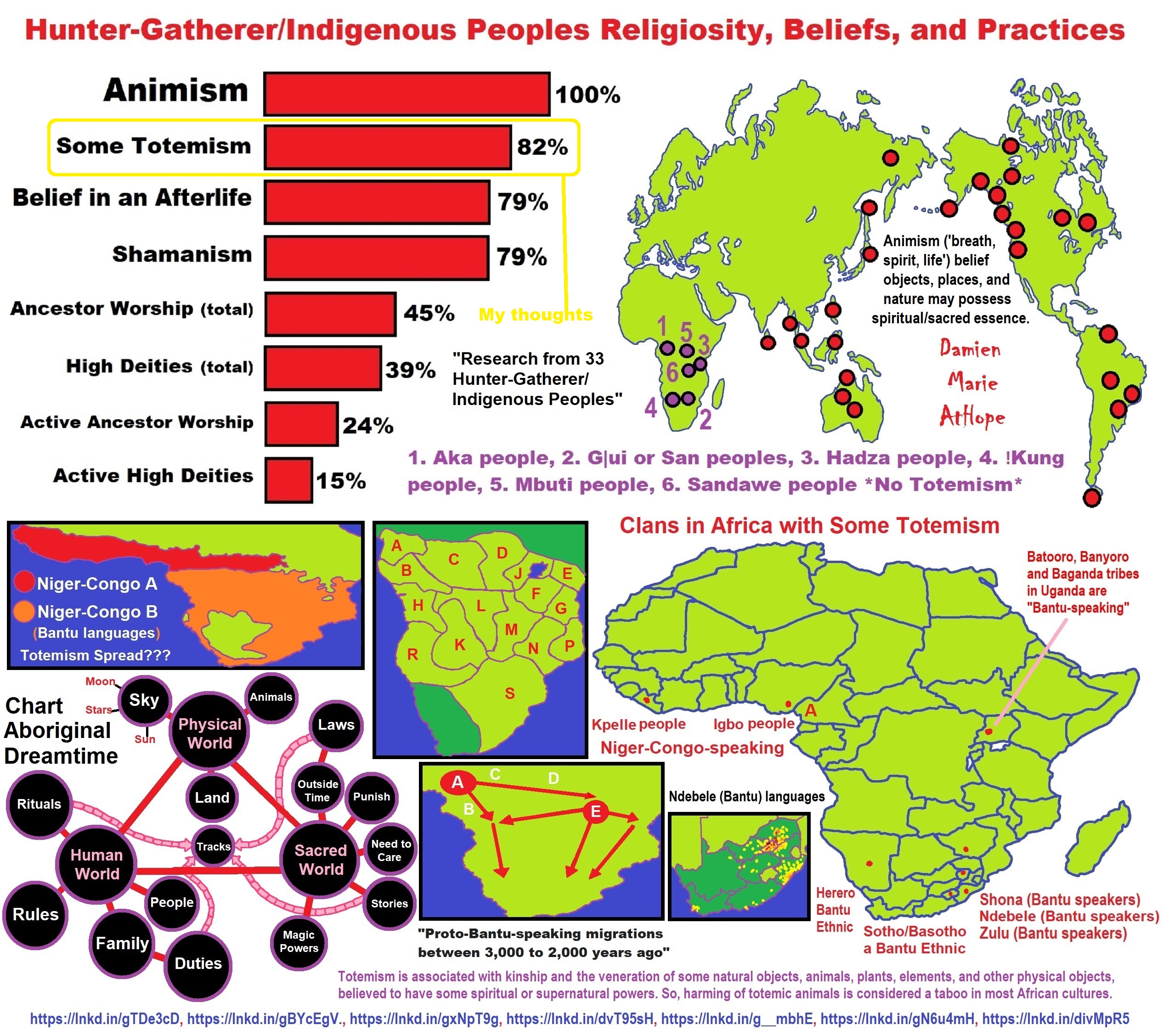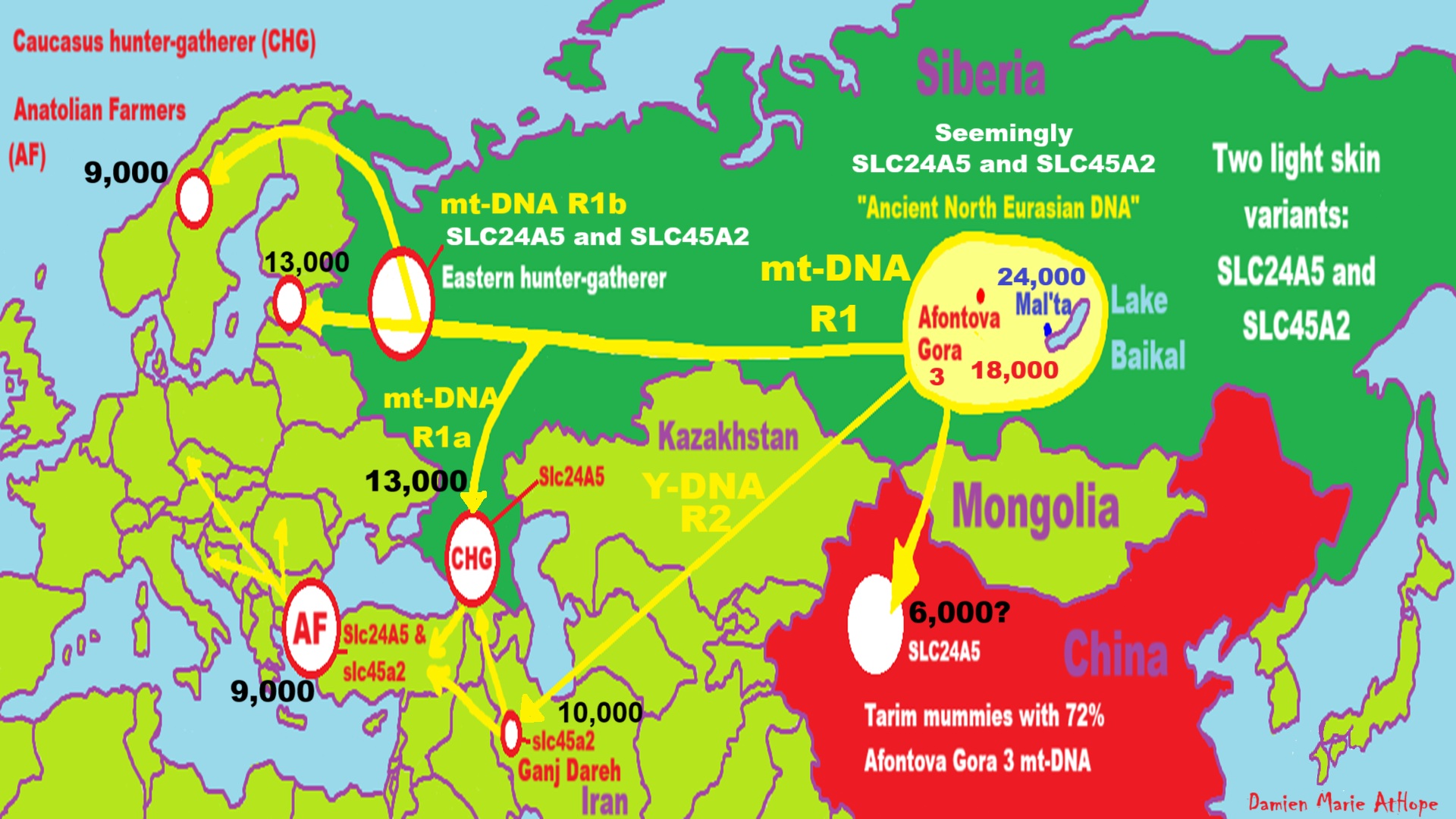
Two genes, SLC24A5 and SLC45A2, are most associated with lighter skin colour in modern Europeans.
SLC24A5
“Sodium/potassium/calcium exchanger 5 (NCKX5), also known as solute carrier family 24 member 5 (SLC24A5), is a protein that in humans is encoded by the SLC24A5 gene that has a major influence on natural skin colour variation. The NCKX5 protein is a member of the potassium-dependent sodium/calcium exchanger family. Sequence variation in the SLC24A5 gene, particularly a non-synonymous SNP changing the amino acid at position 111 in NCKX5 from alanine to threonine, has been associated with differences in skin pigmentation. The SLC24A5 gene’s derived threonine or Ala111Thr allele (rs1426654) has been shown to be a major factor in the light skin tone of Europeans compared to Sub-Saharan Africans, and is believed to represent as much as 25–40% of the average skin tone difference between Europeans and West Africans. Possibly originating as long as 19,000 years ago, it has been the subject of selection in the ancestors of Europeans as recently as within the last 5,000 years, and is fixed in modern European populations. It was introduced into Khoisan people via “back-to-Africa” migration around 2,000 years ago, is partly responsible for their differing skin tone to most other African populations. One of the earliest known samples of the threonine allele is 13,000 years old from Satsurblia Cave in Georgia. The allele was widespread from Anatolia to Ukraine and Iran at the beginning of the Neolithic.” ref
“Membrane-associated transporter protein (MATP), also known as solute carrier family 45 member 2 (SLC45A2) or melanoma antigen AIM1, is a protein that in humans is encoded by the SLC45A2 gene. SLC45A2 has been found to play a role in pigmentation in several species. In humans, it has been identified as a factor in the light skin of Europeans and as an ancestry-informative marker (AIM) for distinguishing Sri Lankan from European ancestry. Mutations in the gene have also been identified as the cause of human Type IV oculocutaneous albinism. SLC45A2 is the so-called cream gene responsible in horses for buckskin, palomino, and cremello coloration, while a mutation in this gene underlies the white tiger variant. In dogs, a mutation to this gene causes white fur, pink skin, and blue eyes.” ref
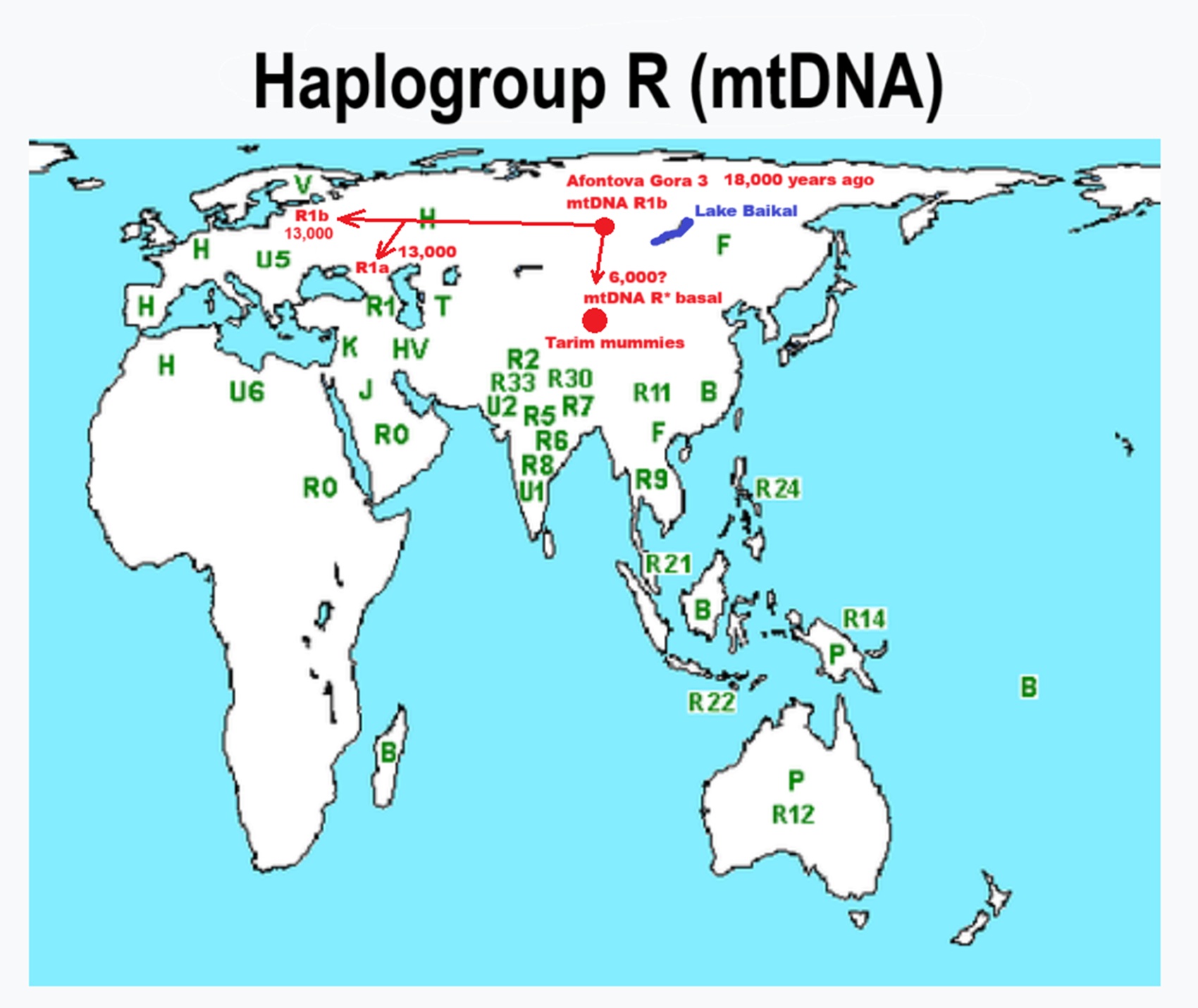
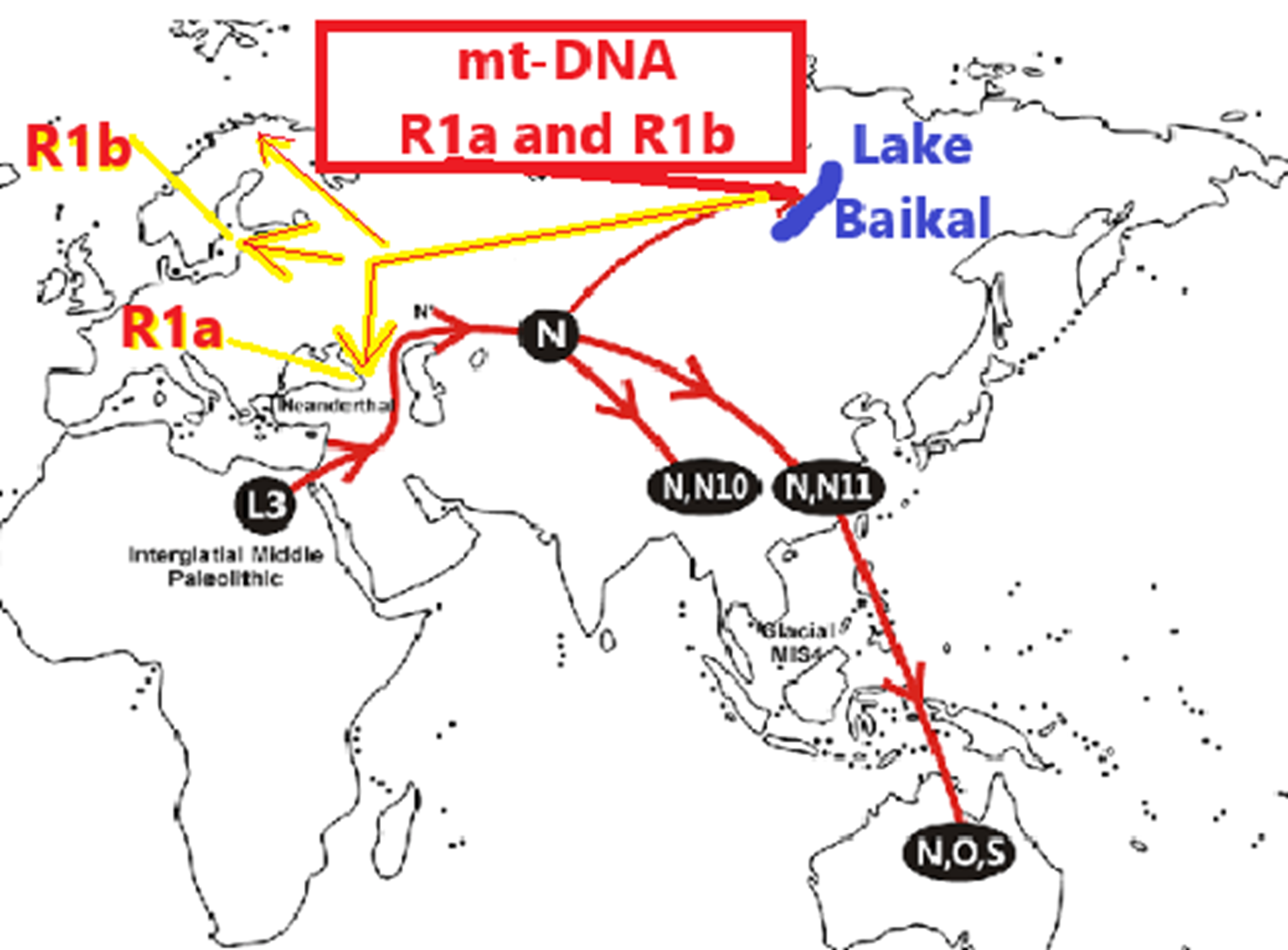
“Afontova Gora 3 (in Siberia, not far from Lake Baikal) 18,090 years ago, with mitochondrial Haplogroup R1b, who had the oldest blond hair color and light skin.” ref
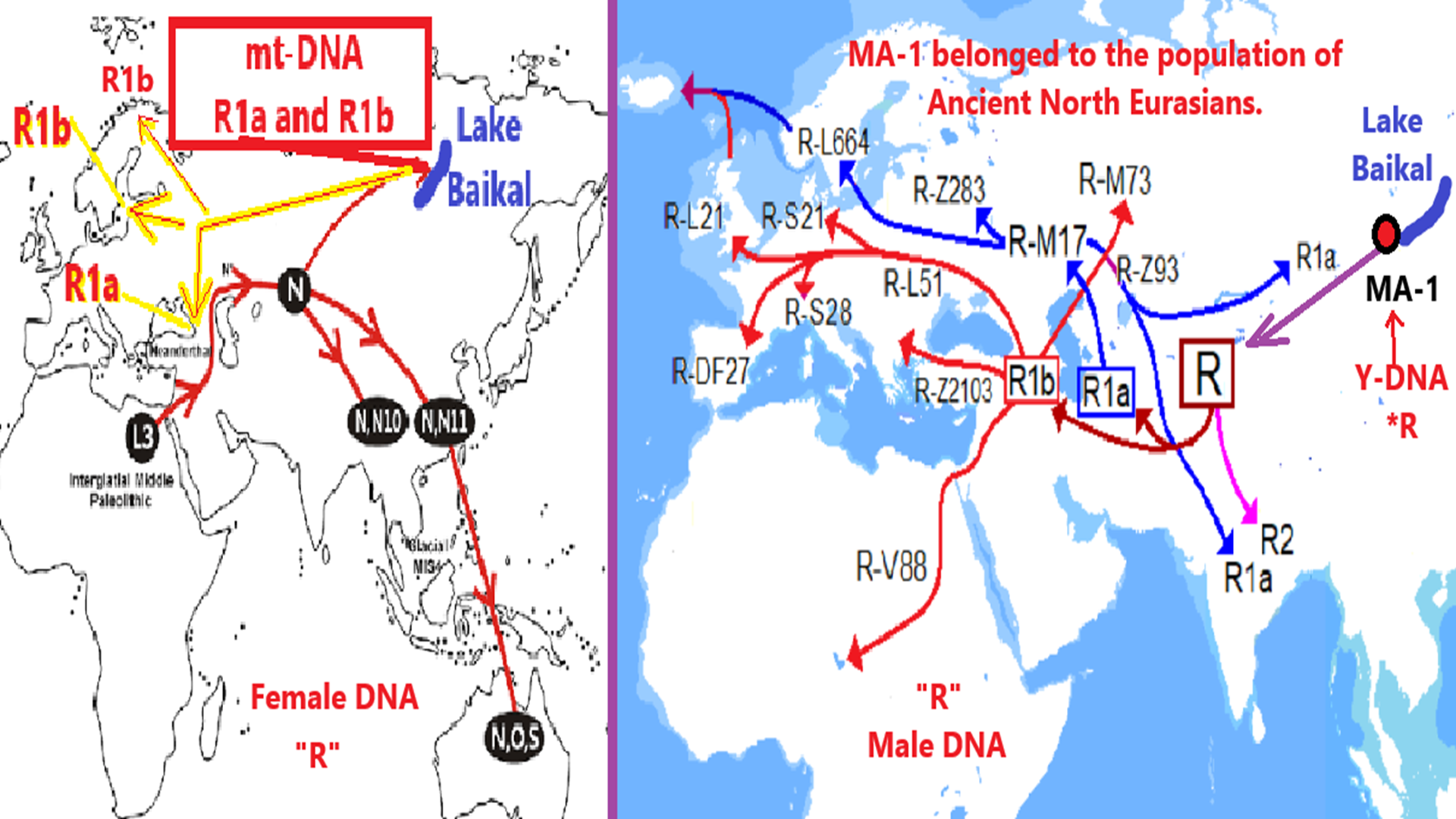
ref, ref, ref, ref, ref, ref, ref
“The Ancient North Eurasian (ANE) lineage, also known as Paleolithic Siberians, is defined by association with the “Mal’ta boy” (MA-1) haplogroup R*, the remains of an individual who lived during the Last Glacial Maximum, 24,000 years ago in near Lake Baikal central Siberia. Ancient North Eurasian associated Y-chromosome haplogroups are P-M45, and its subclades R and Q.” ref
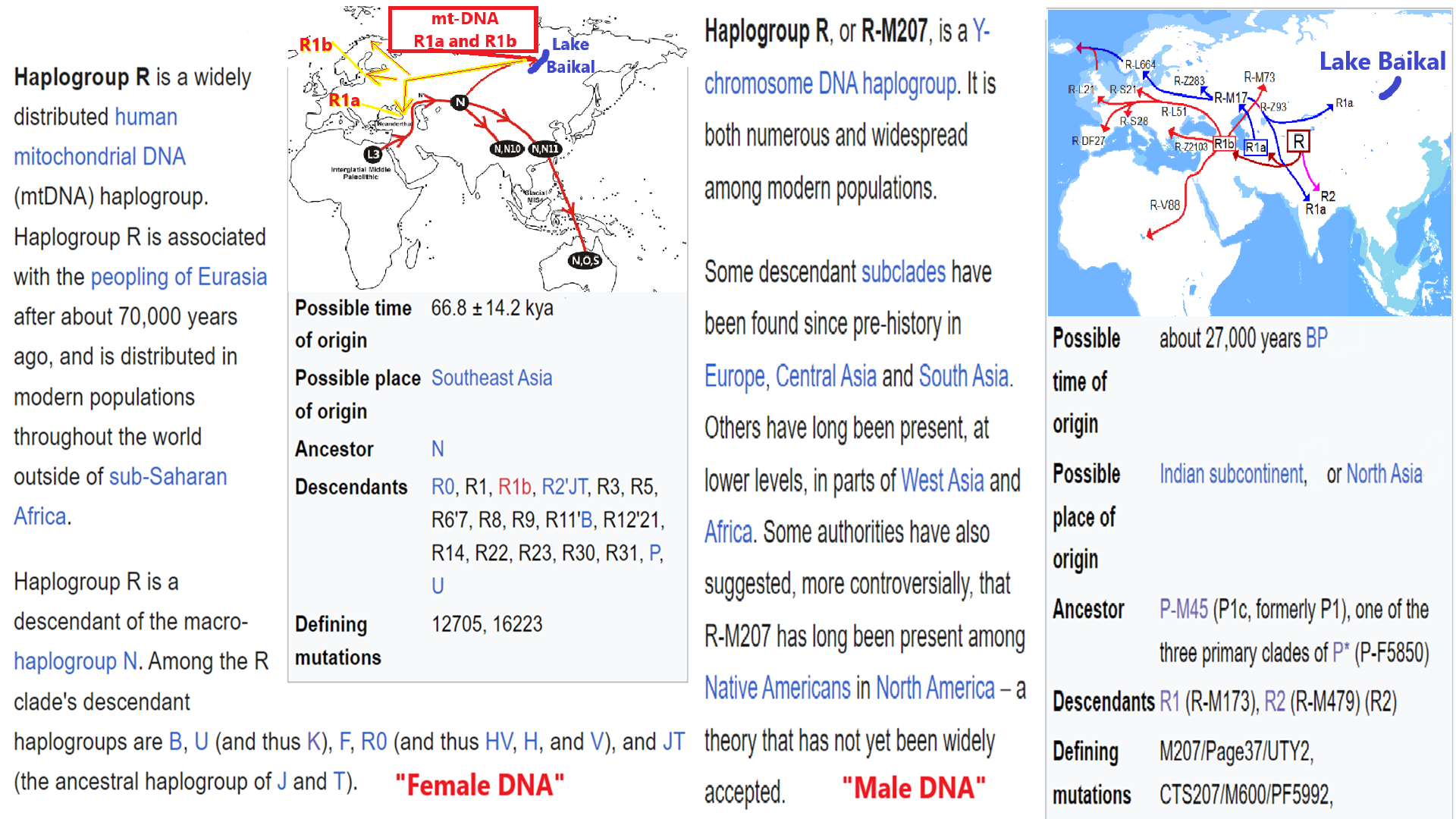
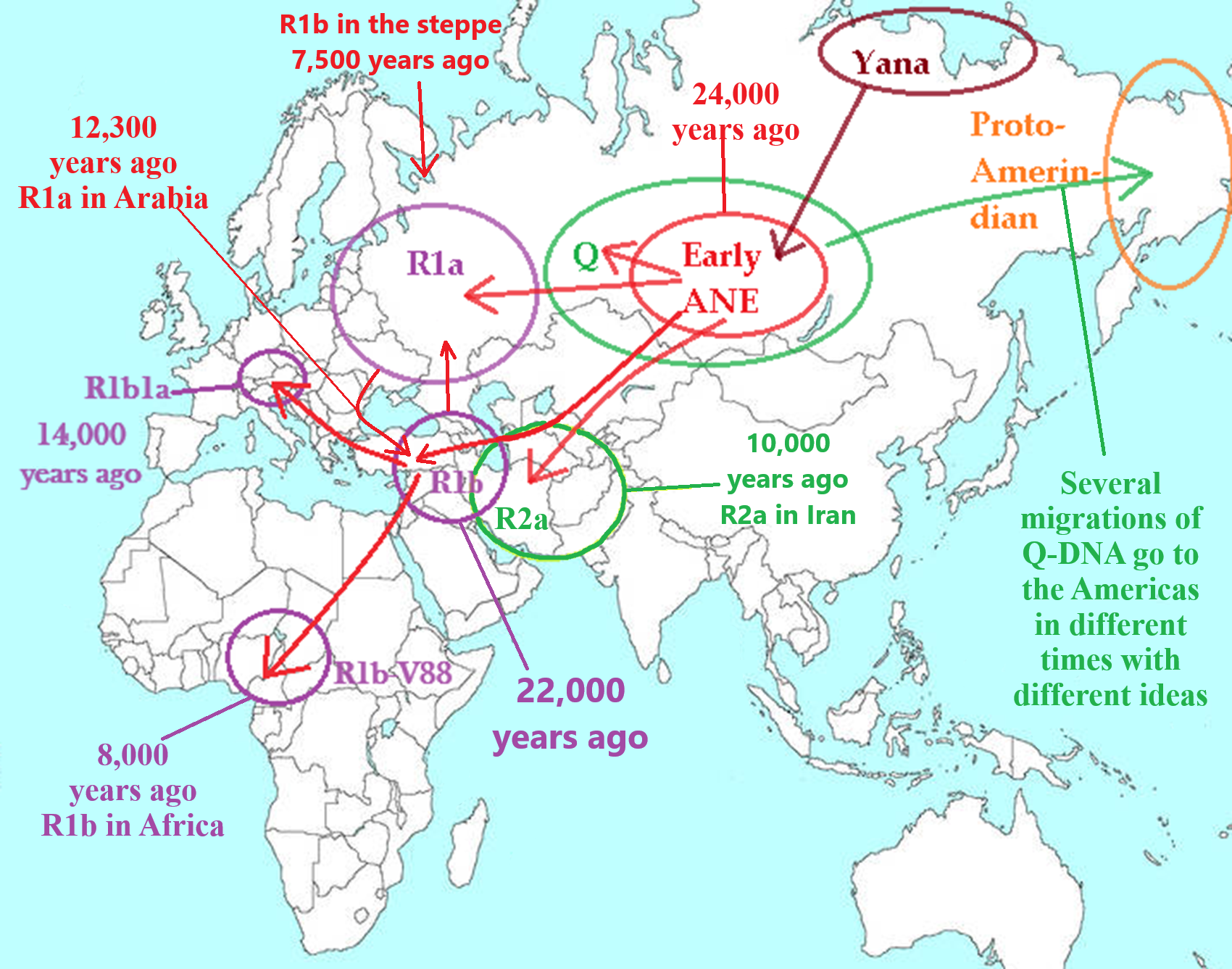
Haplogroup migrations related to the Ancient North Eurasians: I added stuff to this map to help explain.
“The human fossil remains of Afontova Gora 2, an Ancient North Eurasian genetic-related male burial with Y-DNA haplogroup Q1a1-F746, dated to 17,000 years ago, showed close genetic affinities to Mal’ta 1 (Mal’ta boy). Afontova Gora 2 also showed a greater genetic affinity for the Karitiana people (an indigenous people of Brazil) than for the Han Chinese.” ref
People reached Lake Baikal Siberia around 25,000 years ago. They (to Damien) were likely Animistic Shamanists who were also heavily totemistic as well. Being animistic thinkers they likely viewed amazing things in nature as a part of or related to something supernatural/spiritual (not just natural as explained by science): spirit-filled, a sprit-being relates to or with it, it is a sprit-being, it is a supernatural/spiritual creature, or it is a great spirit/tutelary deity/goddess-god. From there comes mythology and faith in things not seen but are believed to somehow relate or interact with this “real world” we know exists.
Both areas of Lake Baikal, one on the west side with Ancient North Eurasian culture and one on the east side with Ancient Northern East Asian culture (later to become: Ancient Northeast Asian culture) areas are the connected areas that (to Damien) are the origin ancestry religion area for many mythologies and religious ideas of the world by means of a few main migrations and many smaller ones leading to a distribution of religious ideas that even though are vast in distance are commonly related to and centering on Lake Baikal and its surrounding areas like the Amur region and Altai Mountains region.
To an Animistic Thinker: “Things are not just as they seem, they may have a spirit, or spirit energy relates to them”
To a Totemistic Thinker: “Things are not just as they seem, they may have a spirit, or spirit energy relates to them; they may have religio-cultural importance.”
“Ancient North Eurasian population had Haplogroups R, P, U, and Q DNA types: defined by maternal West-Eurasian ancestry components (such as mtDNA haplogroup U) and paternal East-Eurasian ancestry components (such as yDNA haplogroup P1 (R*/Q*).” ref
Racists say that the Afontova Gora culture had the first light skin and light hair mt-DNA R1b, which from Afontova Gora 3, a female not related close to native Americans as the DNA went west, not east. And they claim this culture proves light skin and light hair went to the Americas (teaching the dark people) because this culture is closest to South Americans, but they leave out that relates to the male DNA of Afontova Gora 2 Y-DNA Q. Haplogroup Q-M242 has been found in approximately 94% of Indigenous peoples of Mesoamerica and South America. ref, ref
- “Afontova Gora culture relate to Ancient North Eurasian DNA.” ref
- “Ancient North Eurasian DNA (Haplogroups R and Q Y-DNA) relates to Mal’ta–Buret’ culture.” ref
- “Mal’ta–Buret’ culture DNA relates to 24,000-year-old MA-1 (or Mal’ta boy).” ref
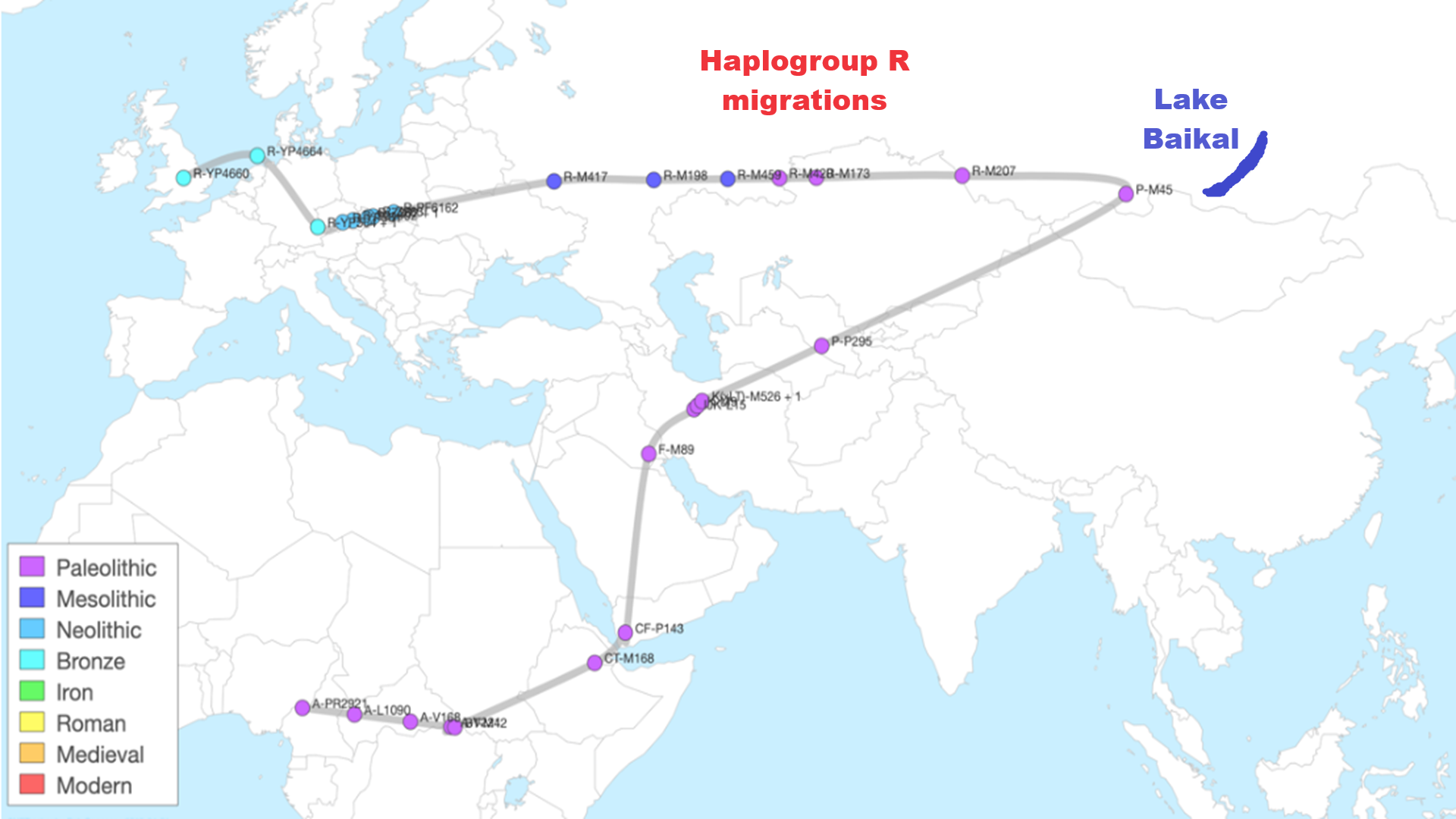

Scandinavian hunter-gatherer
“In archaeogenetics, the term Scandinavian hunter-gatherer (SHG) is the name given to a distinct ancestral component that represents descent from Mesolithic hunter-gatherers of Scandinavia. Genetic studies suggest that the SHGs were a mix of western hunter-gatherers (WHGs) initially populating Scandinavia from the south during the Holocene, and eastern hunter-gatherers (EHGs), who later entered Scandinavia from the north along the Norwegian coast. During the Neolithic, they admixed further with Early European Farmers (EEFs) and Western Steppe Herders (WSHs). Genetic continuity has been detected between the SHGs and members of the Pitted Ware culture (PWC), and to a certain degree, between SHGs and modern northern Europeans. The Sámi, on the other hand, have been found to be completely unrelated to the PWC.” ref
“Haak et al. (2015) examined the remains of six SHGs buried at Motala between ca. 6000 and 5700 BCE or 8,000 to 7,700 years ago. Of the four males surveyed, three carried the paternal haplogroup I2a1 or various subclades of it, while the other carried I2c. With regard to mtDNA, four individuals carried subclades of U5a, while two carried U2e1. The study found SHGs to constitute one of the three main hunter-gatherer populations of Europe during the Mesolithic. The two other groups were WHGs and eastern hunter-gatherers (EHG). EHGs were found to be an ANE-derived population with significant admixture from a WHG-like source. SHGs formed a distinct cluster between WHG and EHG, and the admixture model proposed by Lazaridis et al. could be successfully replaced with a model that takes EHG as source population for the ANE-like ancestry, with an admixture ratio of ~65% (WHG) : ~35% (EHG). SHGs living between 6000 and 3000 BCE were found to be largely genetically homogeneous, with little admixture occurring among them during this period. EHGs were found to be more closely related to SHGs than WHGs.” ref
“SHGs displayed a high frequency of the depigmentation alleles SLC45A2 and SLC24A5, as well as the OCA/Herc2, which affects eye pigmentation. A surprising continuity was displayed between SHGs and modern populations of Northern Europe in certain respects. Unlike closely related western hunter-gatherers, the Motala samples have predominantly derived pigmentation alleles at SLC45A2 and SLC24A5.” The study by Günther et al. (2018) further discovered that SHGs “show a combination of eye color varying from blue to light brown and light skin pigmentation. This is strikingly different from the WHGs—who have been suggested to have the specific combination of blue eyes and dark skin, and EHGs—who have been suggested to be brown-eyed and light-skinned.” ref
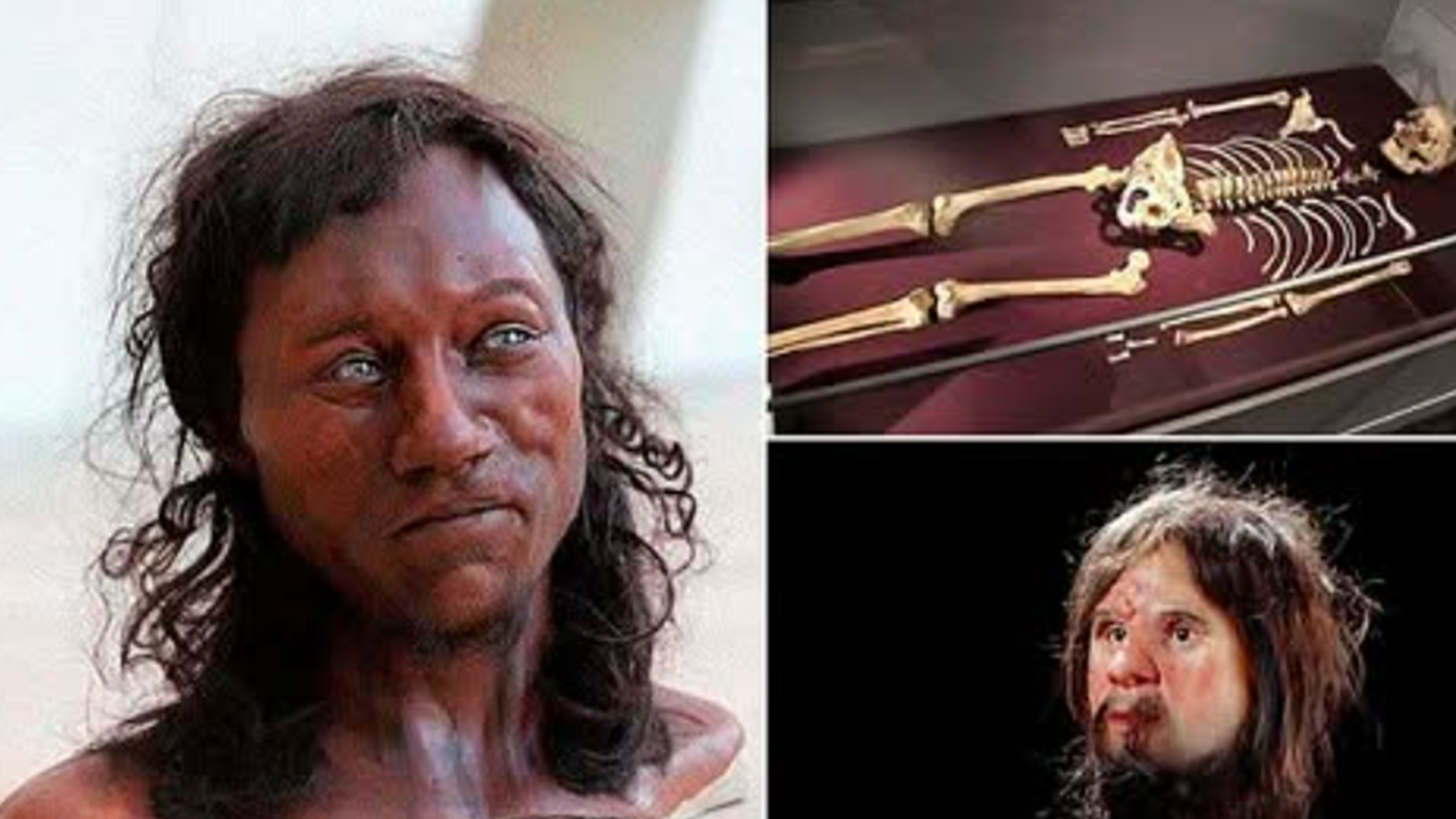
“Was Cheddar man white after all? There’s no way to know that the first Briton had ‘dark to black skin’, says scientist who helped reconstruct his 10,000-year-old face. The bones are the oldest near-complete human skeleton ever found in Britain. Experts tested DNA taken from bone powder by drilling a hole through the skull. It showed there was a 76 % chance that Cheddar Man was ‘dark to black’. The scientist behind the test used says it is impossible to be certain of this fact.” ref
“Cheddar Man has the genetic markers of skin pigmentation usually associated with sub-Saharan Africa. This discovery is consistent with a number of other Mesolithic human remains discovered throughout Europe. ‘He is just one person, but also indicative of the population of Europe at the time,’ says Tom. ‘They had dark skin and most of them had pale colored eyes, either blue or green, and dark brown hair.’ ‘It seems that pale eyes entered Europe long before pale skin or blond hair, which didn’t come along until after the arrival of farming.’ Cheddar Man’s case is quite unusual because at a time when communal burials were common, he was found buried alone.” ref
“Analysis of his nuclear DNA indicates that he was a typical member of the Western European hunter-gatherer population at the time, with a most likely phenotype of blue-green eyes, dark brown or black hair, and dark or dark-to-black skin, with no genetic adaption for lactase persistence into adulthood. Cheddar Man has been directly radiocarbon dated on two separate occasions, giving calibrated dates of 8540–7990 BCE and 8470–8230 BCE. While the relevant genetic markers on the Cheddar Man genome have low sequencing coverage, limiting the accuracy of the predictions, they suggest (based on their associations in modern populations whose phenotypes are known) that he most likely had intermediate (blue-green) eye colour, dark brown or black hair, and dark or dark-to-black skin, with no derived allele for lactase persistence. These features are typical of the Western European population of the time, now known as Western Hunter-Gatherers, another example being Loschbour man discovered in Luxembourg. This population forms about 10%, on average, of the ancestry of Britons without a recent family history of immigration. Brown eyes, lactose tolerance, and light skin are common in the modern population of the area. These genes came from later immigration, most of it ultimately from two major waves, the first of Neolithic farmers from Anatolia (Early European farmers), another of Bronze Age pastoralists (Western Steppe Herders), most likely speakers of Indo-European languages, from the Pontic steppe.” ref
“About 85% of his ancestry can be modelled as coming from the c. 14,000–7,000-year-old Villabruna genetic cluster, and only c. 15% from the Goyet Q2 cave cluster whose genes are found in association with the Late Upper Palaeolithic Magdalenian culture. He is not closely related to the earlier Magdalenian individuals found in the same cave, whose ancestry is entirely from the Goyet cluster. The genomes of all British Mesolithic individuals sequenced to date other than Cheddar Man can be modelled as only Villabruna-related (WHG) ancestry, without additional Goyet-related admixture.[12] The results of the Natural History Museum study gave evidence that Cheddar Man’s ancestry, and the wave of anatomically modern humans he was part of, originated in the Middle East. This suggests that his ancestors would have left Africa, moved into the Middle East and later headed west into Europe, before eventually traversing Doggerland, a land bridge which connected Britain to continental Europe. It is estimated that 10% of the genomes of modern white British people comes from this population of anatomically modern humans. British Mesolithic hunter gatherers like Cheddar Man contribute negligibly to the ancestry of modern British people, due to later migrations like those of Neolithic farmers and the Bell Beaker culture effectively completely replacing the previous inhabitants of Britain, with the WHG/Villabruna ancestry in modern British people instead deriving from continental hunter gatherers.” ref
“Cheddar Man’s Y-DNA belonged to an ancient sister branch of modern Haplogroup I2-L38 (I2a2). The I2a2 subclade is still extant in males of the modern British Isles and across other parts of Europe. The mitochondrial DNA of Cheddar Man was discovered to be haplogroup U5b1 by a Natural History Museum study in 2018 using next generation sequencing. Some 65% of western European Mesolithic hunter-gatherers had haplogroup U5; today it is widely distributed, at lower frequencies, across western Eurasia and northern Africa. In 2018, the publication of the genetics study by Brace et al. and subsequent facial reconstruction of a dark-skinned and blue-eyed Cheddar Man resulted in widespread media coverage.” ref
“This coverage again described Cheddar Man as the “first Brit” (despite older remains of modern humans being known from Britain). Public discourse surrounding the reconstruction of Cheddar Man heavily revolved around the themes of immigration, national identity, race, and Brexit. Some saw Cheddar Man’s predicted dark skin colour as a helpful riposte to anti-immigration arguments, while others condemned it as fake news and left-wing politically correct propaganda. A dark skin colour was “strongly suggested” through exhaustive DNA studies. The current scientific consensus holds that populations living in Europe became lighter-skinned over time because pale skin absorbs more sunlight, which is required to produce enough vitamin D. There are a handful of genetic variations linked to lighter skin; it was determined in the study that Cheddar Man had “ancestral” versions of all these genes, strongly suggesting he would have had “dark to black” skin tone, but combined with blue eyes.” ref
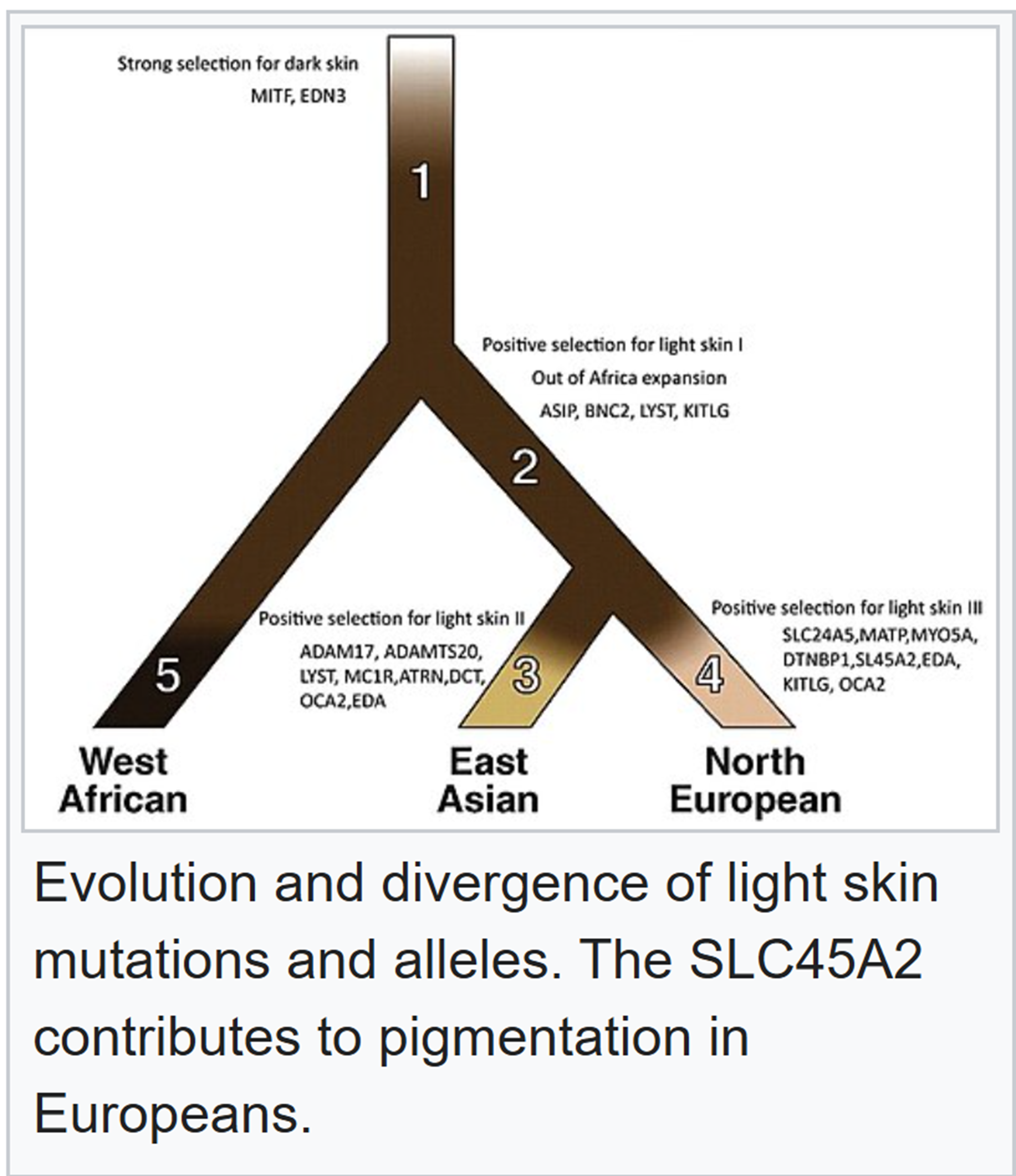
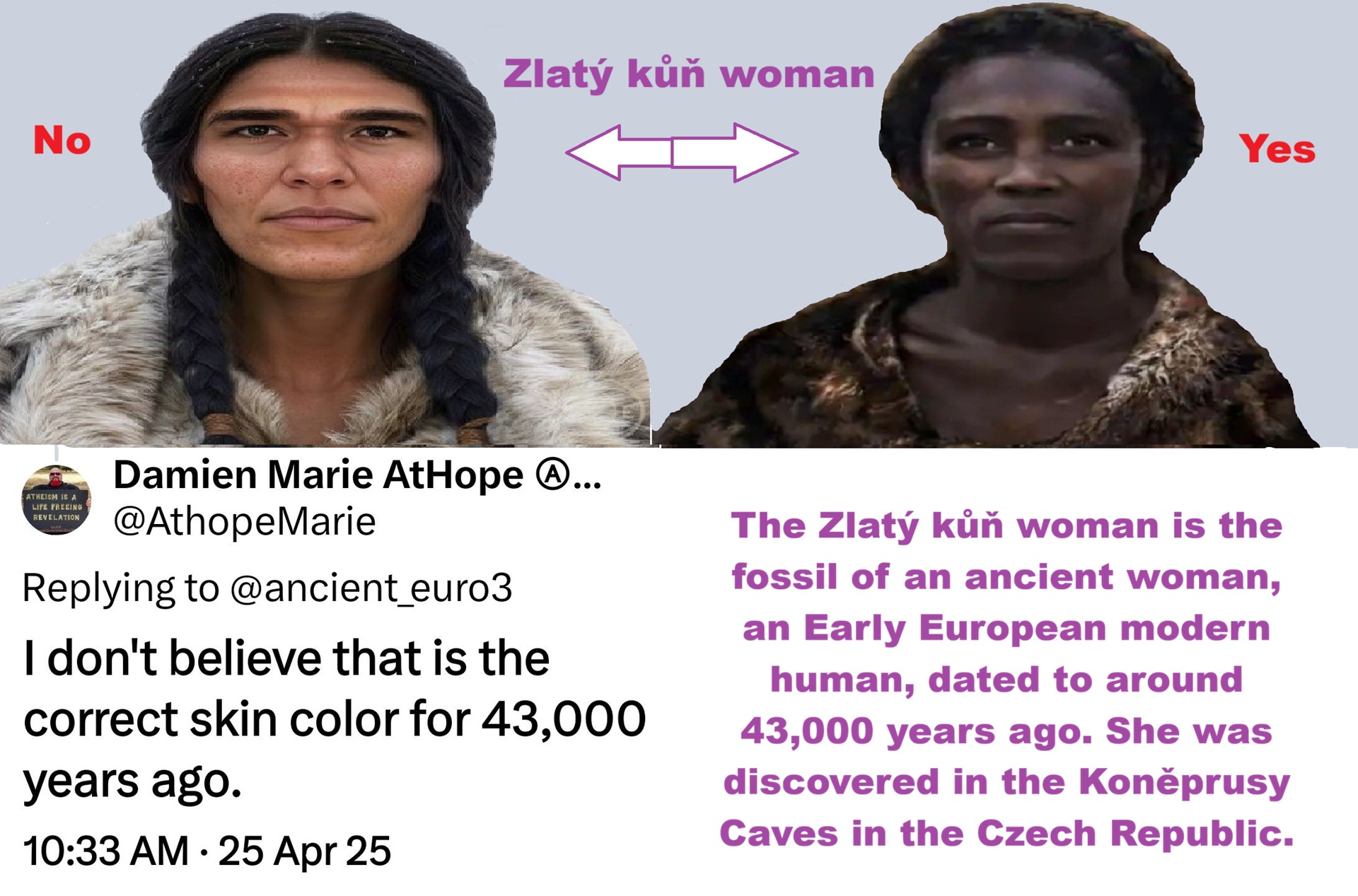
There are some, commonly the uninformed, European ethnocentrists, or outright racists, who want to believe Europeans were always white, light-skinned. This is not true!
- “Researchers discovered that nearly all Europeans had dark skin during the Paleolithic era, which lasted between 45,000 and 13,000 years ago.” ref
- “Europeans did not inherit pale skin from Neanderthals” ref
- “Two genes SLC24A5 and SLC45A2 which are most associated with lighter skin colour in modern Europeans.” ref
“The Zlatý kůň woman is the fossil of an ancient woman, an Early European modern human, dated to around 43,000 years ago. She was discovered in the Koněprusy Caves in the Czech Republic. On the basis of genetic dating, the Zlatý kůň individual is believed to be the oldest anatomically modern human ever to be genetically sequenced. Her genome represents a deeply splitting lineage basal to the subsequent split between East Eurasians and West Eurasians. These people do not appear to have been the ancestors of later Europeans, as the very few ancient DNA samples recovered from this period are not related to later samples. The Zlatý kůň woman also has contributed genetically neither to later Europeans nor to Asians.” ref
The 45,000-year-old Ust’-Ishim man had brown eyes, black hair, and dark skin.
“Ust’-Ishim man is the term given to the 45,000-year-old remains of one of the early modern humans to inhabit western Siberia, which belongs to Y-DNA haplogroup K2. The two subclades of K2 are K2a and K2b, and he has been found to be positive for some but not all SNPs of the K2a (or NO*) subclade, such as M2308. In the original paper, he was classified only as Haplogroup K-M9 (KxLT). He belonged to mitochondrial DNA haplogroup R*, differing from the root sequence of R by a single mutation. Both of these haplogroups and descendant subclades are now found among populations throughout Eurasia, Oceania, and The Americas, although no direct descendants of Ust Ishim man’s specific lineages are known from modern populations. Ust’-Ishim was equally related to modern East Asians, Oceanians, and certain ancient West Eurasian populations, such as the Goyet specimen.” ref
“Examination of the sequenced genome indicates that Ust’-Ishim man lived at a point in time between the first wave of anatomically modern humans (270,000 years ago) that migrated out of Africa and the divergence of that population into distinct populations (45,000 years ago), in terms of autosomal DNA in different parts of Eurasia. Consequently, Ust’-Ishim man is not more closely related to the first two major migrations of Homo Sapiens eastward from Africa into Asia: a group that migrated along the coast of South Asia, or a group that moved north-east through Central Asia. When compared to other ancient remains, Ust’-Ishim man is more closely related, in terms of autosomal DNA to Tianyuan man, found near Beijing and dating from 42,000 to 39,000 years ago; Mal’ta boy (or MA-1), a child who lived 24,000 years ago along the Bolshaya Belaya River near today’s Irkutsk in Siberia, or; La Braña man – a hunter-gatherer who lived in La Braña (modern Spain) about 8,000 years ago.” ref
“In 2022, a study determined that the Ust’Ishim man was part of an Initial Upper Paleolithic wave (>45kya) “ascribed to a population movement with uniform genetic features and material culture” (Ancient East Eurasians), and sharing deep ancestry with the Bacho Kiro, Oase and the Tianyuan man, as well as ancestors of modern-day Papuans (Australasians). The Ust’Ishim lineage is described as “near trifurcation” between West and East Eurasians, but sharing a short period of evolutionary drift with Eastern Eurasians, having diverged from their ancestor shortly after the divergence from Ancient Western Eurasians (represented by the Kostenki-14 specimen).” ref
“Ust’-Ishim sample: what we might call the true phenotypes were evaluated through the direct approach with a mean coverage level of 28x. The HIrisPlex-S system estimated brown eyes, black hair and dark to black skin.” ref
Early European Groups
“Most ancient Europeans had dark skin, eyes, and hair even up until 3,000 years ago.” ref
“The archaeological, anthropological, and genetic evidence indicated that the first Europeans were dark skin Sub-Saharan Africans who carried mtDNA haplogroup N and Y-chromosome C6 into Europe.” ref
Aurignacian: “43,000 to 26,000 years ago, associated with the human remains of Goyet Q116-1, from modern-day Belgium. He belonged to the paternal haplogroup C1a and the maternal haplogroup M. Haplogroups identified in other Aurignacian samples are the paternal haplogroups C1b and K2a; and mt-DNA haplogroup N, R, and U.” ref
Gravettian: “33,000 to 22,000 years ago, associated with the Vestonice cluster, eight males included three samples of Y-chromosomal haplogroup CT, one of I, one IJK, one BT, one C1a2, and one sample of F. Of the fourteen samples of mtDNA, there were thirteen samples of U and one sample of M. The majority of the sample of U belonged to the U5 and U2. According to Scorrano et al. (2022), “the genome of an early European individual from Kostenki 14, dated to around 37,000 years ago, demonstrated that the ancestral European gene pool was already established by that time. All Gravettian-producing peoples are strongly genetically distinct from the producers of the later Epigravettian, who are genetically referred to as the Villabruna cluster, who show a greater affinity to ancient and modern peoples in West Asia than other Palaeolithic European hunter-gatherer groups. There is evidence of some genetic affinity between the Villabruna and Věstonice clusters, which may reflect shared common ancestry from the Balkans region.” ref
“People of the Fournol and Věstonice lineages may have possessed darker skin and eye color than some of the lineages that came after them. Epigravettians actually descended from Balkan groups that entered Italy as early as 17,000 years ago. Starting about 14,000 years ago, the Epigravettians spread from the south across the rest of Europe, supplanting the Magdalenians, who were descended in part from the Fournol.” ref
Epigravettian: “21,000 to 10,000 years ago, Villabruna genetic cluster, Epigravettian peoples belonging to the Western Hunter Gatherer genetic cluster expanded across Western Europe at the end of the Pleistocene, largely replacing the producers of the Magdalenian culture that previously dominated the region. This group is more closely related to ancient and modern peoples in the Middle East and the Caucasus than earlier European Cro-Magnons or European early modern humans. Epigravettian male fromRipari Villabruna in Italy were examined. He carried the paternal haplogroup R1b1 and the maternal haplogroup U5b. An Epigravettian from the Satsurblia Cave in Georgia, who was examined in a previous study, has been found to be carrying the paternal haplogroup J1 and the maternal haplogroup K3.” ref
Magdalenian: “17,000 to 12,000 years ago, Madgalenian peoples were largely replaced and in some areas absorbed by Epigravettian-related groups of Villabruna/Western Hunter Gatherer ancestry at the end of the Pleistocene. The genes of seven Magdalenians, the El Miron Cluster in Iberia, have shown close relationship to a population who had lived in Northern Europe some 20,000 years previously. The analyses suggested that 70-80% of the ancestry of these individuals was from the population represented by Goyet Q116-1, associated with the Aurignacian culture of about 35,000 years ago, from the Goyet Caves in modern Belgium. It has been found that Magdalenians are closely related to Solutreans. It has also been found that Magdalenians are closely related to western Gravettians who inhabited France and Spain prior to the Last Glacial Maximum. The 15,000 year old GoyetQ2 individual from Goyet Caves is often used as a proxy for Magdalenian ancestry. Analysis of genomes of GoyetQ2-related Magdalenians suggest that like earlier Cro-Magnon groups, they probably had a relatively dark skin tone compared to modern Europeans. Analysis of genomes of GoyetQ2-related Magdalenians suggest that like earlier Cro-Magnon groups, they probably had a relatively dark skin tone compared to modern Europeans.” ref
“A 2023 study proposed that relative to earlier Western European Cro-Magnon related groups like Goyet Q116-1-related Aurignacian and the Western Gravettian associated Fournol cluster, the Goyet-Q2-related Magdalenians appear to have carried significant (~30% ancestry) from the Villabruna cluster (thought to be of southeastern European origin, and sharing affinities to West Asian peoples not found in earlier European hunter-gatherers) associated with the Epigravettian. The three samples of Y-DNA included two samples of haplogroup I and one sample of HIJK. All samples of mtDNA belonged to U, including five samples of U8b and one sample of U5b. Around 14-12,000 years ago, the Western Hunter-Gatherer cluster (which predominantly descended from the Villabruna cluster, with possible ancestry related to the Goyet-Q2 cluster), expanded northwards across the Alps, largely replacing the Goyet-Q2 cluster associated Magdalenian groups in Western Europe. In France and Spain, significant GoyetQ2-related ancestry persisted into the Mesolithic and Neolithic, with some Neolithic individuals in France and Spain largely of Early European Farmer descent showing significant GoyetQ2 ancestry.” ref
Western Hunter-Gatherers: “15,000 to 5,000 years ago, WHGs lacked the light skin genes found in modern Europeans, and it has been suggested they were dark skinned and had light coloured eyes. A distinct ancestral component of modern Europeans, representing descent from a population of Mesolithic hunter-gatherers who scattered over western, southern, and central Europe, from the British Isles in the west to the Carpathians in the east, following the retreat of the ice sheet of the Last Glacial Maximum. It is closely associated and sometimes considered synonymous with the concept of the Villabruna cluster, named after the Ripari Villabruna cave specimen in Italy, known from the terminal Pleistocene of Europe, which is largely ancestral to later WHG populations. WHGs share a closer genetic relationship to ancient and modern peoples in the Middle East and the Caucasus than earlier European hunter-gatherers. Once the main population throughout Europe, the WHGs were largely replaced by successive expansions of Early European Farmers (EEFs) of Anatolian origin during the early Neolithic, who generally carried a minor amount of WHG ancestry due to admixture with WHG groups during their European expansion. Among modern-day populations, WHG ancestry is most common among populations of the eastern Baltic region.” ref
Early Siberian Groups
Yana culture or Yana Rhinoceros Horn Site, “32,000 to 21,000 years ago, both individuals from the Yana site were found to belong to mitochondrial haplogroup U, and Y chromosome haplogroup P1. Archaeologists have noted similarities between the Yana RHS and the Clovis culture (13,050–12,750 years ago) in North America, especially their respective stone industries and distinctive spear foreshafts. Yana culture or Ancient North Siberians (ANS) and this lineage can be modelled as a descendant of early West Eurasians (Kostenki-14-related), with significant admixture (c. 22% to 50%) from early East Asians (Tianyuan-related). The Yana population is estimated to have split from Early West Eurasians around 38,000 years ago. Genetic proximity of Yana with Ancient North Eurasian populations (Mal’ta, Afontova Gora), but also Ust-Ishim and Sunghir, and to a lesser extent Tianyuan, within a principal component analysis of ancient and present-day individuals from worldwide populations.” ref
Ancient North Eurasian: Mal’ta–Buret’ culture (24,000 to 15,000 years ago) and Afontova Gora (18,000 to 12,000 years ago)
“In archaeogenetics, the term Ancient North Eurasian (ANE) refers to an ancestral component that represents the lineage of the people of the Mal’ta–Buret’ culture (c. 24,000 years ago) and populations closely related to them, such as the Upper Paleolithic individuals from Afontova Gora in Siberia. The ANE lineage, also known as Paleolithic Siberians, is defined by association with the “Mal’ta boy” (MA-1), the remains of an individual who lived during the Last Glacial Maximum, 24,000 years ago in central Siberia, discovered in the 1920s. Together with the Yana Rhinoceros Horn Site samples, and Afontova Gora individuals, they are collectively referred to as ‘Ancient North Siberians’, although ‘Ancient North Eurasian’ is also used as collective name for both MA-1 and Yana remains. Genetic studies also revealed that the ANE are closely related to the remains of the preceding Yana culture (c. 32,000 years ago), which were dubbed as Ancient North Siberians (ANS), and which either are directly ancestral to the ANE, or both being closely related sister lineages. The ANE/ANS lineages both derive their ancestry from an admixture event between ‘Ancient West Eurasians’ (best represented by Upper Paleolithic Europeans such as Kostenki-14, c. 38,000 years ago) and ‘Ancient East Eurasians‘ (best represented by the Tianyuan man, c. 39,000 years ago) during the Upper Paleolithic period.
“Around 20,000 to 25,000 years ago, a branch of Ancient North Eurasian people mixed with Ancient East Asians, which led to the emergence of Ancestral Native American, Ancient Beringian, and Ancient Paleo-Siberian populations. It is unknown exactly where this population admixture took place, and two opposing theories have put forth different migratory scenarios that united the Ancient North Eurasians with ancient East Asian populations. Later, ANE populations migrated westward into Europe and admixed with European Western hunter-gatherer (WHG)-related groups to form the Eastern hunter-gatherer (EHG) group, which later admixed with Caucasus hunter-gatherers to form the Western Steppe Herder group, which became widely dispersed across Eurasia during the Bronze Age. ANE ancestry has spread throughout Eurasia and the Americas in various migrations since the Upper Paleolithic. Significant ANE ancestry can be found in Native Americans, as well as in Europe, South Asia, Central Asia, and Siberia. It has been suggested that their mythology may have featured narratives shared by both Indo-European and some Native American cultures, such as the existence of a metaphysical world tree and a dog which guards the path to the afterlife.” ref
“Ancient North Eurasian associated Y-chromosome haplogroups are P-M45, and its subclades R and Q. Haplogroup P is inferred to have originated around 44,000 years ago in South or Southeast Asia and is observed with its highest frequency among indigenous Southeast Asian groups, such as the Andamanese or the Jahai people. P is downstream to haplogroup K2b found among the Upper Paleolithic Tianyuan man in Northern China, with its sister clade haplogroup MS-P397 being most common among Oceanian populations. Their maternal haplogroup belonged to subclades of haplogroup U commonly found among West Eurasian populations. The formation of the Ancient North Eurasian/Siberian (ANE/ANS) gene pool occurred during the Upper Paleolithic period: an early West Eurasian population related to Upper Paleolithic Europeans, such as Kostenki-14 and Sungir, migrated via a ‘northern route’ into Siberia where they encountered and admixed with an Ancient East Eurasian population which arrived earlier during the Initial Upper Paleolithic period via a ‘southern route’. The ‘East Eurasian’ source is most closely related to the ancestry found among the 40,000 year old Tianyuan man of Northern China and other Upper Paleolithic East/Southeast Asian groups. In total, the ANE/ANS derive around 50–71% ancestry from an early West Eurasian-affilated source, and 29–50% from an East Eurasian source.” ref
“The Ancient North Eurasian lineage (represented by the Mal’ta and Yana specimens) is taking up an intermediate position between ‘Ancient West Eurasians’ (represented by a Kostenki-14-like lineage) and ‘Ancient East Eurasians’ (represented by a Tianyuan-like lineage), consisted with them being the result of a Paleolithic admixture event. Grebenyuk et al. argues that ‘Ancient North Eurasians’ were “Early Upper Paleolithic tribes of hunters” and linked to similar groups associated with Southern Siberian sites. These communities of Southern Siberian and Central Asian hunters belonged to one of the earliest migration waves of anatomically modern humans into Siberia. The authors summarized that “the initial peopling of Northeastern Asia by the anatomically modern humans could have happened both from West to East and from South to North.” ref
“By c. 32kya, populations carrying ANE-related ancestry were probably widely distributed across northeast Eurasia. They may have expanded as far as Alaska and the Yukon, but were forced to abandon high latitude regions following the onset of harsher climatic conditions that came with the Last Glacial Maximum. Gene sequencing of another south-central Siberian people (Afontova Gora-2) dating to approximately 17,000 years ago, revealed similar autosomal genetic signatures to that of Mal’ta boy-1, suggesting that the region was continuously occupied by humans throughout the Last Glacial Maximum. It is suggested that the ANE ancestry found among modern human populations was largely contributed from a population linked to Afontova Gora (AG2/3), rather than Malta (MA1) or Yana.” ref
“The descendants of admixture between ANE and ancient East Asians include Ancient Beringian/Ancestral Native American, which are specific archaeogenetic lineages, based on the genome of an infant found at the Upward Sun River site (dubbed USR1), dated to 11,500 years ago. The AB and the Ancestral Native American (ANA) lineage formed about 25,000 years ago, and subsequently diverged from each other, with the AB staying in the Beringian region, while the Ancestral Native Americans populated the Americas. The ANE genetic contribution to late-Paeolithic Ancestral Native Americans (USR1 specimen, dated to 11,500 years ago in Alaska, and Clovis specimen, dated to 12,600 years ago in Montana) is estimated at 36.8%.” ref
“West Siberian Hunter-Gatherer (WSHG) is a specific archaeogenetic lineage that was first reported by Narasimhan et al. (2019). It can be modeled as 20% EHG, 73% ANE, and 6% Ancient Northeast Asian. Although only represented by three sampled hunter-gatherer individuals from Tyumen Oblast in the Russian Forest Zone east of the Urals dated ca. 5,000 BCE, high-levels of WSHG-like ancestry can be detected in various populations of Central Asia until the Bronze Age. The population of the Botai culture, while probably not directly descended from WSHG, displays a high affinity with the WSHG lineage. The European-Siberian cline defined by Eastern hunter-gatherer-like ancestry stretched from Central Europe to Western Siberia and was already established 10,000 years ago.” ref
“ANE-like ancestry was an important genetic contributor to Native Americans, Europeans, Ancient Central Asians, South Asians, and some East Asian groups, in order of significance. Lazaridis et al. (2016:10) note “a cline of ANE ancestry across the east-west extent of Eurasia”. A 2016 study found that the global maximum of ANE ancestry occurs in modern-day Kets, Mansi, Native Americans, and Selkups. A deer tooth pendant impregnated with the genetic material of an ANE woman was found in the Denisova Cave, and dated to circa 24,700 years before present. She is closely related to Mal’ta and Afontova Gora specimens, found further east.” ref
“The older DNA of a cave girl who lived about 80,000 years ago shows she had brown eyes, hair, and skin.” ref
“A 2021 genetic study on the Tarim mummies found that they were primarily descended from a population represented by the Afontova Gora 3 specimen (AG3), genetically displaying “high affinity” with it. The genetic profile of the Afontova Gora 3 individual represented about 72% of the ancestry of the Tarim mummies, while the remaining 28% of their ancestry was derived from a population represented by the Baikal EBA (Early Bronze Age Northeast Asian Baikal populations). The Tarim mummies are thus one of the rare Holocene populations who derive most of their ancestry from the Ancient North Eurasians (ANE, specifically the Mal’ta and Afontova Gora populations), despite their distance in time (around 14,000 years). Having survived in a type of “genetic bottleneck” in the Tarim basin where they preserved and perpetuated their ANE ancestry, the Tarim mummies, more than any other ancient populations, can be considered as “the best representatives” of the Ancient North Eurasians among all sampled known Bronze Age populations.” ref
“Mesolithic and Neolithic Iranian populations derived a significant amount of their ancestry from an ANE-like geneflow. ANE ancestry is present among Neolithic Iranians as well as the distantly related Caucasus hunter-gatherers, with the remainder ancestry being largely derived from local or nearby West Eurasian and Basal Eurasian sources. An early Neolithic specimen (Tutkaul1) from Tajikistan was found to be primarily derived from Ancient North Eurasians with some additional Neolithic Iranian-related inputs. The sample is closely related to Afontova Gora 3 (AG3) and Mal’ta 1, as well as to the West Siberian hunter-gatherers (Tyumen and Sosnoviy). While the sample also displays affinity for Eastern hunter-gatherers (EHGs), AG3 was found to be closer to EHGs than Tutkaul1, who instead may be a good proxy for ANE-related ancestry among ancient populations from the Iran and the Turan region.” ref
Mal’ta–Buret’ culture: “24,000 to 15,000 years ago, located roughly northwest of Lake Baikal, about 90km to the northwest of Irkutsk, on the banks of the upper Angara River. A boy whose remains were found near Mal’ta is usually known by the abbreviation MA-1 (or MA1) remains have been dated to 24,000 years ago. According to research published since 2013, MA-1 belonged to the population of Ancient North Eurasians, who were genetically “intermediate between modern western Eurasians and Native Americans, but distant from east Asians”, and partial genetic ancestors of Siberians, American Indians, and Bronze Age Yamnaya and Botai people of the Eurasian steppe. In particular, modern-day Native Americans, Kets, Mansi, and Selkup have been found to harbour a significant amount of ancestry related to MA-1. MA-1 is the only known example of basal Y-DNA R* (R-M207*) – that is, the only member of haplogroup R* that did not belong to haplogroups R1, R2 or secondary subclades of these. The mitochondrial DNA of MA-1 belonged to an unresolved subclade of haplogroup U. A people similar to MA1 and Afontova Gora were important genetic contributors to Native Americans, Siberians, Europeans, Caucasians, Central Asians, with smaller contributions to Middle Easterners and some East Asians. MA1 is also related to two older Upper Paleolithic Siberian individuals found at the Yana Rhinoceros Horn Site called Ancient North Siberians (ANS).” ref
Afontova Gora: “18,000 to 12,000 years ago, Afontova Gora has cultural and genetic links to the people from Mal’ta–Buret’. Afontova Gora II and Afontova Gora III, at the site where the human fossil remains. The human fossil remains of Afontova Gora 2 were discovered in the 1920s at Afontova Gora II and stored at the Hermitage Museum. The remains are dated to around 17,000 years ago (16,930-16,490 years ago). DNA analysis confirmed that the individual was male. The individual showed close genetic affinities to Mal’ta 1 (Mal’ta boy). Afontova Gora 2 also showed greater genetic affinity for the Karitiana people an indigenous people of Brazil, than for the Han Chinese. Around 1.9-2.7% of the genome was Neanderthal in origin. Afontova Gora 2 belongs to the Y-DNA haplogroup Q1a1-F746, an uniparental genetic marker that is infrequently observed in modern populations. Afontova Gora 3. DNA analysis confirmed that the individual was female. mtDNA analysis revealed that Afontova Gora 3 belonged to the mitochondrial Haplogroup R1b.” ref
“Afontova Gora 2, Afontova Gora 3, and Mal’ta 1 (Mal’ta boy) shared common descent and were clustered together in a Mal’ta cluster. Genetically, Afontova Gora 3 is not closer to Afontova Gora 2 when compared to Mal’ta 1. When compared to Mal’ta 1, the Afontova Gora 3 lineage apparently contributed more to modern humans and is genetically closer to Native Americans. Afontova Gora 3 carries the derived rs12821256 allele associated with, and likely causal for, blond hair color, making Afontova Gora 3 the earliest individual known to carry this derived allele. The allele was found in three later members of the largely ANE-derived Eastern Hunter-Gatherers populations from Samara, Motala and Ukraine c. 10,000 BP, suggesting that it originated in the Ancient North Eurasian population before spreading to western Eurasia. The hundreds of millions of copies of this mutated alelle (a single-nucleotide polymorphism) are at the root of the classic European blond hair mutation, as massive population migrations from the Eurasian steppe, by a people who had substantial Ancient North Eurasian ancestry, entered continental Europe.” ref
“A 2021 genetic study on the Tarim mummies (with light skin) found that they were primarily descended from a population represented by the Afontova Gora 3 specimen (AG3), genetically displaying “high affinity” with it. The genetic profile of the Afontova Gora 3 individual represented about 72% of the ancestry of the Tarim mummies, while the remaining 28% of their ancestry was derived from Baikal EBA (Early Bronze Age Baikal populations). The Tarim mummies are thus one of the rare Holocene populations who derive most of their ancestry from the Ancient North Eurasians (ANE, specifically the Mal’ta and Afontova Gora populations), despite their distance in time (around 14,000 years). More than any other ancient populations, they can be considered as “the best representatives” of the Ancient North Eurasians.” ref
“Han Chinese: Typical Y-DNA haplogroups of present-day Han Chinese include Haplogroup O-M95, Haplogroup O-M122, Haplogroup O-M175, C, Haplogroup N, Haplogroup N-M231 and Haplogroup Q-M120. MtDNA of Han Chinese increases in diversity as one looks from northern to Southern China, which suggests that the influx of male Han Chinese migrants intermarried with the local female non-Han aborigines after arriving in what is now modern-day Fujian, Guangdong, Guangxi, Hainan and other regions of Southern China. In these populations, the contribution to mtDNA from Han Chinese and indigenous tribes is evenly matched, representing a substantial mtDNA contribution from non-Han groups, collectively known as the Bai Yue or Hundred Yue. A study by the Chinese Academy of Sciences into the gene frequency data of Han sub-populations and ethnic minorities in China, showed that Han sub-populations in different regions are also genetically quite close to the local ethnic non-Han minorities, meaning that in many cases, the blood of ethnic minorities had mixed into Han genetic substrate through varying degrees of intermarriage, while at the same time, the blood of the Han had also mixed into the genetic substrates of the local ethnic non-Han minorities.” ref
“The evolution of light skin pigmentation among Eurasians is considered an adaptation to the high-latitude environments. East Asians are ideal populations for studying skin color evolution because of the complex environment of East Asia. Here, we report a strong selection signal for the pigmentation gene PAH in light-skinned Han Chinese individuals. The intron mutation rs10778203 in PAH was enriched in East Asians and significantly associated with skin color of the back of the hand in Han Chinese males (P <0.05). In vitro luciferase and transcription factor binding assays showed that the ancestral allele of rs10778203 could bind to SMAD2 and has significant enhancer activity for PAH. However, the derived T allele (the major allele in East Asians) of rs10778203 decreases the binding activity of transcription factors and enhancer activity. Meanwhile, the derived T allele of rs10778203 showed a weaker ultraviolet radiation response in A375 cells and zebrafish embryos. Furthermore, rs10778203 decreases melanin production in transgenic zebrafish embryos after UVB treatment. Collectively, PAH is a potential pigmentation gene that regulates skin tanning ability. Natural selection has enriched the adaptive allele, resulting in weakened tanning ability in East Asians, suggesting a unique genetic mechanism for evolutionary skin lightening in East Asians.” ref
“Mal’ta 1 and Afontova Gora 2 both had two copies of the ancestral allele of rs1545397, which is used in the 8-plex system for the prediction of both skin color and eye color. Mal’ta 1 and Afontova Gora 2 also both had two copies of the ancestral allele of rs1800407, the derived allele of which is associated with green or hazel eyes. Mal’ta 1 had two copies of the ancestral allele of rs1426654, but Afontova Gora 2 had two copies of the derived allele. This SNP is located in the gene SLC24A5, and its derived allele is one of the two major Caucasoid depigmentation mutations. The other major Caucasoid depigmentation mutation is the derived allele of rs16891982, in the gene SLC45A2. So we now know that Stora Förvar 11, who lived 7,500 years ago in Sweden, had the SLC45A2 mutation, and that Motala 12, who lived 8,000 years ago in Sweden, and Afontova Gora 2, who lived 17,000 years ago in Siberia, had the SLC24A5 mutation. This means that the simplistic picture that some people have been advancing of light-skinned farmers and dark-skinned hunter-gatherers is not correct. This paper from last year dated the coalescence of the SLC24A5 mutation at 28,000–22,000 years ago, and this paper from 2012 estimated that the selective sweep for the SLC24A5 mutation started 19,000–11,000 years ago. These estimates are consistent with the Afontova Gora 2 finding.” ref
“Both Loschbour and Stuttgart had dark hair (>99% probability); and Loschbour, like La Braña and Motala12, likely had blue or intermediate-colored eyes (>75%) while Stuttgart likely had brown eyes (>99%) (SI8). Neither Loschbour nor La Braña carries the skin-lightening allele in SLC24A5 that is homozygous in Stuttgart and nearly fixed in Europeans today2, but Motala12 carries at least one copy of the derived allele, showing that this allele was present in Europe prior to the advent of agriculture.” ref
“Researchers found haplogroup R1b in the ~14,000-year-old Villabruna individual from Italy. While the predominance of R1b in western Europe today owes its origin to Bronze Age migrations from the eastern European steppe, its presence in Villabruna and in a ~7,000-year-old farmer from Iberia documents a deeper history of this haplotype in more western parts of Europe. Additional evidence of an early link between west and east comes from the HERC2 locus, where a derived allele that is the primary driver of light eye color in Europeans appears nearly simultaneously in specimens from Italy and the Caucasus ~14,000-13,000 years ago.” ref

“Interactions between people from central and eastern Europe can only be detected again from 8,000 years ago. “At that time, hunter-gatherers with distinct ancestries and appearances started to mix with each other. They were different in many aspects, including their skin and eye color,” Dr. Yu said. At the same time, these two groups started mixing with each other, and continued to do so for around 3,000 years.” ref
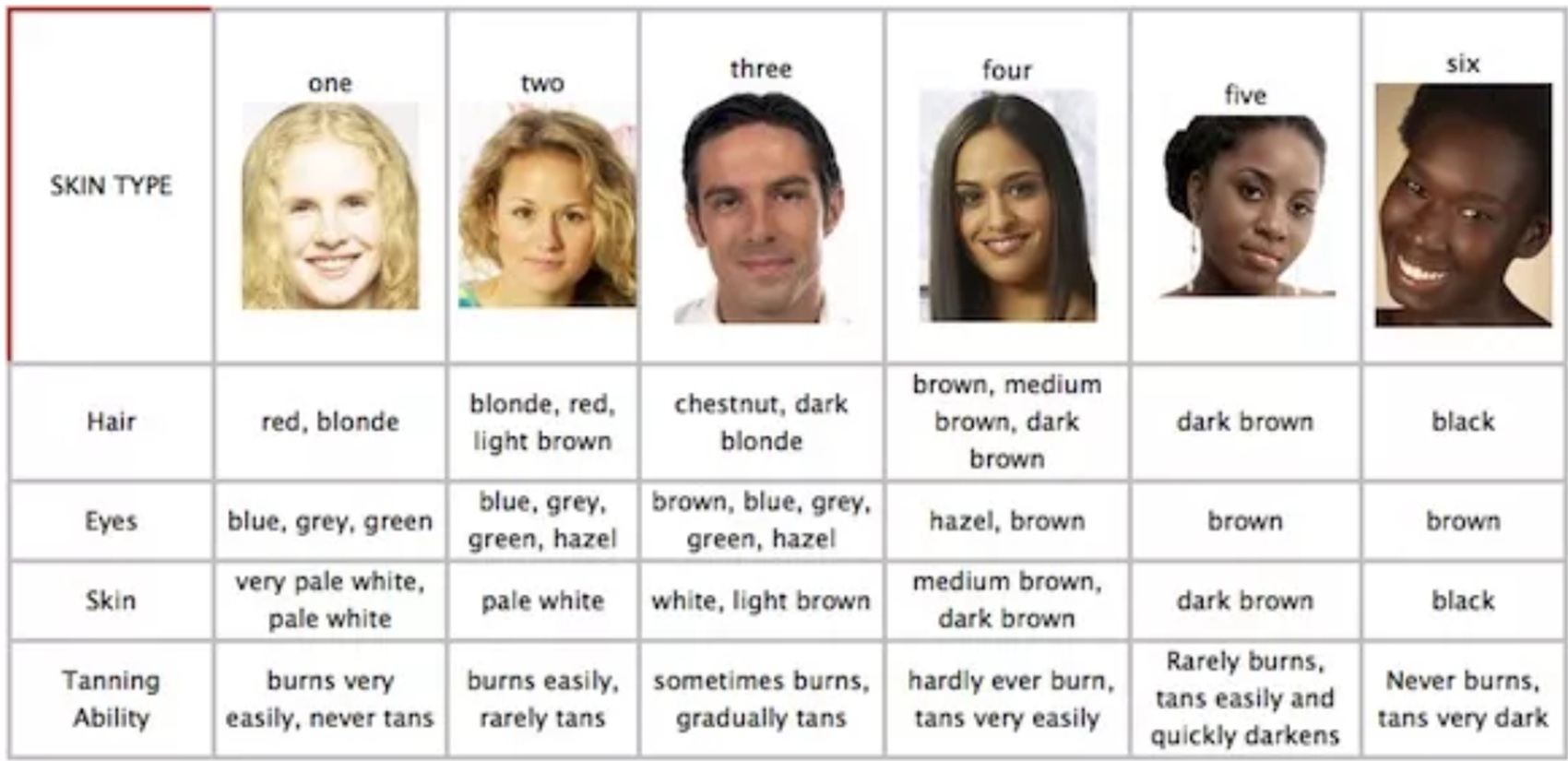
“The earliest hominid ancestors of humans most likely had pale non-pigmented skin covered with dark black hair, like the chimpanzee and other great apes. As hominids gradually lost their fur between 1.2 and 4 million years ago, to allow for better cooling through sweating, their naked skin was exposed to sunlight. In the tropics, natural selection favoured dark-skinned human populations as high levels of skin pigmentation protected against the harmful effects of sunlight. Genetic evidence also supports this notion, demonstrating that around 1.2 million years ago there was a strong evolutionary pressure which acted on the development of dark skin pigmentation in early members of the genus Homo. All modern humans share a common ancestor who lived at least 200,000 years ago in Africa.” ref
“From the origin of hairlessness and exposure to UV-radiation to less than 100,000 years ago, archaic humans, including archaic Homo sapiens, were dark-skinned. As some Homo sapiens populations began to migrate, the evolutionary constraint keeping skin dark decreased proportionally to the distance north a population migrated, resulting in a range of skin tones within northern populations, although the bulk of humans remained dark-skinned. By the time modern Homo sapiens evolved, all humans were dark-skinned. Some researchers suggest that human populations over the past 50,000 years have changed from dark-skinned to light-skinned and that such major changes in pigmentation may have happened in as little as 100 generations (≈2,500 years) through selective sweeps.” ref
“After the ancestors of West Eurasians and East Eurasians diverged more than 40,000 years ago, lighter skin tones evolved independently in a subset of each of the two populations. In West Eurasians, the A111T allele of the rs1426654 polymorphism in the pigmentation gene SLC24A5 has the largest skin lightening effect and is widespread in Europe, South Asia, Central Asia, the Near East and North Africa. (Basu Mallick et al.) estimated the coalescent age (split date) for this allele to between ~28,000 and ~22,000 years ago. The second most important skin-lightening factor in West Eurasians is the depigmenting allele F374 of the rs16891982 polymorphism located in the melanin-synthesis gene SLC45A2. From its low haplotype diversity, Yuasa et al. (2006) likewise concluded that this mutation (L374F) “occurred only once in the ancestry of Caucasians.” ref
“Summarizing these studies, Hanel and Carlberg (2020) decided that the alleles of the two genes SLC24A5 and SLC45A2, which are most associated with lighter skin colour in modern Europeans originated in West Asia about 22,000 to 28,000 years ago, and these two mutations each arose in a single carrier. This is consistent with Jones et al. (2015), who reconstructed the relationship between Near Eastern Neolithic farmers and Caucasus Hunter-Gatherers: two populations which carried the light skin variant of SLC24A5. Analysing newly sequenced ancient genomes, Jones et al. estimated the split date at ~24,000 bp and localised the separation to somewhere south of the Caucasus. However, a coalescent analysis of this allele by Crawford et al. (2017) gave a more narrowly constrained, and earlier, split date of ~29,000 years ago (with a 95% confidence window from 28,000 to 31,000 years ago).” ref
“The genetic mutations leading to light skin, though partially different among East Asians and Western Europeans, suggest the two groups experienced a similar selective pressure after settlement in northern latitudes. The theory is partially supported by a study into the SLC24A5 gene which found that the allele associated with light skin in Europe “determined […] that 18,000 years had passed since the light-skin allele was fixed in Europeans” but may have originated as recently as 12,000–6,000 years ago “given the imprecision of method”, which is in line with the earliest evidence of farming. Paleolithic Cro-Magnon “European Early Modern Humans” groups, as well as Early Holocene Western and central European hunter-gatherers (Western Hunter Gatherers) have been suggested to have been dark skinned based on DNA analysis, with a number of the most prominent light-skin tone gene variants found in modern Europeans being introduced by Anatolian Neolithic Farmers that migrated into Europe beginning around 9,000 years ago, with selection pressure for lighter skin intensifying from the Neolithic period onwards.” ref
“Research by Nina Jablonski suggests that an estimated time of about 10,000 to 20,000 years is enough for human populations to achieve optimal skin pigmentation in a particular geographic area, but that development of ideal skin coloration may happen faster if the evolutionary pressure is stronger, even in as little as 100 generations. The length of time is also affected by cultural practices such as food intake, clothing, body coverings, and shelter usag,e which can alter the ways in which the environment affects populations. 8,000-year-old hunter-gatherers in Spain, Luxembourg, and Hungary were dark skinned while similarly aged hunter gatherers in Sweden were light skinned (having predominately derived alleles of SLC24A5, SLC45A2 and also HERC2/OCA2). Neolithic farmers entering Europe at around the same time were intermediate, being nearly fixed for the derived SLC24A5 variant but only having the derived SLC45A2 allele in low frequencies. The SLC24A5 variant spread very rapidly throughout central and southern Europe from about 8,000 years ago, whereas the light skin variant of SLC45A2 spread throughout Europe after 5,800 years ago.” ref
“The light skin variants of SLC24A5 and SLC45A2 were present in Anatolia by 9,000 years ago, where they became associated with the Neolithic Revolution. From here, their carriers spread Neolithic farming across Europe. Lighter skin and blond hair also evolved in the Ancient North Eurasian population. A further wave of lighter-skinned populations across Europe (and elsewhere) is associated with the Yamnaya culture and the Indo-European migrations bearing Ancient North Eurasian ancestry and the KITLG allele for blond hair. Furthermore, the SLC24A5 gene linked with light pigmentation in Europeans was introduced into East Africa from Europe over five thousand years ago. These alleles can now be found in the San, Ethiopians, and Tanzanian populations with Afro-Asiatic ancestry. The SLC24A5 in Ethiopia maintains a substantial frequency with Semitic and Cushitic speaking populations, compared with Omotic, Nilotic, or Niger-Congo speaking groups. It is inferred that it may have arrived into the region via migration from the Levant, which is also supported by linguistic evidence. In the San people, it was acquired from interactions with Eastern African pastoralists. Meanwhile, in the case of East Asia and the Americas, a variation of the MFSD12 gene is responsible for lighter skin colour. The modern association between skin tone and latitude is thus a relatively recent development.” ref
“Huang et al. (2021) found the existence of “selective pressure on light pigmentation in the ancestral population of Europeans and East Asians”, prior to their divergence from each other. Skin pigmentation was also found to be affected by directional selection towards darker skin among Africans, as well as lighter skin among Eurasians. Crawford et al. (2017) similarly found evidence for selection towards light pigmentation prior to the divergence of West Eurasians and East Asians. The A111T mutation in the SLC24A5 gene predominates in populations with Western Eurasian ancestry. The geographical distribution shows that it is nearly fixed in all of Europe and most of the Middle East, extending east to some populations in present-day Pakistan and Northern India. It shows a latitudinal decline toward the Equator, with high frequencies in North Africa (80%), and intermediate (40−60%) in Ethiopia and Somalia.” ref
Ancient Populations
Europe
“A study from 2015 found that genes contributing to fair skin were nearly fixed in the Anatolian Neolithic Farmers: “The second strongest signal in our analysis is at the derived allele of rs16891982 in SLC45A2, which contributes to light skin pigmentation and is almost fixed in present-day Europeans but occurred at much lower frequency in ancient populations. In contrast, the derived allele of SLC24A5 that is the other major determinant of light skin pigmentation in modern Europe appears fixed in the Anatolian Neolithic, suggesting that its rapid increase in frequency to around 0.9 (90%) in Early Neolithic Europe was mostly due to migration.” In 2018, a study was released showing many late Mesolithic Scandinavians from 9,500 years ago in Northern Europe had blonde hair and light skin, which was in contrast to some of their contemporaries, the darker Western Hunter Gatherers (WHG).” ref
“However, a 2024 paper found that phenotypically most of their studied WHG individuals carried the dark skin and blue eyes characteristic of WHGs, but some other WHGs in France they sequenced also had pale to intermediate skin pigmentation. Another entry in 2018, showed that the Eastern Hunter Gatherers (EHG), Scandinavian Hunter Gatherers (SHG), and the Baltic foragers, all had the derived alleles for light skin pigmentation. The Western Steppe Herders, an early Bronze Age population are believed to have also contributed to the skin and hair pigmentation in Europe, having a dominant effect on the phenotypes of Northern Europeans in particular. Bagnasco, G et al. (2024), discovered that the phenotypic traits for a group of Etruscans from 3,000 to 2,700 years ago showed a population with blue-eyes, light to dark brown hair, and pale white to intermediate skin tones.” ref
Middle-East
“In 2015, it was discovered that 13,000 year old samples of Caucasus Hunter Gatherers (CHG) from Georgia carried the mutation and derived alleles for very fair skinned pigmentation similar to Early Farmers (EF). This trait was said to have a relatively long history in Eurasia and risen to high frequency during the Neolithic expansion, with its origin probably predating the Last Glacial Maximum (LGM). An individual from the Pre-Pottery Neolithic in Ain’ Ghazal, Jordan had both of the major derived ‘European’ depigmentation alleles (AA, SLC45A2: rs16891982 and SLC24A5: rs1426654), while another only had one of the SLC24A5 ancestral genotypes (GG). It indicated evidence of a more northerly origin for this population, possibly indicating an influx from the region of northeastern Anatolia. A study on the populations of the Chalcolithic Levant (6,000-7,000 years ago), found that an allele rs1426654 in the SLC24A5 gene which is one of the most important determinants of light pigmentation in West Eurasians, was fixed for the derived variants in all Levant Chalcolithic samples, suggesting that the light skinned phenotype may have been common in the community. The individuals also had high incidence of genomic markers associated with blue-eye color.” ref
Africa
“A research paper in 2017 indicated Egyptians at Abusir el-Meleq from 2,590 to 2,023 years ago, had a derived variant for the SLC24A5 locus, which contributes to lighter skin pigmentation, and was shown to be at high frequency in Neolithic Anatolia, accordant with the sample’s ancestral affinities. Parabon NanoLabs (2021) based on this data from Schuenemann et al. (2017) using whole genome sequencing and advanced bioinformatics, further discovered that these ancient Egyptian samples instead had a light brown complexion, but carried the main gene for light skin. They stated the results were highly consistent with Schueneman et al.’s findings. In the same year, according to phenotype SNP analysis, the precolonial Guanche inhabitants of the Canary Islands were showing consistent traits such as light and medium skin, with dark hair and brown eyes. A paper conducted by Fregel, Rosa et al. (2018) showed that in North Africa, Late Neolithic Moroccans had the European/Caucasus derived SLC24A5 mutation and other alleles and genes that predispose individuals to lighter skin and eye colours.” ref
“Variations in the KITL gene have been positively associated with about 20% of melanin concentration differences between African and non-African populations. One of the alleles of the gene has an 80% occurrence rate in Eurasian populations. The ASIP gene has a 75–80% variation rate among Eurasian populations compared to 20–25% in African populations. Variations in the SLC24A5 gene account for 20–25% of the variation between dark and light skinned populations of Africa, and appear to have arisen as recently as within the last 10,000 years. The Ala111Thr or rs1426654 polymorphism in the coding region of the SLC24A5 gene reaches fixation in Europe, but is found across the globe, particularly among populations in Northern Africa, the Horn of Africa, West Asia, Central Asia, and South Asia. The rs1426654-A allele in the SLC24A5 also plays a significant role in skin tone variation in North India.” ref
“The derived Ala111Thr allele in the SLC24A5 gene locus known to be associated with lighter skin pigmentation was in top selection signals in the Wolayta, and the select alleles of single-nucleotide polymorphisms rs1426654 and rs1834640 characteristic of fair complexions in Eurasian populations were of high frequency (47.9%) in this Omotic-speaking Ethiopian population. A higher proportion of these genes MYEF2-SLC24A5 were seen in high altitude (Amhara and Tigray) compared with the low-altitude (Afar) Ethiopians, with also elevated European admixture proportions observed in the high altitude tribes. The authors did not rule out the possibility that these European alleles were differentially selected in high-altitude populations due to unknown selective pressures. Africans carrying Eurasian ancestry like the Toubou were shown to have signals at HERC2 rs1129038, a major contributor to blue eye color in Europeans, as well as a signal at SLC24A5 rs1834640, a major contributor to pigmentation.” ref
SLC24A5
“Solute carrier family 24 member 5 (SLC24A5) regulates calcium in melanocytes and is important in the process of melanogenesis. The SLC24A5 gene’s derived Ala111Thr allele (rs1426654) has been shown to be a major factor in light skin pigmentation and is common in Western Eurasia. Recent studies have found that the variant represents as much as 25–40% of the average skin tone difference between Europeans and West Africans. This derived allele is a reliable predictor of phenotype across a range of populations. It has been the subject of recent selection in Western Eurasia, and is fixed in European populations.” ref
SLC45A2
“Solute carrier family 45 member 2 (SLC45A2 or MATP) aids in the transport and processing of tyrosine, a precursor to melanin. It has also been shown to be one of the significant components of the skin color of modern Europeans through its Phe374Leu (rs16891982) allele that has been directly correlated with skin color variation across a range of populations. This variation is ubiquitous in European populations but extremely rare elsewhere and shows strong signs of selection.” ref
TYR
“The TYR gene encodes the enzyme tyrosinase, which is involved in the production of melanin from tyrosine. It has an allele, Ser192Tyr (rs1042602), found solely in 40–50% of Europeans and linked to light-colored skin in studies of South Asian and African-American populations.” ref
East Asia
“A number of genes known to affect skin color have alleles that show signs of positive selection in East Asian populations. Of these, only OCA2 has been directly related to skin color measurements, while DCT, MC1R, and ATRN are marked as candidate genes for future study.” ref
OCA2
“Oculocutaneous albinism II (OCA2) assists in the regulation of pH in melanocytes. The OCA2 gene’s derived His615Arg (rs1800414) allele has been shown to account for about 8% of the skin tone difference between African and East Asian populations in studies of an East Asian population living in Toronto and a Chinese Han population. This variant is essentially restricted to East Asia, with highest frequencies in Eastern East Asia (49–63%), midrange frequencies in Southeast Asia, and the lowest frequencies in Western China and some Eastern European populations. A number of studies have found genes linked to human skin pigmentation that have alleles with statistically significant frequencies in Chinese and East Asian populations. While not linked to measurements of skin tone variation directly, dopachrome tautomerase (DCT or TYRP2 rs2031526), melanocortin 1 receptor (MC1R) Arg163Gln (rs885479), and attractin (ATRN) have been indicated as potential contributors to the evolution of light skin in East Asian populations.” ref
Albinism
“Oculocutaneous albinism (OCA) is a lack of pigment in the eyes, skin and sometimes hair that occurs in a very small fraction of the population. The four known types of OCA are caused by mutations in the TYR, OCA2, TYRP1, and SLC45A2 genes. Some types of albinism affect only the skin and hair, while other types affect the skin, hair, and eyes, and in rare cases only the eyes. All of them are caused by different genetic mutations. Albinism is a recessively inherited trait in humans where both pigmented parents may be carriers of the gene and pass it down to their children. Each child has a 25% chance of being albino and a 75% chance of having normally pigmented skin. One common type of albinism is oculocutaneous albinism or OCA, which has many subtypes caused by different genetic mutations. Albinism is a serious problem in areas of high sunlight intensity, leading to extreme sun sensitivity, skin cancer, and eye damage.” ref
“Albinism is more common in some parts of the world than in others, but it is estimated that 1 in 70 humans carry the gene for OCA. The most severe type of albinism is OCA1A, which is characterized by complete, lifelong loss of melanin production, other forms of OCA1B, OCA2, OCA3, OCA4, show some form of melanin accumulation and are less severe. The four known types of OCA are caused by mutations in the TYR, OCA2, TYRP1, and SLC45A2 genes. Albinos often face social and cultural challenges (even threats), as the condition is often a source of ridicule, racism, fear, and violence. Many cultures around the world have developed beliefs regarding people with albinism. Albinos are persecuted in Tanzania by witchdoctors, who use the body parts of albinos as ingredients in rituals and potions, as they are thought to possess magical power.” ref
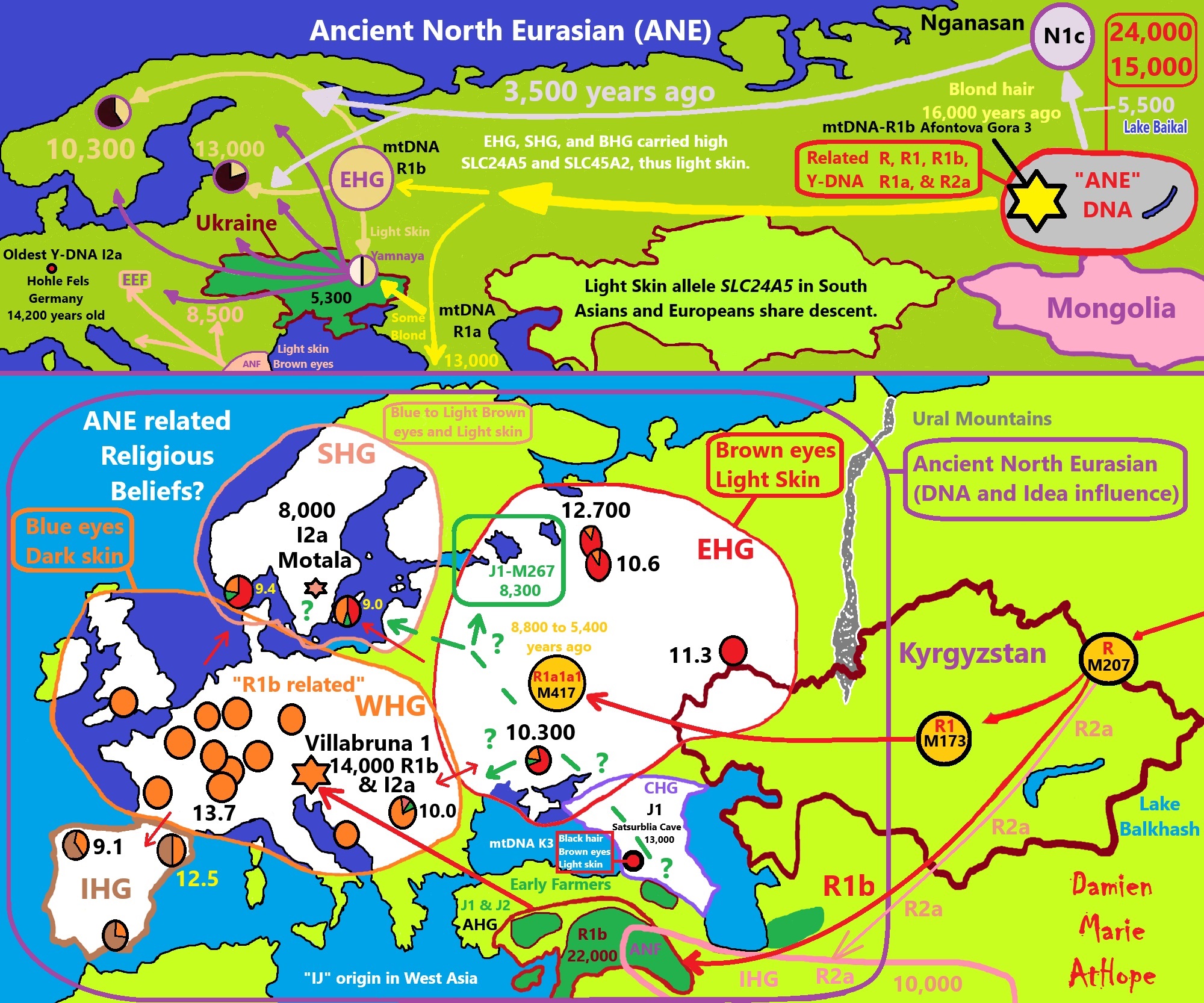
ref, ref, ref, ref, ref, ref, ref, ref, ref, ref, ref, ref, ref, ref, ref, ref, ref, ref, ref, ref, ref, ref, ref, ref, ref, ref, ref, ref, ref
Genetic Relations to Ancient North Eurasians (ANE):
Eastern hunter-gatherer (EHG)
Caucasus hunter-gatherer (CHG)
Zagros/Iranian Hunter-Gatherer (IHG)
Iranian Neolithic Farmers (INF)
Anatolian hunter-gatherer (AHG)
Anatolian Neolithic Farmers (ANF)
Early European Farmers (EEF)
Yamnaya/Steppe Herders (WSH)
Villabruna 1 (burial)/Ripari Villabruna rock shelter in northern Italy (14,000 years old)
Satsurblia Cave (burial) in the Country of Georgia (13,000 years old)
Motala (burial) (8,000 years old)
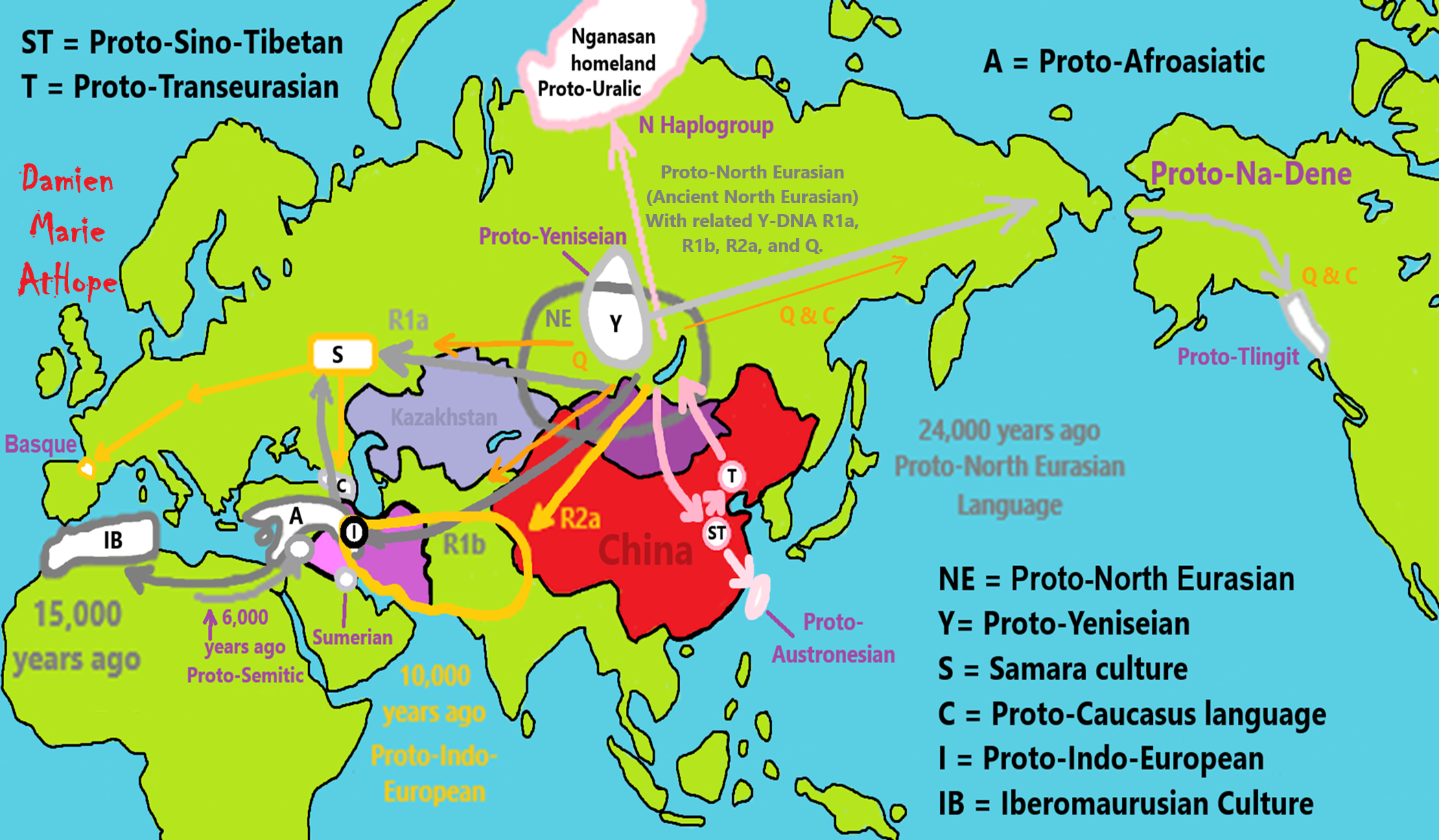
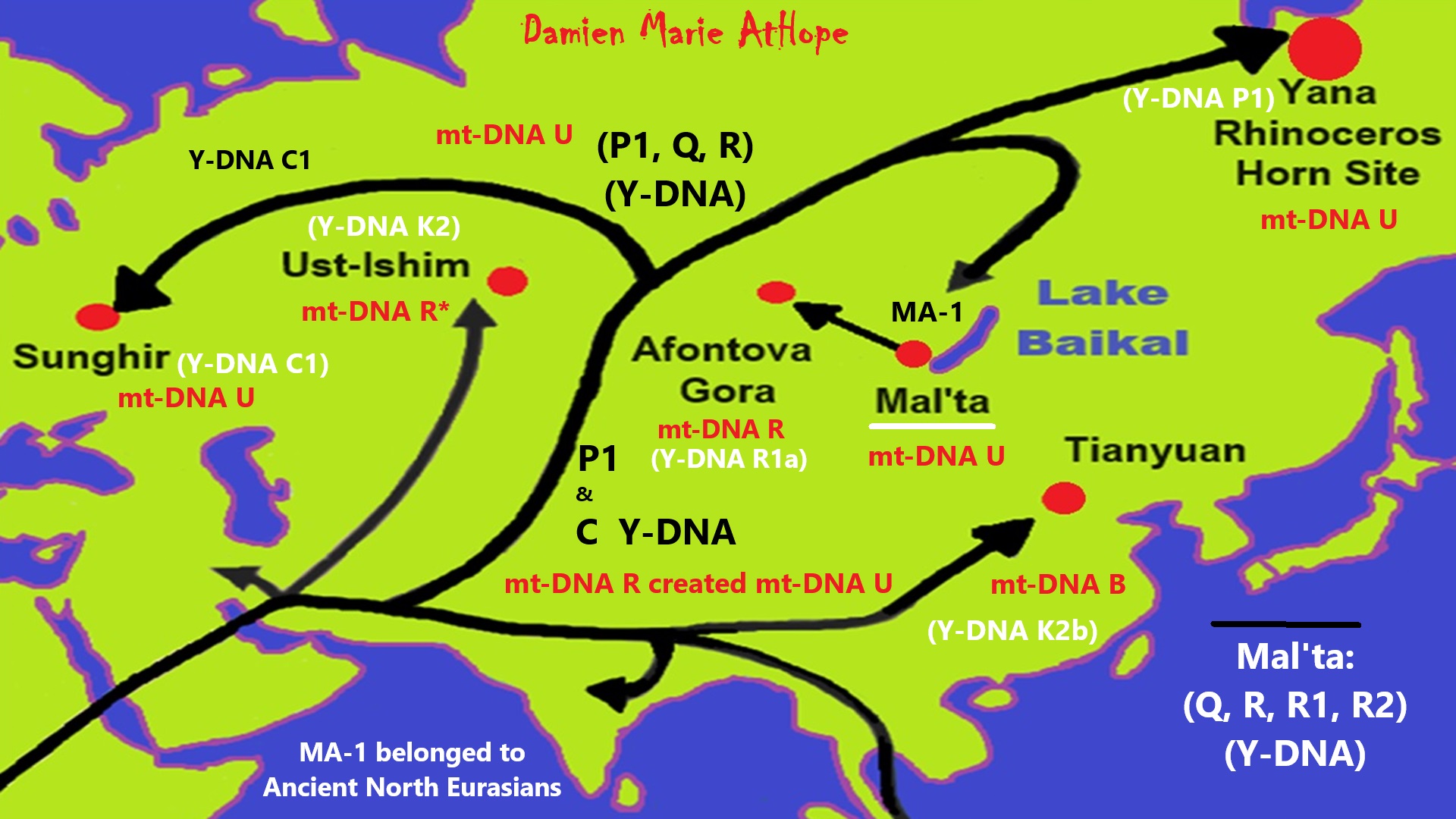
ref, ref, ref, ref, ref, ref, ref, ref, ref, ref, ref, ref, ref
“The genetic prehistory of humans in Asia, based on research using sequence data from humans who lived in Asia as early as 45,000 years ago. Genetic studies comparing present-day Australasians and Asians show that they likely derived from a single dispersal out of Africa, rapidly differentiating into three main lineages: one that persists partially in South Asia, one that is primarily found today in Australasia, and one that is widely represented across Siberia, East Asia, and Southeast Asia. Studies of ancient DNA from human remains in Asia dating from as far back as 45,000 years have greatly increased our understanding of the population dynamics leading to the current Asian populations.” ref
Ust’-Ishim man: Y-DNA haplogroupK2 and mt-DNA haplogroupR*
Tianyuan man: Y-DNA haplogroup K2b and mt-DNA haplogroup B
Yana Rhinoceros Horn Site: Y-DNA haplogroup P1 and mt-DNA haplogroup U
Sungir/Gravettian burials: Y-DNA haplogroup C1 and mt-DNA haplogroups U8c & U2
Ancient North Eurasians: Y-chromosome haplogroups P and its subclades R and Q and mt-DNA haplogroups U and R
Mal’ta–Buret’ culture: basalY-DNA haplogroup R* and mt-DNA haplogroup U
“MA-1 is the only known example of basal Y-DNA R* (R-M207*) – that is, the only member of haplogroup R* that did not belong to haplogroups R1, R2 or secondary subclades of these. The mitochondrial DNA of MA-1 belonged to an unresolved subclade of haplogroup U.” ref
“ANE ancestry has spread throughout Eurasia and the Americas in various migrations since the Upper Paleolithic, and more than half of the world’s population today derives between 5 and 42% of their genomes from the Ancient North Eurasians. Significant ANE ancestry can be found in Native Americans, as well as in Europe, South Asia, Central Asia, and Siberia. It has been suggested that their mythology may have featured narratives shared by both Indo-European and some Native American cultures, such as the existence of a metaphysical world tree and a fable in which a dog guards the path to the afterlife.” ref
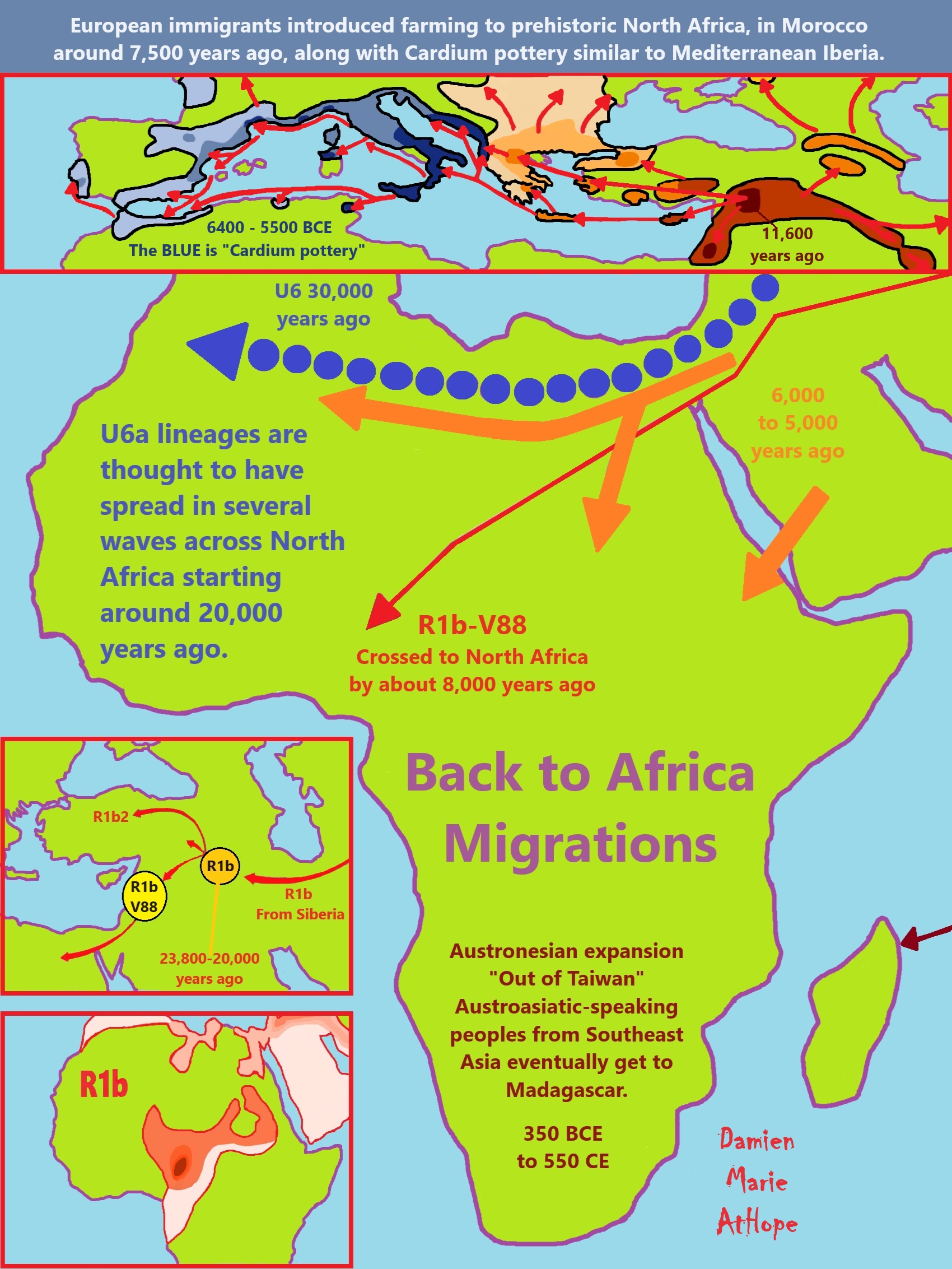
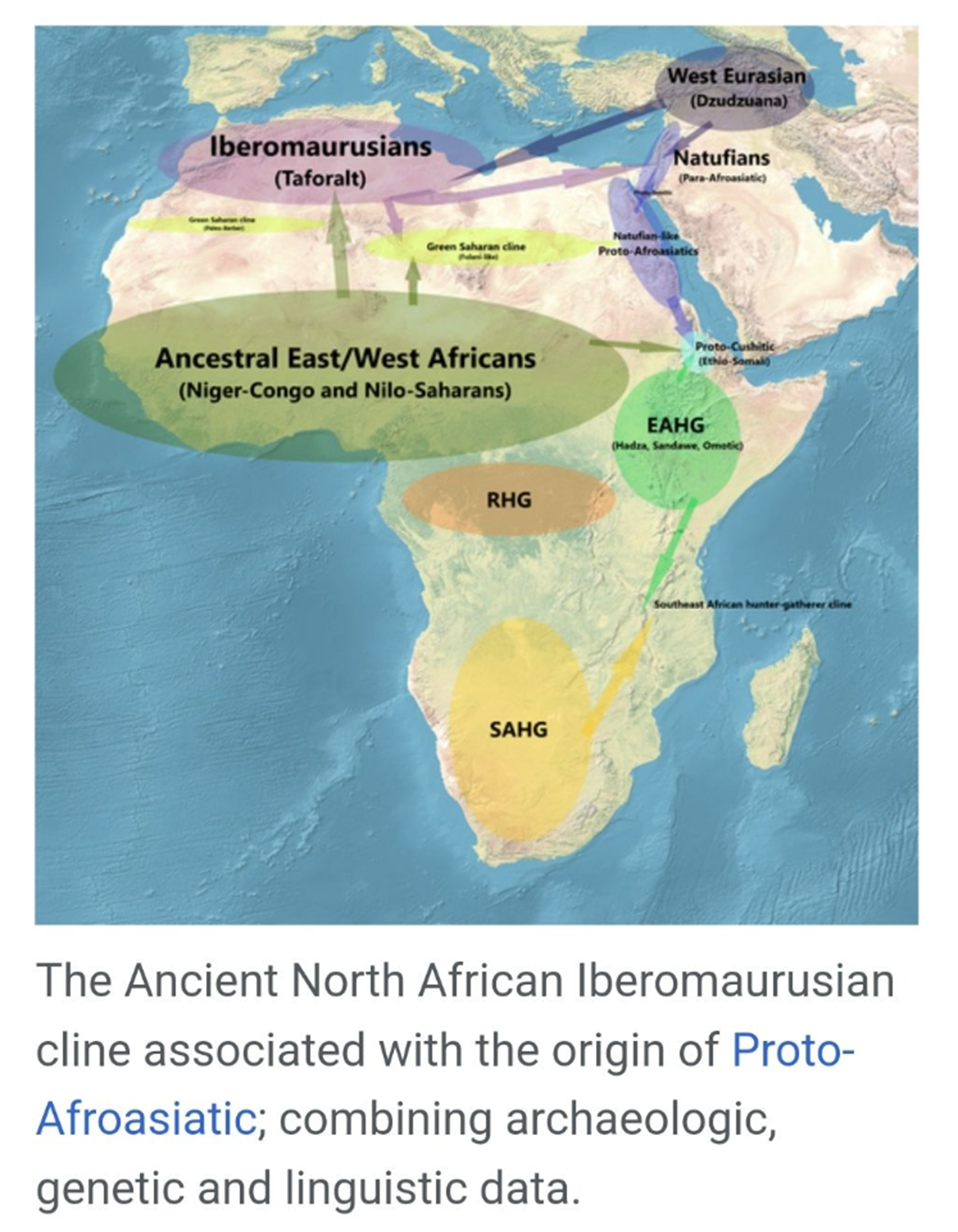
Iberomaurusian: “25,000 to 11,000 years ago, Mitochondrial DNA of 31 prehistoric skeletons dated from the site of Taforalt, Morocco in a cave called ‘Grotte des pigeons’. The remains at Taforalt were dated between 23,000 to 10,800 years ago, at least 22,093–21,420 years ago. 8 skeletons from the Algerian Iberomaurusian site called ‘Afalou’. The Afalou site is dated from 15,000 to 11,000 years ago. 23 individuals from the Taforalt sample were determined to have maternal genetic lineage U6 and Eurasian haplogroups H, U, R0, and at the Algerian Afalou site, maternal groups were JT, J, T, H, R0a1, and U. This suggests genetic flow between North Africa and the southern Mediterranean littoral since the Epipaleolithic.” ref
“Y-DNA from seven ancient individuals from the Taforalt site. The fossils were directly dated to between 15,100 and 13,900 calibrated years before present. All males at Taforalt belonged to haplogroup E1b1b1a1 (M-78). This haplogroup occurs most frequently in present-day North and East African populations. The closely related E1b1b1b (M-123) haplogroup has been reported for Epipaleolithic Natufians and Pre-Pottery Neolithic Levantines. Loosdrecht states: “Present-day North Africans share a majority of their ancestry with present-day Near Easterners, but not with sub-Saharan Africans”, although the predominant Y-DNA of the Maghreb is E-M81 (see Haplogroup E-Z827). Maternally, six individuals of the Taforalt remains bore the U6a haplogroup and one individual was of the M1b haplogroup, these Eurasian haplogroups proposed as markers for autochthonous Maghreb ancestry which might have been originally introduced into this region by a back-to-Africa migration from West Asia. A two-way admixture scenario using Natufian and modern sub-Saharan samples (including West Africans and the Tanzanian Hadza) as reference populations, inferred that the seven Taforalt individuals are best modeled genetically as 63.5% West-Eurasian-related and 36.5% sub-Saharan ancestry (with the latter having both West African-like and Hadza-like affinities), with no apparent gene flow from the Epigravettian culture of Paleolithic southern Europe.” ref
“However, the Sub-Saharan African DNA in Taforalt individuals was not found to have a good proxy in any present-day or ancient Holocene African groups. It was also found that if Iberomaurusians harbor sub-Saharan African-like ancestry, they would fail as a possible contributing source for Natufians or other Middle Eastern groups, except if the sub-Saharan African geneflow postdated Iberomaurusian geneflow into the Levant, or was a locally confined phenomenon. Jeong (2020) indicated that the Sub-Saharan African DNA of the Taforalt population has similarity with the remnant of a more basal African lineage (e.g. a basal Eurasian and/or basal West African lineage). Iosif Lazaridis et al. (2018), as summarized by Rosa Fregel (2021), contested the conclusion of Loosdrecht (2018) and argued instead that the Iberomaurusian population of Upper Paleolithic North Africa, represented by the Taforalt sample, “can be better modeled as an admixture between a Dzudzuana [West Eurasian] component and a sub-Saharan African component” (or an “Ancient North African” component, “that may represent an even earlier split than the Basal Eurasians“).” ref
“Iberomaurusian/Taforalt-like population contributed to the genetic composition of Natufians “and not the other way around”, and that this Iberomaurusian/Taforalt lineage also contributed around 13% ancestry to modern West Africans “rather than Taforalt having ancestry from an unknown Sub-Saharan African source”. Fregel (2021) summarized: “More evidence will be needed to determine the specific origin of the North African Upper Paleolithic populations.” Later, Iosif Lazardis documented that the Natufians had a total of 9.1% non-West Eurasian ancestry, and the explanation by the geneticist was because of their partial descent from the Paleolithic Iberomaurusians, whose contributions were estimated at 22% in Natufians. In fact in Taforalt from Morocco, a total of 41.4% non-West Eurasian ancestry is present. Martiniano et al. (2022) later reassigned all the Taforalt samples to haplogroup E-M78 and none to E-L618, the predecessor to EV13. D’Atanasio et al. (2023) found that Iberomaurusian-like ancestry was characterizing for the unsampled “ancient Green Saharan” population about 12,000-5,000 years ago, and that modern-day Fula people derive around 30% of their ancestry from this ancient Saharan population, which was “modeled as a sister group of ancient Northern Africans, or alternatively, as an outgroup of all the “Eurasian-ancestry” enriched groups.” ref
“In an article in 2005, the mitochondrial (female side) DNA of 31 skeletons from the site of Taforalt in the ‘Grotte des pigeons’ cave was analyzed by the Tunisian geneticist Rym Kefi (Pasteur Institute of Tunis) In 2016, Kefi wrote a follow up article: On the Origin of Iberomaurusians: New Data based on Ancient mitochondrial DNA and phylogenetic analysis of Afalou and Taforalt populations. With additional new data, the mitochondrial DNA of 23 individuals at Taforalt dated 23,000–10,800 years ago and 7 individuals at the similar Afalou site Mechta-Afalou in Algeria dated 15,000–11,000 YBP were analyzed. 19 of the 21 individuals at Taforalt are classified of Eurasian haplogroups H, U, JT, V. Two of the remaining individuals belong to the North African haplogroup U6. In 2018, van de Loosdrecht et al. performed the first genome-wide analysis on 7 individuals: 6 males and one female at Taforalt dated to between 15,100 and 13,900 years ago. The Taforalt samples are the oldest human DNA samples from Africa yet recovered. Taforalt individuals in Loosdrecht’s study belonged to the mtDNA haplogroups U6a and M1b, as well as to the Y-DNA haplogroup E1b1b1a1 (M78), which is closely related to the E1b1b1b (M123) sublineage that has been observed in skeletal remains belonging to the Epipaleolithic Natufian and Pre-Pottery Neolithic cultures of the Levant, possibly suggesting geneflow.” ref
“Only five of the individuals, including four of the males, with higher coverage genomes were used in the nuclear DNA analysis. Nuclear DNA analysis showed that these Taforalt individuals were all closely related to each other, suggesting a population bottleneck event in their past.” Loosdrecht found the Taforalt to be composed of three major components: a Holocene West-Eurasian/Levantine component, a Hadza hunter-gatherer component from Tanzania, and a West African component. According to Loosdrecht, the West-Eurasian component shows the relative closest genetic affinity for ancient Epipaleolithic Natufian individuals, with slightly greater affinity for the Natufians than later Neolithic Levantines. A two-way admixture scenario using Holocene Levantines and modern West African samples as reference populations inferred that the Taforalt individuals bore 63.5% Levantine-related and 36.5% Sub-Saharan African-related ancestries, with no evidence for additional gene flow from the Epigravettian culture of Upper Paleolithic Europe. The Taforalt individuals also show evidence of limited Neanderthal ancestry. Phenotypic analysis was performed on four of the Taforalt individuals with higher genomic coverage. The Taforalt individuals tested did not carry either of the derived SLC24A5 alleles associated with lighter skin color, the derived OCA2 allele associated with blue eye color, or the derived MCM6 allele associated with lactase persistence. However, they were found to carry the ancestral SLC24A4 allele associated with dark eye color, suggesting that the West-Eurasian migrant group may not have evolved light skin yet.” ref
“When compared against modern populations, the Taforalt individuals form a distinct cluster and do not cluster genetically with any modern population; however, they were found to cluster between Middle Easterners or modern North Africans and West/East Africans. The Taforalt individuals also exhibited higher levels of indigenous African (“Sub-Saharan African”) ancestry than do modern North Africans. The Sub-Saharan African DNA in Taforalt individuals has the closest affinity, most of all, to that of modern West Africans (e.g. Yoruba, or Mende). In addition to having similarity with the remnant of a more basal Sub-Saharan African lineage (e.g., a basal West African lineage shared between Yoruba and Mende peoples), the Sub-Saharan African DNA in the Taforalt individuals of the Iberomaurusian culture may be best represented by modern West Africans. Aizpurua-Iraola, Julen et al. (2023) stated that none of the present-day (Hadza/East/West) or ancient Holocene African groups were found to be a suitable proxy population for the source of this component.” ref
“The Taforalt individuals tested did not carry either of the derived SLC24A5 alleles associated with lighter skin color, the derived OCA2 allele associated with blue eye color, or the derived MCM6 allele associated with lactase persistence. However, they were found to carry the ancestral SLC24A4 allele associated with dark eye color.” ref
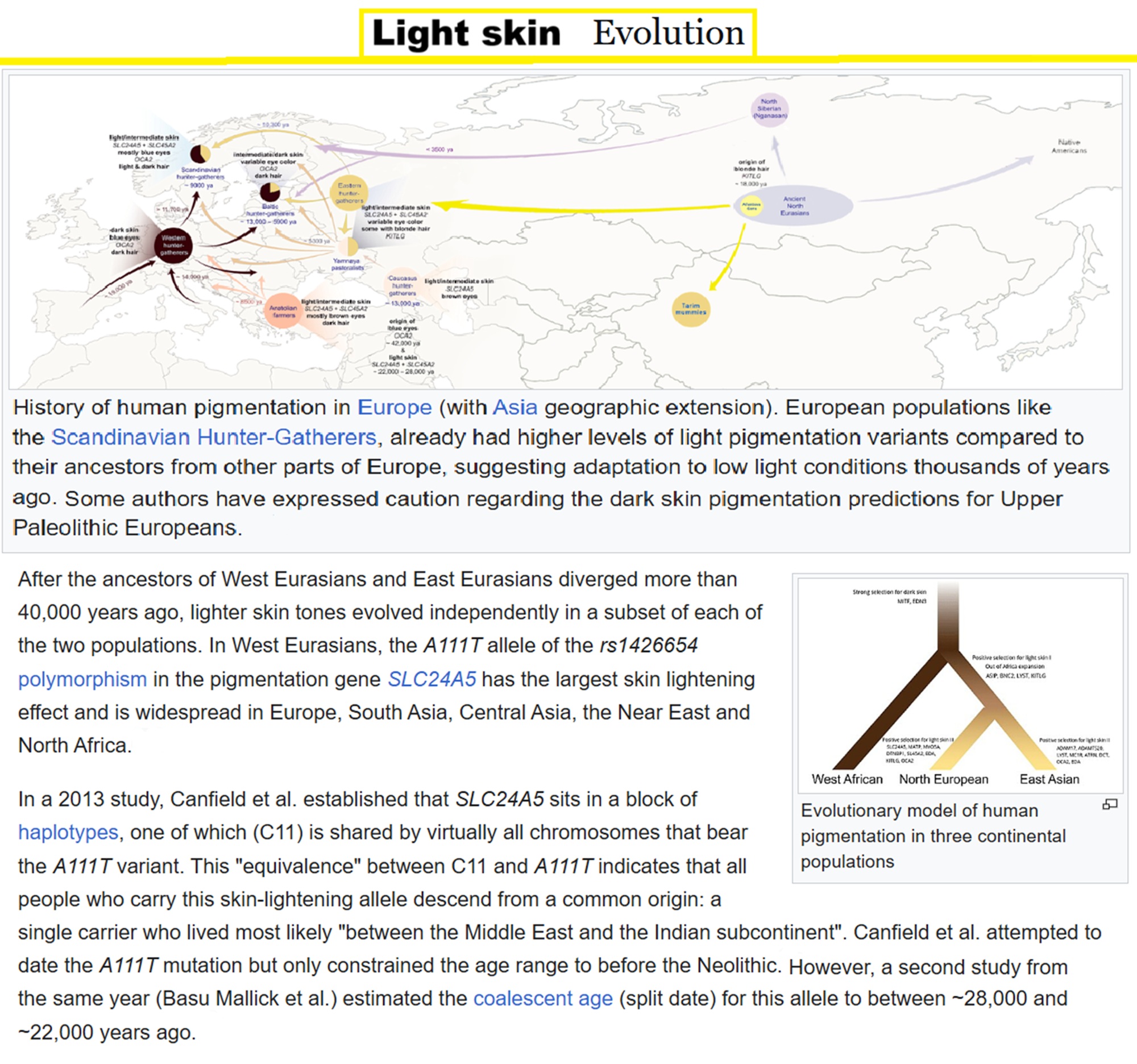
“Lighter skin and blond hair were in the Ancient North Eurasian population. The two genes SLC24A5 and SLC45A2, which are most associated with lighter skin colour in modern Europeans, originated about 22,000 to 28,000 years ago, and these two mutations each arose in a single carrier. 13,000-year-old samples of Caucasus Hunter Gatherers (CHG) from Georgia carried the mutation and derived alleles for very fair-skinned pigmentation similar to Early Farmers (EF).” ref
Eastern hunter-gatherer 14,000 to 9,000 years ago
“In archaeogenetics, eastern hunter-gatherer (EHG), sometimes east European hunter-gatherer or eastern European hunter-gatherer, is a distinct ancestral component that represents Mesolithic hunter-gatherers of Eastern Europe. The eastern hunter-gatherer genetic profile is mainly derived from Ancient North Eurasian (ANE) ancestry, which was introduced from Siberia, with a secondary and smaller admixture of European western hunter-gatherers (WHG). However, the relationship between the ANE and EHG ancestral components is not yet well understood due to lack of samples that could bridge the spatiotemporal gap.” ref
“During the Mesolithic, the EHGs inhabited an area stretching from the Baltic Sea to the Urals and downwards to the Pontic–Caspian steppe. Along with Scandinavian hunter-gatherers (SHG) and western hunter-gatherers (WHG), the EHGs constituted one of the three main genetic groups in the postglacial period of early Holocene Europe. The border between WHGs and EHGs ran roughly from the lower Danube, northward along the western forests of the Dnieper towards the western Baltic Sea. Schematic formation of the EHGs, through a main ancestry of Ancient North Eurasians (ANE), and a smaller admixture of WHGs.” ref
“During the Neolithic and early Eneolithic, likely during the 4th millennium BCE, EHGs on the Pontic–Caspian steppe mixed with Caucasus hunter-gatherers (CHGs) with the resulting population, almost half-EHG and half-CHG, forming the genetic cluster known as Western Steppe Herder (WSH). WSH populations closely related to the people of the Yamnaya culture are supposed to have embarked on a massive migration leading to the spread of Indo-European languages throughout large parts of Eurasia.” ref
“Haak et al. (2015) identified the EHG as a distinct genetic cluster in two males only. The EHG male of Samara (dated to ca. 5650–5550 BCE) carried Y-haplogroup R1b1a1a* and mt-haplogroup U5a1d. The other EHG male, buried in Karelia (dated to ca. 5500-5000 BC) carried Y-haplogroup R1a1 and mt-haplogoup C1g. The authors of the study also identified a WHG cluster and an SHG cluster, intermediate between WHG and EHG. They suggested that EHGs harbored mixed ancestry from Ancient North Eurasians (ANEs) and WHGs. Researchers have proposed various admixture proportion models for EHGs from WHGs and ANEs. Posth et al. (2023) found that most EHG individuals carried c. 70% ANE ancestry and c. 30% WHG ancestry The WHG-like ancestry was most likely not derived from the Oberkassel and Villabruna clusters directly, but from a related and yet unsampled Epigravettian population. The high contribution from Ancient North Eurasians is also visible in a subtle affinity of the EHG to the 40,000-year-old Tianyuan man from Northern China and other East/Southeast Asians, which can be explained by geneflow from a Tianyuan-related source into the ANE lineage (represented by Malta and Afontova Gora 3), which later substantially contributed to the formation of the EHG.” ref
“The formation of the EHG ancestral component is estimated to have happened 13,000–15,000 years BP. EHG associated remains belonged primarily to the human Y-chromosome haplogroups R1, with a lower frequency of haplogroup J and Q. Their mitochondrial chromosomes belonged primarily to haplogroup U2, U4, U5, as well as C1 and R1b. Geneflow from an East Asian-like source towards the EHG contributed around 9.4% (4.4%–14.7%). EHGs may have mixed with “an Armenian-like Near Eastern source”, which formed the Yamnaya culture, as early as the Eneolithic (5200-4000 BC). The people of the Yamnaya culture were found to be a mix of EHG and a “Near Eastern related population”. During the 3rd millennium BC, the Yamnaya people embarked on a massive expansion throughout Europe, which significantly altered the genetic landscape of the continent. The expansion gave rise to cultures such as Corded Ware, and was possibly the source of the distribution of Indo-European languages in Europe.” ref
“The people of the Mesolithic Kunda culture and the Narva culture of the eastern Baltic were a mix of WHG and EHG, showing the closest affinity with WHG. Samples from the Ukrainian Mesolithic and Neolithic were found to cluster tightly together between WHG and EHG, suggesting genetic continuity in the Dnieper rapids for a period of 4,000 years. The Ukrainian samples belonged exclusively to the maternal haplogroup U, which is found in around 80% of all European hunter-gatherer samples. The people of the Pit–Comb Ware culture (PCW/CCC) of the eastern Baltic bear 65% EHG ancestry. This is in contrast to earlier hunter-gatherers in the area, who were more closely related to WHG. This was demonstrated using a sample of Y-DNA extracted from a Pit–Comb Ware individual. This belonged to R1a15-YP172. The four samples of mtDNA extracted constituted two samples of U5b1d1, one sample of U5a2d, and one sample of U4a.” ref
“Günther et al. (2018) analyzed 13 SHGs and found all of them to be of EHG ancestry. Generally, SHGs from western and northern Scandinavia had more EHG ancestry (ca 49%) than individuals from eastern Scandinavia (ca. 38%). The authors suggested that the SHGs were a mix of WHGs who had migrated into Scandinavia from the south, and EHGs who had later migrated into Scandinavia from the northeast along the Norwegian coast. SHGs displayed higher frequences of genetic variants that cause light skin (SLC45A2 and SLC24A5), and light eyes (OCA/Herc2), than WHGs and EHGs.” ref
“Members of the Kunda culture and Narva culture were also found to be more closely related with WHG, while the Pit–Comb Ware culture was more closely related to EHG. Northern and eastern areas of the eastern Baltic were found to be more closely related to EHG than southern areas. The study noted that EHGs, like SHGs and Baltic hunter-gatherers, carried high frequencies of the derived alleles for SLC24A5 and SLC45A2, which are codings for light skin. Mathieson et al. (2018) analyzed the genetics of a large number of skeletons of prehistoric Eastern Europe. Thirty-seven samples were from Mesolithic and Neolithic Ukraine (9500-6000 BC). These were classified as intermediate between EHG and SHG. The males belonged exclusively to R haplotypes (particularly subclades of R1b1 and R1a) and I haplotypes (particularly subclades of I2). Mitochondrial DNA belonged almost exclusively to U (particularly subclades of U5 and U4).” ref
“A large number of individuals from the Zvejnieki burial ground, which mostly belonged to the Kunda culture and Narva culture in the eastern Baltic, were analyzed. These individuals were mostly of WHG descent in the earlier phases, but over time EHG ancestry became predominant. The Y-DNA of this site belonged almost exclusively to haplotypes of haplogroup R1b1a1a and I2a1. The mtDNA belonged exclusively to haplogroup U (particularly subclades of U2, U4 and U5). Forty individuals from three sites of the Iron Gates Mesolithic in the Balkans were estimated to be of 85% WHG and 15% EHG descent. The males at these sites carried exclusively R1b1a and I (mostly subclades of I2a) haplotypes. mtDNA belonged mostly to U (particularly subclades of U5 and U4). People of the Cucuteni–Trypillia culture were found to harbor about 20% hunter-gatherer ancestry, which was intermediate between EHG and WHG. Narasimshan et al. (2019) coined a new ancestral component, West Siberian Hunter-Gatherer (WSHG). WSHGs contained about 20% EHG ancestry, 73% ANE ancestry, and 6% East Asian ancestry.” ref
“The EHGs are suggested to have had mostly brown eyes and light skin, with “intermediate frequencies of the blue-eye variants” and “high frequencies of the light-skin variants.” An EHG from Karelia was determined by Günther (2018) to have high probabilities of being brown-eyed and dark haired, with a predicted intermediate skin tone. Another EHG from Samara was predicted to be light skinned, and was determined to have a high probability of being blue-eyed with a light hair shade, with a 75% calculated probability of being blond-haired. The rs12821256 allele of the KITLG gene that controls melanocyte development and melanin synthesis, which is associated with blond hair and first found in an individual from Siberia dated to around 17,000 years ago, is found in three Eastern Hunter-Gatherers from Samara, Motala and Ukraine c. 10,000 years ago, suggesting that this allele originated in the Ancient North Eurasian population, before spreading to western Eurasia. Many remains of East Hunter-Gatherers dated to circa 8,100 years ago have also been excavated at Yuzhny Oleny island in Lake Onega. The Ancient North Eurasian (ANE) ancestry is by far the main component of the Yuzhny Oleny group, and is among the highest within the rest of the Eastern Hunter-Gatherers (EHG).” ref
“As hunter-gatherers, the EHGs initially relied on stone tools and artifacts derived from ivory, horns, or antlers. From circa 5,900 BCE, they started to adopt pottery in the area of the northern Caspian Sea, or possibly from beyond the Urals. In barely three or four centuries, pottery spread over a distance of about 3,000 kilometers, reaching as far as the Baltic Sea. This technological spread was much faster than the spread of agriculture itself, and mainly occurred through technology transfer between hunter-gatherer groups, rather than through the demic diffusion of agriculturalists.” ref
Anatolian hunter-gatherers 15,000–8,000 years ago
“Anatolian hunter-gatherer (AHG) is a distinct anatomically modern human archaeogenetic lineage, first identified in a 2019 study based on the remains of a single Epipaleolithic individual found in central Anatolia, radiocarbon dated to around 13,500 BCE or 15,500 years ago. A population related to this individual was the main source of the ancestry of later Anatolian Neolithic Farmers (also known as Early European Farmers), who along with Western Hunter Gatherers (WHG), Eastern Hunter Gatherers (EHG) and Western Steppe Herders (WSH) are one of the currently known ancestral genetic contributors to present-day Europeans.
“It has been discovered that populations of the Anatolian Neolithic (Anatolian Neolithic Farmers) derive most of their ancestry from the AHG, with minor gene flow from Iranian/Caucasus and Levantine sources, suggesting that agriculture was adopted in situ by these hunter-gatherers and not spread by demic diffusion into the region. The Anatolian hunter-gatherers began farming around 8300 BCE or around 10,300 years ago, at places such as Çayönü. Cows, sheep, and goats may have been domesticated first in southern Turkey. These farmers moved into Thrace (now European Turkey) around 7000 BCE, or around 9,000 years ago.” ref
“At the autosomal level, in the Principal component analysis (PCA) the analyzed AHG individual turns out to be close to two later Anatolian populations, the Anatolian Aceramic Farmers (AAF) dating from 8300-7800 BCE, and the Anatolian Ceramic Farmers (ACF) dating from 7000-6000 BCE or around 9,000 to 8,000 years ago. These early Anatolian farmers later replaced the European hunter-gatherer populations in Europe to a large extent, ultimately becoming one of the main genetic contributions to current European populations, especially those of the Mediterranean. In addition, their position in this analysis is intermediate between Natufian farmers and Western Hunter-Gatherers (WHG). This last point is confirmed by the ADMIXTURE and qp-Adm analysis and confirms the presence of hunter-gatherers of both European and Near-Eastern origins in Central Anatolia in the late Pleistocene.
“Mesolithic individuals from the Balkans, known as Iron Gates Hunter-Gatherers, are the most genetically similar group to the Anatolian Hunter-Gatherer lineage. Feldman et al. suggest that this affinity is not due to a genetic flow from the AHG to the ancestors of the Villabruna cluster, but on the contrary: there was a genetic flow from the ancestors of the Villabruna cluster to the ancestors of the AHG. Other genetic studies have shown that the relationship of AHG with WHG and Natufian hunter-gatherers is explained by the fact that these populations had a significant contribution from hunter-gatherers associated with the Upper Paleolithic of the Caucasus.” ref
“The AHG diverged from Caucasus hunter-gatherer around 25,000 years ago. The presence of Neolithic Anatolian ancestry among modern populations of the Levant and Iraq can be attributed to migrations during the Neolithic and Bronze Ages. The individual analyzed belongs to Y-chromosomal haplogroup C1a2 (C-V20), which has been found in some of the early WHGs, and mitochondrial haplogroup K2b. Both paternal and maternal lineages are rare in present-day Eurasian populations. As Early Neolithic groups expanded across Europe from Anatolia in the period from 10,000 to 5,000 years ago, they admixed with local Mesolithic hunter-gatherers, and by 6,000 years ago derived 20%–30% of their ancestry from these local groups.” ref, ref
“The greatest excess of Neolithic ancestry centered on SLC24A5 (Figures 2D and S3C), with a peak of +17.82% (|Z| = 3.46). The derived SLC24A5 allele, which is carried on the Neolithic ancestry background, is one of the two alleles which contributes most to light skin pigmentation in present-day West Eurasian-ancestry populations. It has previously been shown to have been at relatively high frequency in the Neolithic population and absent in the Mesolithic hunter-gatherers, and our results show that the selection removed hunter-gatherer ancestry at this locus in later admixed Neolithic groups.” ref
“The Neolithic transition brought about drastic changes in demography, culture, and diet, as well exposure to novel pathogens and increased potential of zoonotic disease. In admixed Neolithic individuals, we found excess Neolithic farmer ancestry at the pigmentation locus SLC24A5 and excess Mesolithic ancestry at the MHC immunity locus. Previous studies also found evidence of natural selection at SLC24A5 in European populations and showed that the allele was almost fixed in Anatolian farmers and was introduced into Western Europe during the Neolithic but our study now further demonstrates that subsequent selection during the Middle Neolithic was rapid enough to result in the removal of Mesolithic ancestry across the wider locus, covering an approximately 3 Mb region. In a similar but opposite process, the MHC locus has previously been demonstrated to have undergone selection in the ancestors of present-day Europeans and specifically in Neolithic Europe.11 Here, we obtain further robust results for selection at the MHC locus corrected for multiple testing and demonstrate that this process specifically increased hunter-gatherer ancestry at the locus.” ref
“In contrast to SLC24A5, the second high-effect pigmentation variant in HERC displays an excess of Mesolithic ancestry (+10.79%, |Z| = 1.90). Together with the third high-effect pigmentation variant at SLC45A2, which arrived in Europe via later expansions from the steppe, selection on pigmentation in Europe thus targeted variants from each of the three major ancestral populations. This highlights the prominent role of admixture in the evolution of skin pigmentation in Western Eurasia. That this signal is not found in the allele frequency-based analysis with Fadm can likely be attributed to the small absolute change in allele frequency between our Neolithic populations, confirming recent demonstrations that local ancestry can in some cases be more powerful than allele frequency analysis for detecting selection in admixed populations.” ref
Anatolian Neolithic Farmers
“Early European Farmers (EEF) were a group of the Anatolian Neolithic Farmers (ANF) who brought agriculture to Europe and Northwest Africa. The Anatolian Neolithic Farmers were an ancestral component, first identified in farmers from Anatolia (also known as Asia Minor) in the Neolithic, and outside of Europe and Northwest Africa, they also existed in Iranian Plateau, South Caucasus, Mesopotamia and the Levant. Although the spread of agriculture from the Middle East to Europe has long been recognised through archaeology, it is only recent advances in archaeogenetics that have confirmed that this spread was strongly correlated with a migration of these farmers, and was not just a cultural exchange. The earliest farmers in Anatolia derived most (80–90%) of their ancestry from the region’s local hunter-gatherers, with minor Levantine and Caucasus-related ancestry.” ref
“The Early European Farmers moved into Europe from Anatolia through Southeast Europe from around 7,000 BCE, gradually spread north and westwards, and reached Northwest Africa via the Iberian Peninsula. Genetic studies have confirmed that the later Farmers of Europe generally have also a minor contribution from Western Hunter-Gatherers (WHGs), with significant regional variation. European farmer and hunter-gatherer populations coexisted and traded in some locales, although evidence suggests that the relationship was not always peaceful. Over the course of the next 4,000 years or so, Europe was transformed into agricultural communities, with WHGs being effectively replaced across Europe.” ref
“During the Chalcolithic and early Bronze Age, people who had Western Steppe Herder (WSH) ancestry moved into Europe and mingled with the EEF population; these WSH, originating from the Yamnaya culture of the Pontic steppe of Eastern Europe, probably spoke Indo-European languages. EEF ancestry is common in modern European and Northwest African populations, with EEF ancestry highest in Southern Europeans, especially Sardinians and Basque people. A distinct group of the Anatolian Neolithic Farmers spread into the east of Anatolia, and left a considerable genetic legacy in Iranian Plateau, South Caucasus, Levant (during the Pre-Pottery Neolithic B) and Mesopotamia. They also have a minor role in the ethnogenesis of WSHs of Yamnaya culture. The ANF ancestry is found in substantial levels in contemporary European, West Asian, and North African populations, and also found in Central and South Asian populations (through Bactria–Margiana Archaeological Complex and Corded Ware Culture) with lower levels.” ref
“Populations of the Anatolian Neolithic derived most of their ancestry from the Anatolian hunter-gatherers (AHG), with a minor geneflow from Iranian/Caucasus and Levantine related sources, suggesting that maybe agriculture was adopted in situ by these hunter-gatherers and not spread by demic diffusion into the region. Ancestors of AHGs and EEFs are believed to have split off from Western Hunter-Gatherers (WHGs) between 45,000 to 26,000 years ago during the Last Glacial Maximum, and to have split from Caucasus Hunter-Gatherers (CHGs) between 25,00 to 14,000 years ago. Genetic studies demonstrate that the introduction of farming to Europe in the 7th millennium BCE or around 9,000 years ago, was associated with a mass migration of people from Northwest Anatolia to Southeast Europe, which resulted in the replacement of almost all (c. 98%) of the local Balkan hunter-gatherer gene pool with ancestry from Anatolian farmers.” ref
“In the Balkans, the EEFs appear to have divided into two wings, who expanded further west into Europe along the Danube (Linear Pottery culture) or the western Mediterranean (Cardial Ware). Large parts of Northern Europe and Eastern Europe nevertheless remained unsettled by EEFs. During the Middle Neolithic there was a largely male-driven resurgence of WHG ancestry among many EEF-derived communities, leading to increasing frequencies of the hunter-gatherer paternal haplogroups among them. Around 7,500 years ago, EEFs originating from the Iberian Peninsula migrated into Northwest Africa, bringing farming to the region. They were a key component in the neolithization process of the Maghreb, and intermixed with the local forager communities.” ref
“The farmers of the Neolithic British Isles had entered the region through a mass migration c. 4,000 BCE. They carried about 80% EEF and 20% WHG ancestry and were found to be closely related to Neolithic peoples of Iberia, which implies that they were descended from agriculturalists who had moved westwards from the Balkans along the Mediterranean coast. The arrival of farming populations led to the almost complete replacement of the native WHGs of the British Isles, who did not experience a genetic resurgence in the succeeding centuries. More than 90% of Britain’s Neolithic gene pool was replaced with the arrival of the Bell Beaker people around 2,500 BCE, who had approximately 50% WSH ancestry.” ref
“The individuals buried in Neolithic Ireland were found to be largely of EEF ancestry (with WHG admixture), and were closely related to peoples of Neolithic Britain and Iberia. It was found that the Neolithic peoples of Ireland had almost entirely replaced the native Irish Hunter-Gatherers through a rapid maritime colonization. The people of the Funnelbeaker culture of southern Scandinavia were largely of EEF descent, with slight hunter-gatherer admixture, suggesting that the emergence of the Neolithic in Scandinavia was a result of human migration from the south. The Funnelbeakers were found to be genetically highly different from people of the neighboring hunter-gatherer Pitted Ware culture; the latter carried no EEF admixture and were instead genetically similar to other European hunter-gatherers.” ref
“The most common paternal haplogroup among EEFs was haplogroup G2a, while haplogroups E1b1 and R1b have also been found. Their maternal haplogroups consisted mainly of West Eurasian lineages including haplogroups H2, I, and T2, however significant numbers of central European farmers belonged to East Asian maternal lineage N9a, which is almost non-existent in modern Europeans, but common in East Asia. However, the high frequency of the East Asian mitochondrial haplogroup N9a in Neolithic cultures of the Carpathian Basin was disputed by another study.” ref
“During the Chalcolithic and early Bronze Age, the EEF-derived cultures of Europe were overwhelmed by successive migrations of Western Steppe Herders (WSHs) from the Pontic–Caspian steppe, who carried roughly equal amounts of Eastern Hunter-Gatherer (EHG) and Caucasus Hunter-Gatherer (CHG) ancestries. These migrations led to EEF paternal DNA lineages in Europe being almost entirely replaced with WSH-derived paternal DNA (mainly subclades of EHG-derived R1b and R1a). EEF maternal DNA (mainly haplogroup N) was also substantially replaced, being supplanted by steppe lineages, suggesting the migrations involved both males and females from the steppe.” ref
“A 2017 study found that Bronze Age European with steppe ancestry had elevated EEF ancestry on the X chromosome, suggesting a sex bias, in which Steppe ancestry was inherited by more male than female ancestors. However, this study’s results could not be replicated in a follow-up study by Iosif Lazaridis and David Reich, suggesting that the authors had mis-measured the admixture proportions of their sample. EEF ancestry remains widespread throughout Europe, ranging from about 60% near the Mediterranean Sea (with a peak of 65% in the island of Sardinia) and diminishing northwards to about 10% in northern Scandinavia. According to more recent studies however, the highest EEF ancestry found in modern Europeans ranges from 67% to over 80% in modern Sardinians, Italians, and Iberians, with the lowest EEF ancestry found in modern Europeans ranging around 35-40% in modern Finns, Lithuanians and Latvians. EEF ancestry is also prominent in living Northwest Africans like Moroccans and Algerians.” ref
“European hunter-gatherers were much taller than EEFs, and the replacement of European hunter-gatherers by EEFs resulted in a dramatic decrease in genetic height throughout Europe. During the later phases of the Neolithic, height increased among European farmers, probably due to increasing admixture with hunter-gatherers. During the Late Neolithic and Bronze Age, further reductions of EEF ancestry in Europe due to migrations of peoples with steppe-related ancestry is associated with further increases in height. High frequencies of EEF ancestry in Southern Europe might partly explain the shortness of Southern Europeans as compared to Northern Europeans, who carry increased levels of steppe-related ancestry.” ref
“The Early European Farmers are believed to have been mostly dark haired and dark eyed, and light skinned, with the derived SLC24A5 being fixed in the Anatolia Neolithic, although a genetic study of Ötzi the Iceman, a Chalcolithic mummy of EEF ancestry, found that he had a darker skin tone than contemporary southern Europeans. A study on different EEF remains throughout Europe concluded that they most likely had an “intermediate to light skin complexion”. A 2024 paper found that risk alleles for mood-related phenotypes are enriched in the ancestry of Neolithic farmers. EEFs and their Anatolian forebears kept taurine cattle, pigs, sheep, and goats as livestock, and planted cereal crops like wheat.” ref
“Genetic analysis of individuals found in Neolithic tombs suggests that least some EEF peoples were patrilineal (tracing descent through the male line), with the tombs’ occupants mostly consisting of the male descendants of a single male common ancestor and their children, as well as their wives, who were genetically unrelated to their husbands, suggesting female exogamy. A Neolithic royal buried at Newgrange was found to be highly inbred and possibly the product of an incestual relationship, suggesting that this community was highly socially stratified and dominated by a line of powerful “god-kings.” ref
“In terms of overall size, some settlements of the Cucuteni–Trypillia culture, such as Talianki (with a population of around 15,000) in western Ukraine, were as large as the city-states of Sumer in the Fertile Crescent, and these Eastern European settlements predate the Sumerian cities by more than half of a millennium. Research indicates that the settlements had a three-level settlement hierarchy, with the possibility of state-level societies. An excavated mega-structures suggests the presence of public buildings for meetings or ceremonies.” ref
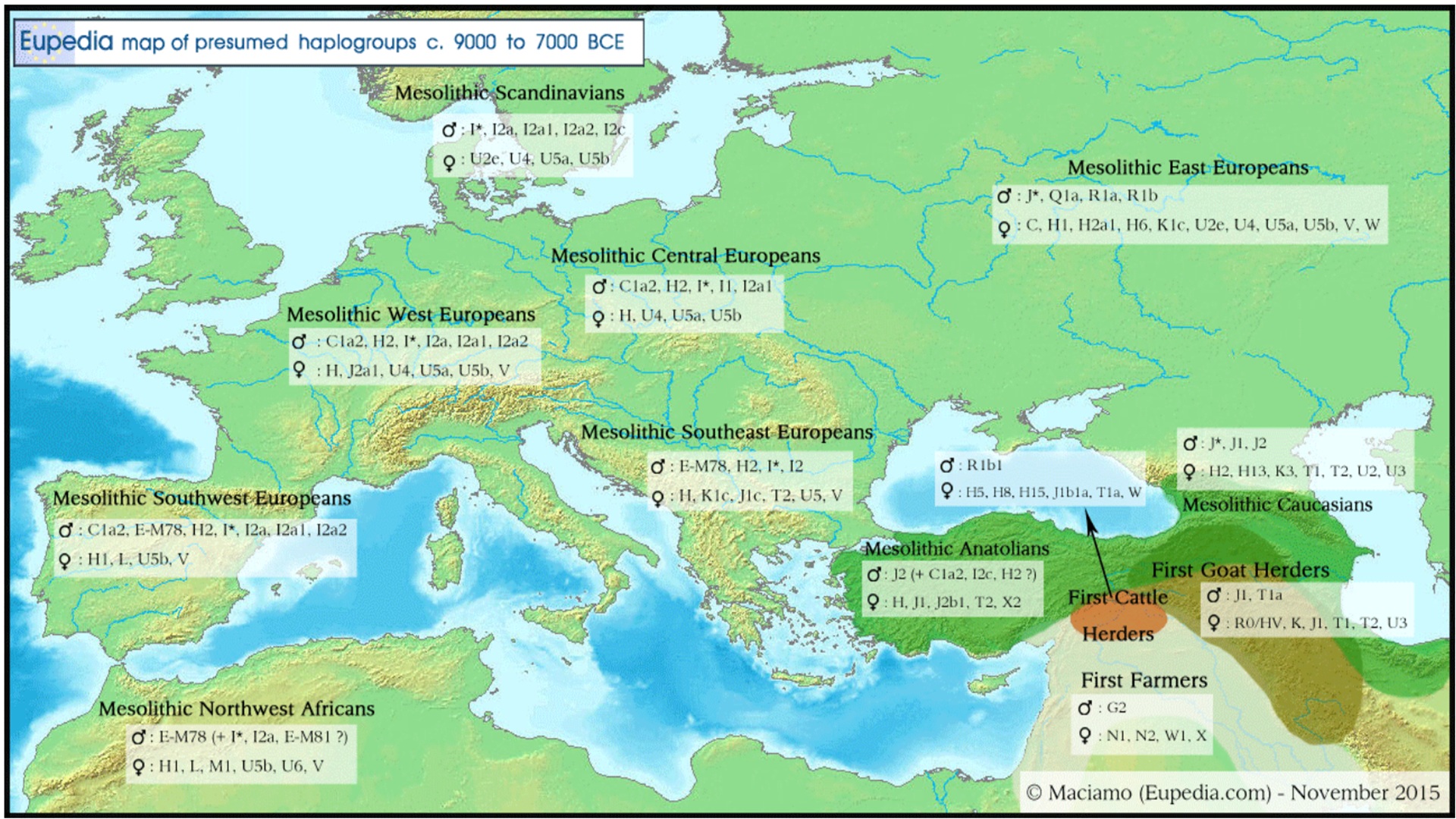
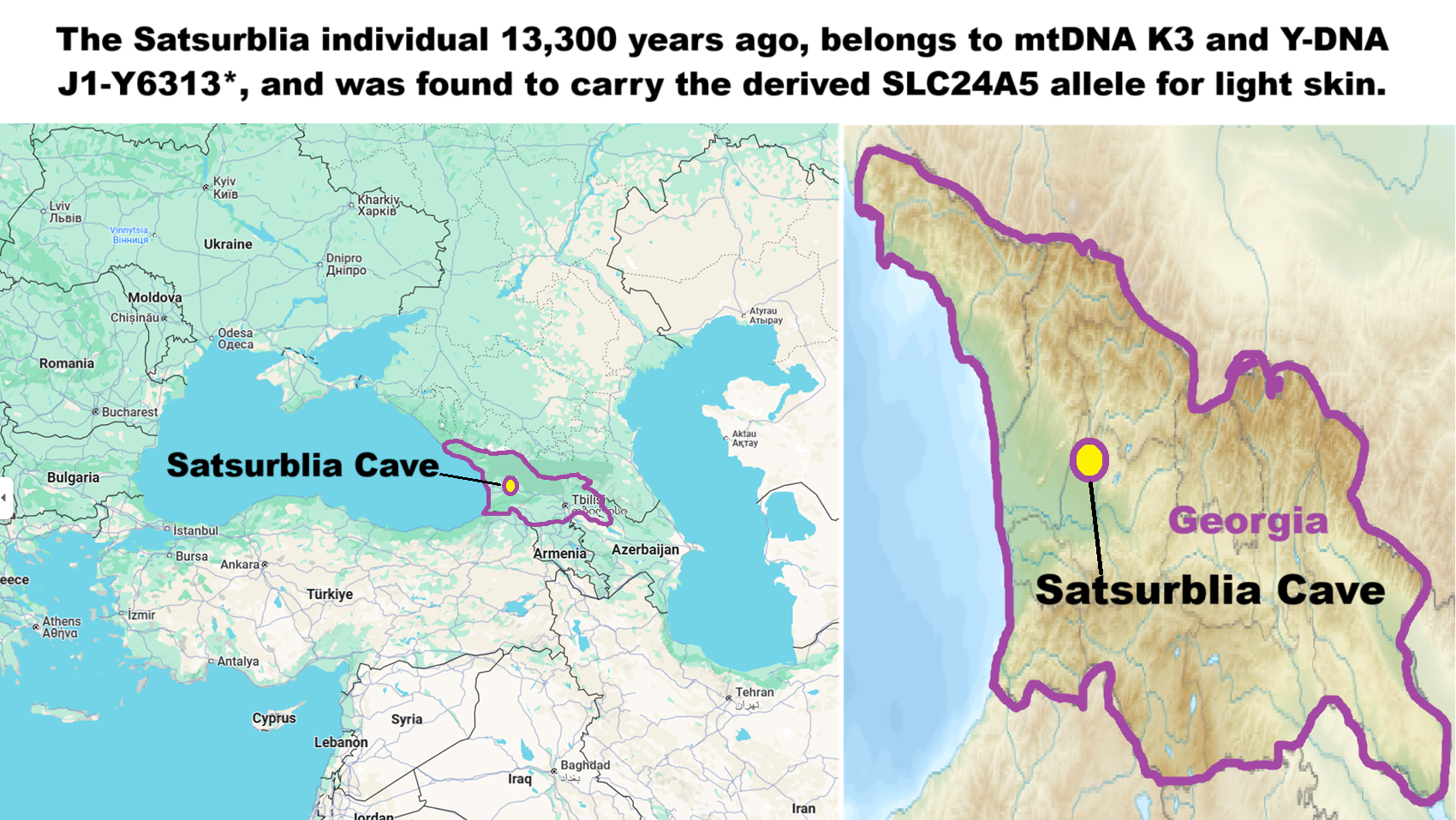
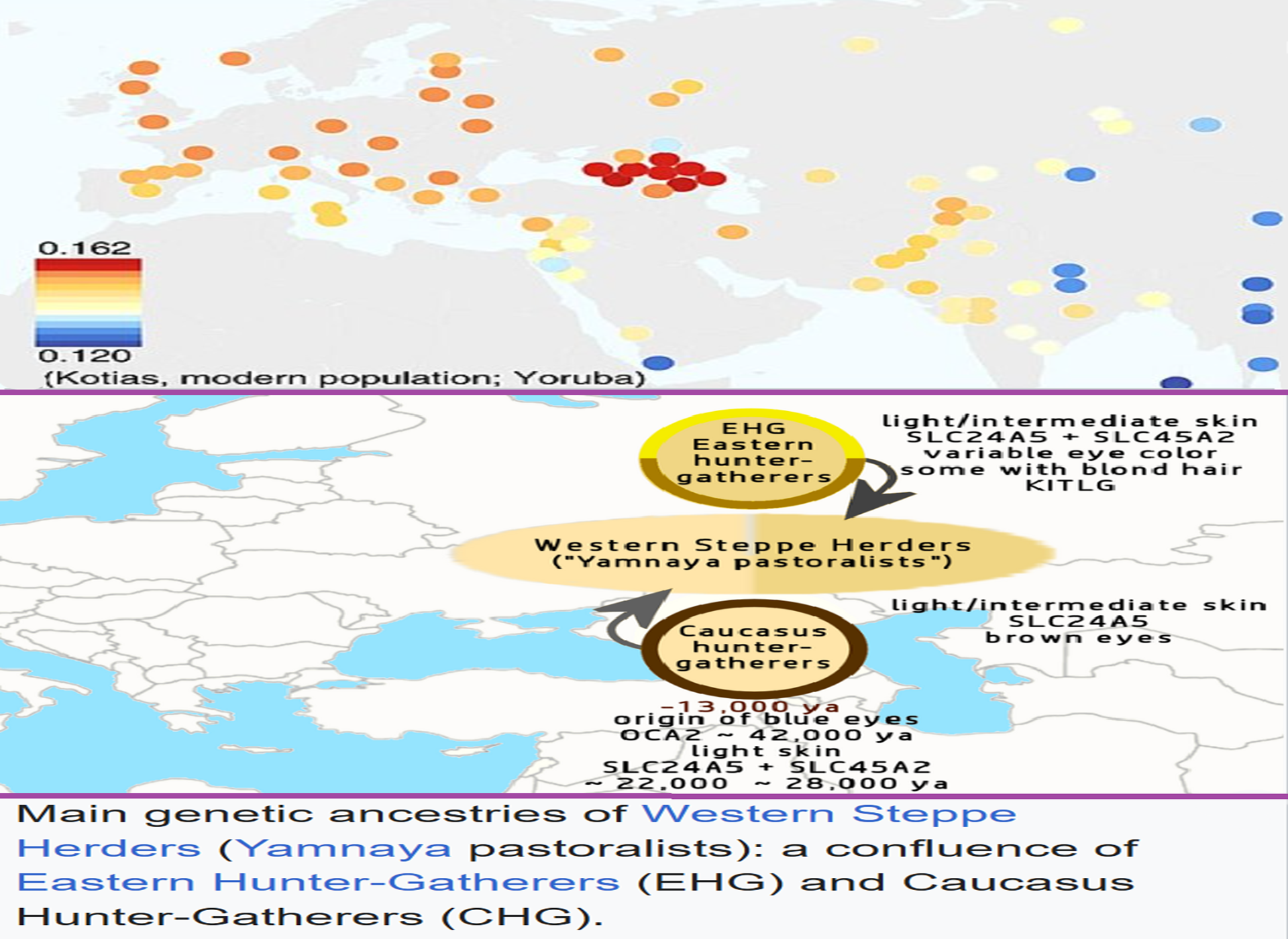
“According to one model, the Mesolithic/Neolithic Iranian lineage basal to the Caucasus hunter-gatherers are inferred to derive significant amounts of their ancestry from Basal Eurasian (c. 38–48%), with the remainder ancestry being closer to Ancient North Eurasians or Eastern European Hunter-Gatherer (ANE/EHG; c. 52–62%). The CHG displayed an additional ANE-like component (c. 10%) than the Neolithic Iranians do, suggesting they may have stood in continuous contact with Eastern Hunter-Gatherers to their North. The CHG also carry around 20% additional Paleolithic Caucasus/Anatolian ancestry. In addition, CHG cluster with early Iranian farmers, who significantly do not share alleles with early Levantine farmers. Caucasus hunter gatherer/Iranian-like ancestry, was first reported as maximized in hunter-gatherers from the South Caucasus and early herders/farmers in northwestern Iran, particularly the Zagros, hence the label “CHG/Iranian.” ref
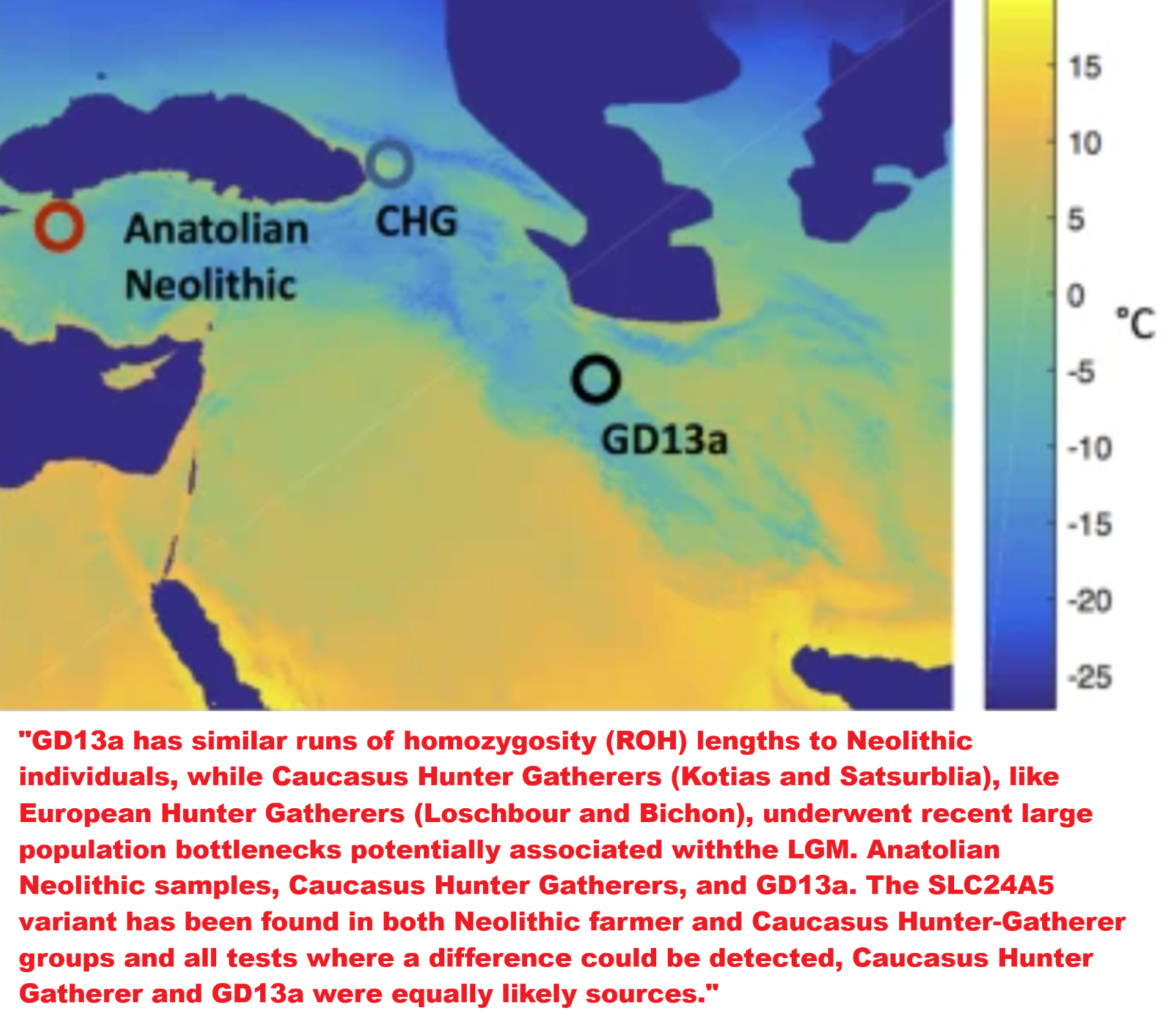
“GD13a has similar runs of homozygosity (ROH) lengths to Neolithic individuals, while Caucasus Hunter Gatherers (Kotias and Satsurblia), like European Hunter Gatherers (Loschbour and Bichon), underwent recent large population bottlenecks potentially associated withthe LGM. Anatolian Neolithic samples, Caucasus Hunter Gatherers, and GD13a. The SLC24A5 variant for light skin has been found in both Neolithic farmer and Caucasus Hunter-Gatherer groups and all tests where a difference could be detected, Caucasus Hunter Gatherer and GD13a were equally likely sources.” ref
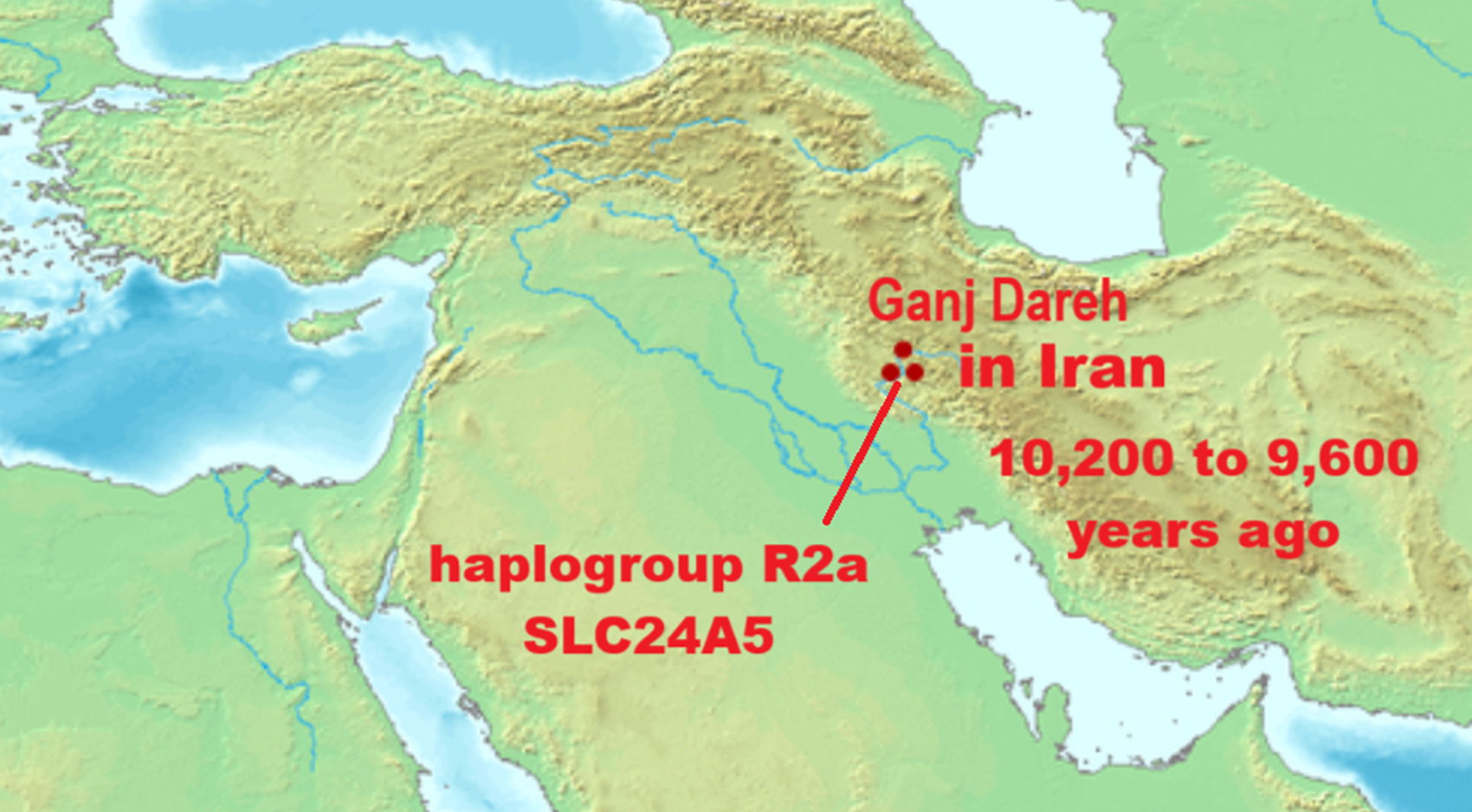
“Mainly found in South Asia as well as in Central Asia, Caucasus, Middle East and North Africa. Ancient samples of haplogroup R2a were observed in the remains of humans from Neolithic, Chalcolithic, and Bronze Age Iran and Iron Age South Asia. Haplogroup R2a, or haplogroup R-M124, is a Y-chromosome haplogroup characterized by genetic markers M124, P249, P267, L266, and is mainly found in South Asia as well as in Central Asia, Caucasus, Middle East and North Africa. Ancient samples of haplogroup R2a were observed in the remains of humans from Neolithic, Chalcolithic and Bronze Age Iran and Turan; and Iron Age South Asia. R2a was also recovered from excavated remains in the South Asian sites of Saidu Sharif and Butkara from a later period. According to Sengupta et al. (2006),
uncertainty neutralizes previous conclusions that the intrusion of HGs R1a1 and R2 [Now R-M124] from the northwest in Dravidian-speaking southern tribes is attributable to a single recent event. Rather, these HGs contain considerable demographic complexity, as implied by their high haplotype diversity. Specifically, they could have actually arrived in southern India from a southwestern Asian source region multiple times, with some episodes considerably earlier than others.” ref
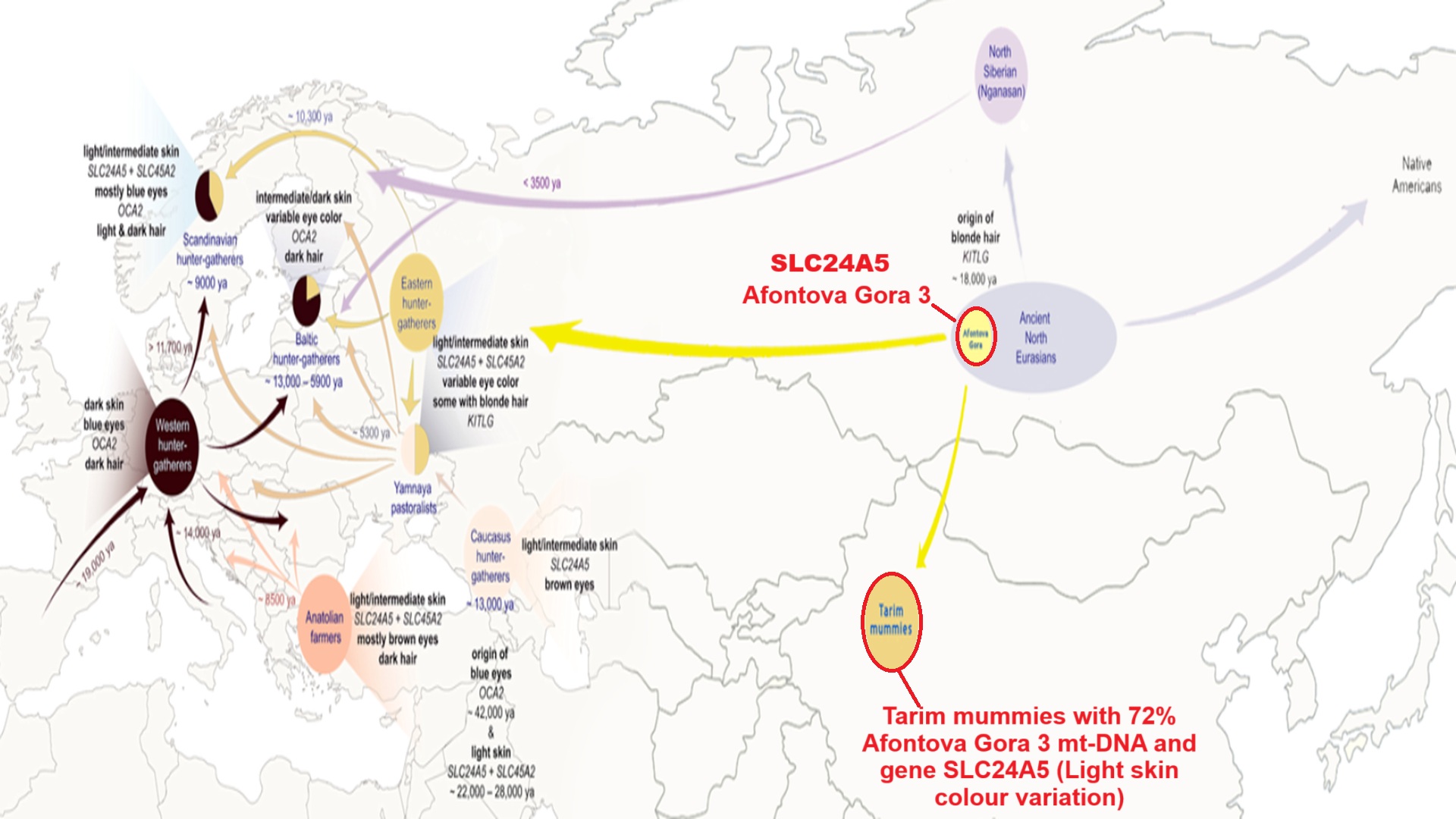
Tarim mummies with 72% Afontova Gora 3 mt-DNA and gene SLC24A5 (Light skin colour variation)
“A 2021 genetic study on the Tarim mummies (13 mummies, including 11 from Xiaohe Cemetery, ranging from 2,135 to 1,623 BCE or around 4,135 to 3,623 years ago) found that they were most closely related to an earlier identified group called the Ancient North Eurasians, particularly the population represented by the Afontova Gora 3 specimen (AG3), genetically displaying “high affinity” with it. The genetic profile of the Afontova Gora 3 individual represented about 72% of the ancestry of the Tarim mummies from Xiaohe, while the remaining 28% of their ancestry was derived from Ancient Northeast Asians (ANA, Early Bronze Age Baikal populations).” ref, ref, ref
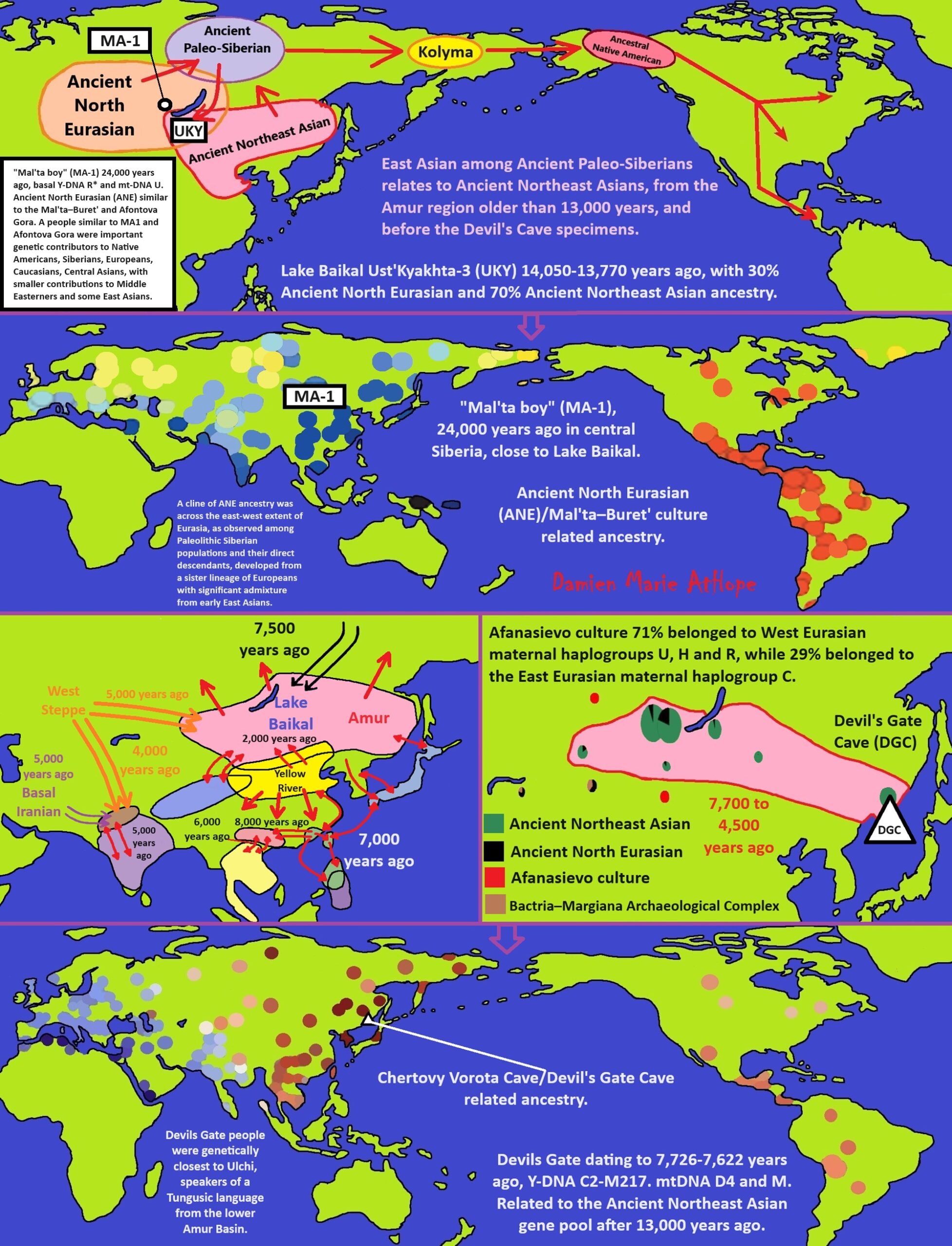
ref, ref, ref, ref, ref, ref, ref, ref, ref, ref, ref, ref, ref, ref, ref
“A 2016 study found that the global maximum of Ancient North Eurasian (ANE) ancestry occurs in modern-day Kets, Mansi, Native Americans, and Selkups. ANE ancestry has spread throughout Eurasia and the Americas in various migrations since the Upper Paleolithic, and more than half of the world’s population today derives between 5 and 42% of their genomes from the Ancient North Eurasians. Significant ANE ancestry can be found in Native Americans, as well as in regions of northern Europe, South Asia, Central Asia, and Siberia. It has been suggested that their mythology may have featured narratives shared by both Indo-European and some Native American cultures, such as the existence of a metaphysical world tree and a fable in which a dog guards the path to the afterlife.” ref
Ancient Northern East Asian/ later became Ancient Northeast Asian
Ancient Paleo-Siberian
Mal’ta–Buret’ culture (Mal’ta boy MA-1)
The Kolyma Shaitans: Legends and Reality (I only use just a small part)
“A unique “shaitan” burial was discovered on the bank of Omuk-Kuel Lake in the Middle-Kolyma ulus in Yakutia. According to the legends, buried in it are mummified remains of a shaman woman who died during a devastating smallpox epidemics in the 18th c. In an attempt to overcome the deadly disease, the shaman’s relatives used her remains as an emeget fetish. The author believes that these legends reflect the real events of those far-away years. The Arabic word “shaitan” came to the Russian language from Turkic languages. According to Islamic tradition, a shaitan is a genie, an evil spirit, a demon. During Russian colonization and Christianization of Siberia, all sacred things used by the aborigines as fetishes, patron spirits of the family, and the tribe, grew to be called “shaitans.” There are various facts, dating to the 18th and 19th cc., confirming that this word also referred to the mummified remains of outstanding shamans.” ref
“In the 1740s, a member of the Second Kamchatka Expedition Yakov Lindenau wrote, “Meat is scratched off the [shaman’s] bones and the bones are put together to form a skeleton, which is dressed in human’s clothes and worshipped as a deity. The Yukagirs place such dressed bones…in their yurts, their number can sometimes reach 10 or 15. If somebody commits even a minor sacrilege with respect to these bones, he stirs up rancor on the part of the Yukagirs… While traveling and hunting, the Yukagirs carry these bones in their sledges, and moreover, in their best sledges pulled by their best deer. When the Yukagirs are going to undertake something really important, they tell fortune using these skeletons: lift a skeleton up, and if it seems light, it means that their enterprise will have a favorable outcome. The Yukagirs call these skeletons stariks (old men), endow them with their best furs, and sit them on beds covered with deer hides, in a circle, as though they are alive.” (Lindenau, 1983, p. 155)” ref
“In the late 19th c., a famous explorer of aboriginal culture V. I. Jochelson noted the changes that occurred in the ritual in the last century and a half. So, the Yukagirs divided among themselves the shaman’s meat dried in the sun and then put it in separate tents. The dead bodies of killed dogs were left there as well. “After that,” V. I. Jochelson writes, “they would divide the shaman’s bones, dry them and wrap in clothes. The skull was an object of worshipping. It was put on top of a trunk (body) cut out of wood. A caftan and two hats – a winter and a summer one – were sewn for the idol. The caftan was all embroidered. On the skull, a special mask was put, with holes for the eyes and the mouth… The figure was placed in the front corner of the home. Before a meal, a piece of food was thrown into the fire and the idol was held above it. This feeding of the idol… was committed before each meal.” (V. I. Jochelson, 2005, pp. 236—237)” ref
“The idol was kept by the children of the dead shaman. One of them was inducted into the shamanism mysteries while his father was still alive. The idol was carried in a wooden box. Sometimes, in line with the air burial ritual, the box was erected on poles or trees, and the idol was taken out only before hunting or a long journey so that the outcome of the enterprise planned could be predicted. With time, the Yukagirs began using wooden idols as charms. V. I. Jochelson notes that by the late 19th c. the Yukagirs had developed a skeptical attitude towards idols and referred to them as “shaitans.” In this way, under the influence of Christianity, the worshipped ancestor’s spirit turned into its opposite – an evil spirit, a devil, a Satan.” ref
Ancestral Native American, Ancient Beringian
14,000-year-old Ust-Kyakhta-3 (UKY) individual found near Lake Baikal
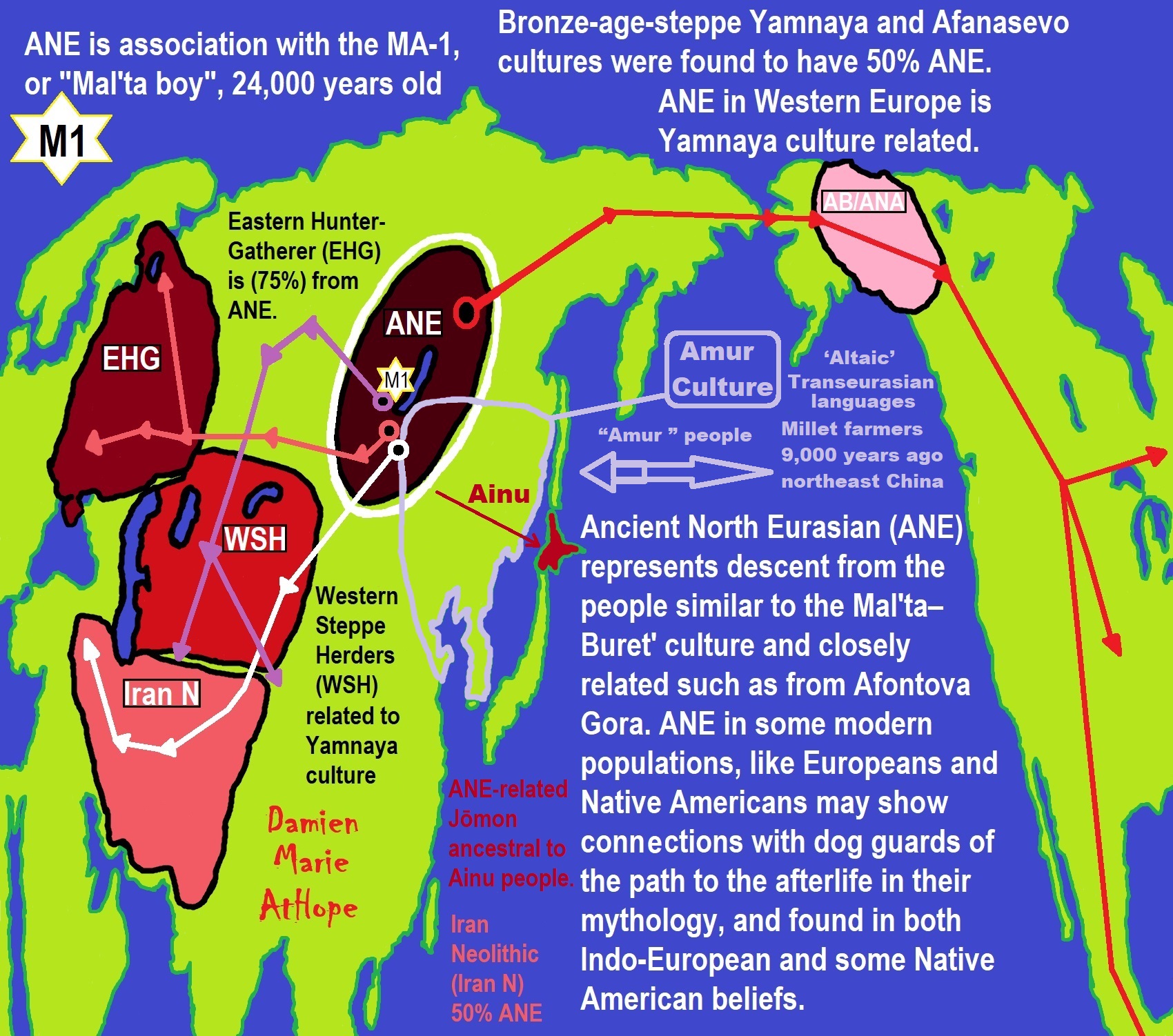
Ancient North Eurasian (ANE)
Ancient Beringian/Ancestral Native American (AB/ANA)
Eastern Hunter-Gatherer (EHG)
Western Hunter-Gatherers (WHG)
Western Steppe Herders (WSH)
Scandinavian Hunter-Gatherer (SHG)
Early European Farmers (EEF)
Jōmon people (Ainu people OF Hokkaido Island)
Neolithic Iranian farmers (Iran_N) (Iran Neolithic)
Haplogroup R possible time of origin about 27,000 years in Central Asia, South Asia, or Siberia:
- Mal’ta–Buret’ culture (24,000-15,000 years ago)
- Afontova Gora culture (21,000-12,000 years ago)
- Trialetian culture (16,000–8000 years ago)
- Samara culture (7,000-6,500 years ago)
- Khvalynsk culture (7,000-6,500 years ago)
- Afanasievo culture (5,300-4,500 years ago)
- Yamna/Yamnaya Culture (5,300-4,500 years ago)
- Andronovo culture (4,000–2,900 years ago) ref
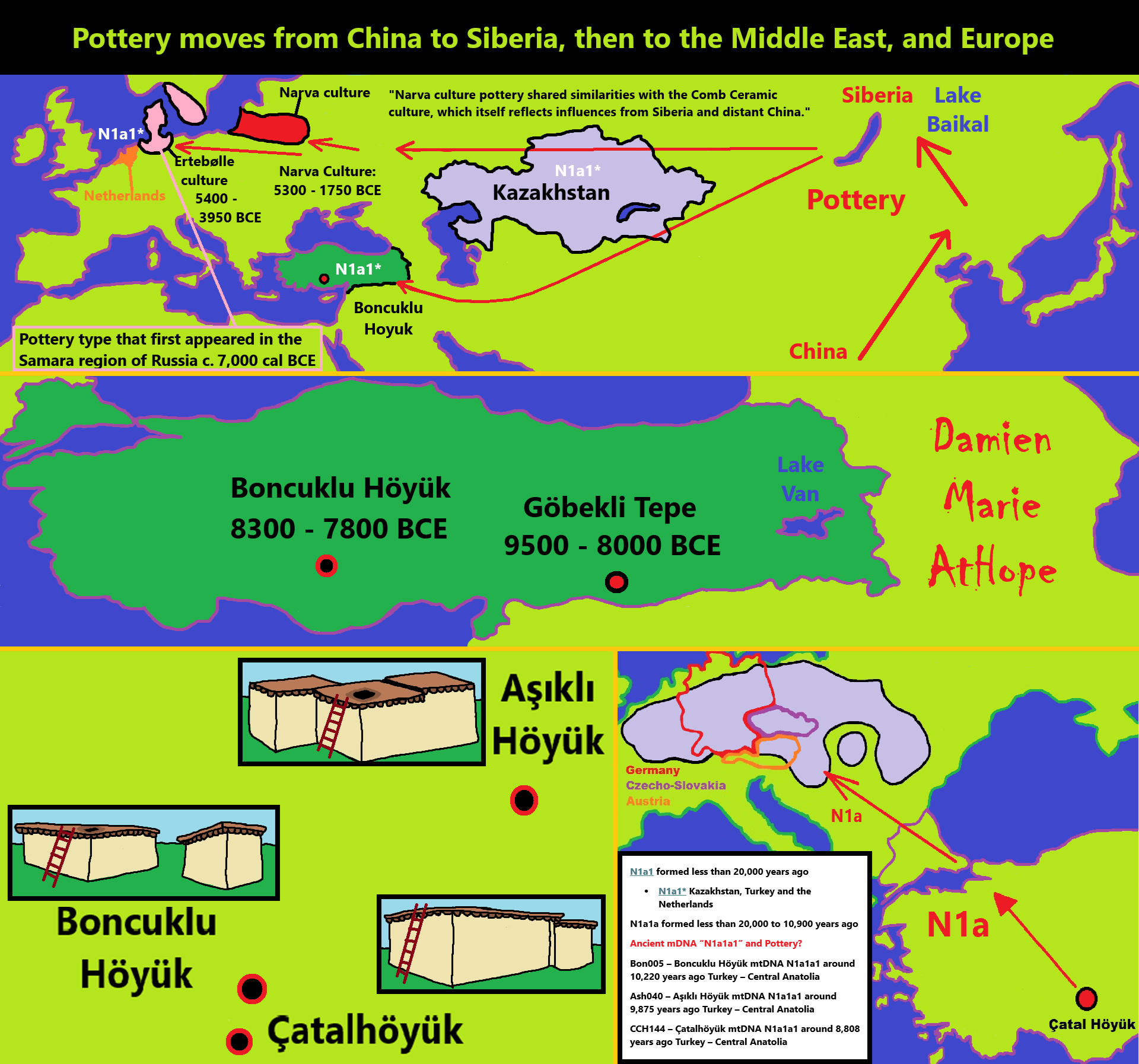
Pottery from at 10,000 at Boncuklu Höyük, to Aşıklı Höyük, to Çatalhöyük, then Europe by around 7,500 years ago.
Pottery moves from China to Siberia, then to the Middle East, and Europe

But is Atlantis real?
No. Atlantis (an allegory: “fake story” interpreted to reveal a hidden meaning) can’t be found any more than one can locate the Jolly Green Giant that is said to watch over frozen vegetables. Lol
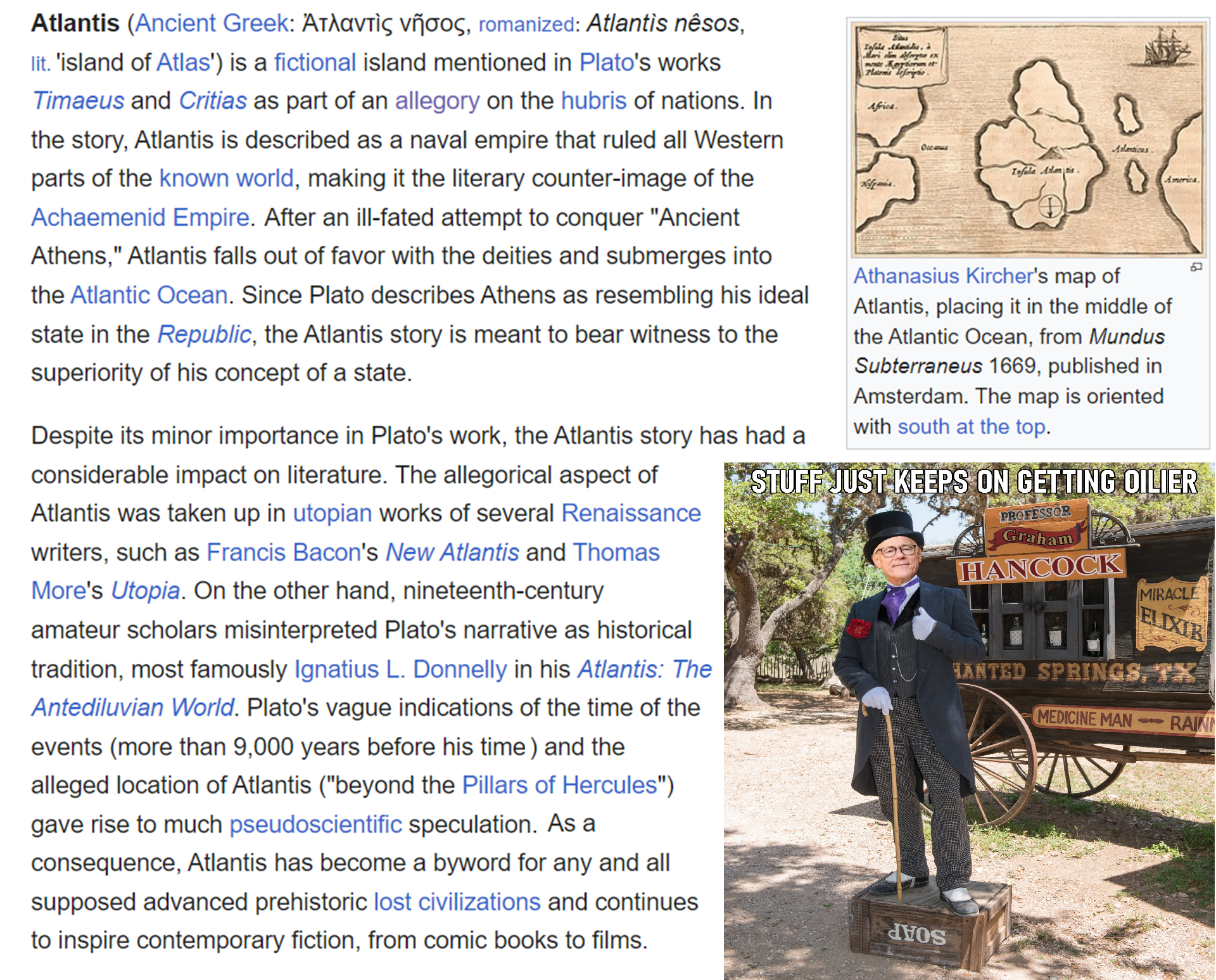

May Reason Set You Free
There are a lot of truly great things said by anarchists in history, and also some deeply vile things, too, from not supporting Women’s rights to Anti-Semitism. There are those who also reject those supporting women’s rights as well as fight anti-Semitism. This is why I push reason as my only master, not anarchist thinking, though anarchism, to me, should see all humans everywhere as equal in dignity and rights.
We—Cory and Damien—are following the greatness that can be found in anarchist thinking.
As an Anarchist Educator, Damien strives to teach the plain truth. Damien does not support violence as my method to change. Rather, I choose education that builds Enlightenment and Empowerment. I champion Dignity and Equality. We rise by helping each other. What is the price of a tear? What is the cost of a smile? How can we see clearly when others pay the cost of our indifference and fear? We should help people in need. Why is that so hard for some people? Rich Ghouls must End. Damien wants “billionaires” to stop being a thing. Tax then into equality. To Damien, there is no debate, Capitalism is unethical. Moreover, as an Anarchist Educator, Damien knows violence is not the way to inspire lasting positive change. But we are not limited to violence, we have education, one of the most lasting and powerful ways to improve the world. We empower the world by championing Truth and its supporters.
Anarchism and Education
“Various alternatives to education and their problems have been proposed by anarchists which have gone from alternative education systems and environments, self-education, advocacy of youth and children rights, and freethought activism.” ref
“Historical accounts of anarchist educational experiments to explore how their pedagogical practices, organization, and content constituted a radical alternative to mainstream forms of educational provision in different historical periods.” ref
“The Ferrer school was an early 20th century libertarian school inspired by the anarchist pedagogy of Francisco Ferrer. He was a proponent of rationalist, secular education that emphasized reason, dignity, self-reliance, and scientific observation. The Ferrer movement’s philosophy had two distinct tendencies: non-didactic freedom from dogma and the more didactic fostering of counter-hegemonic beliefs. Towards non-didactic freedom from dogma, and fulfilled the child-centered tradition.” ref

Teach Real History: all our lives depend on it.
Damien sees lies about history as crimes against humanity. And we all must help humanity by addressing “any and all” who make harmful lies about history.
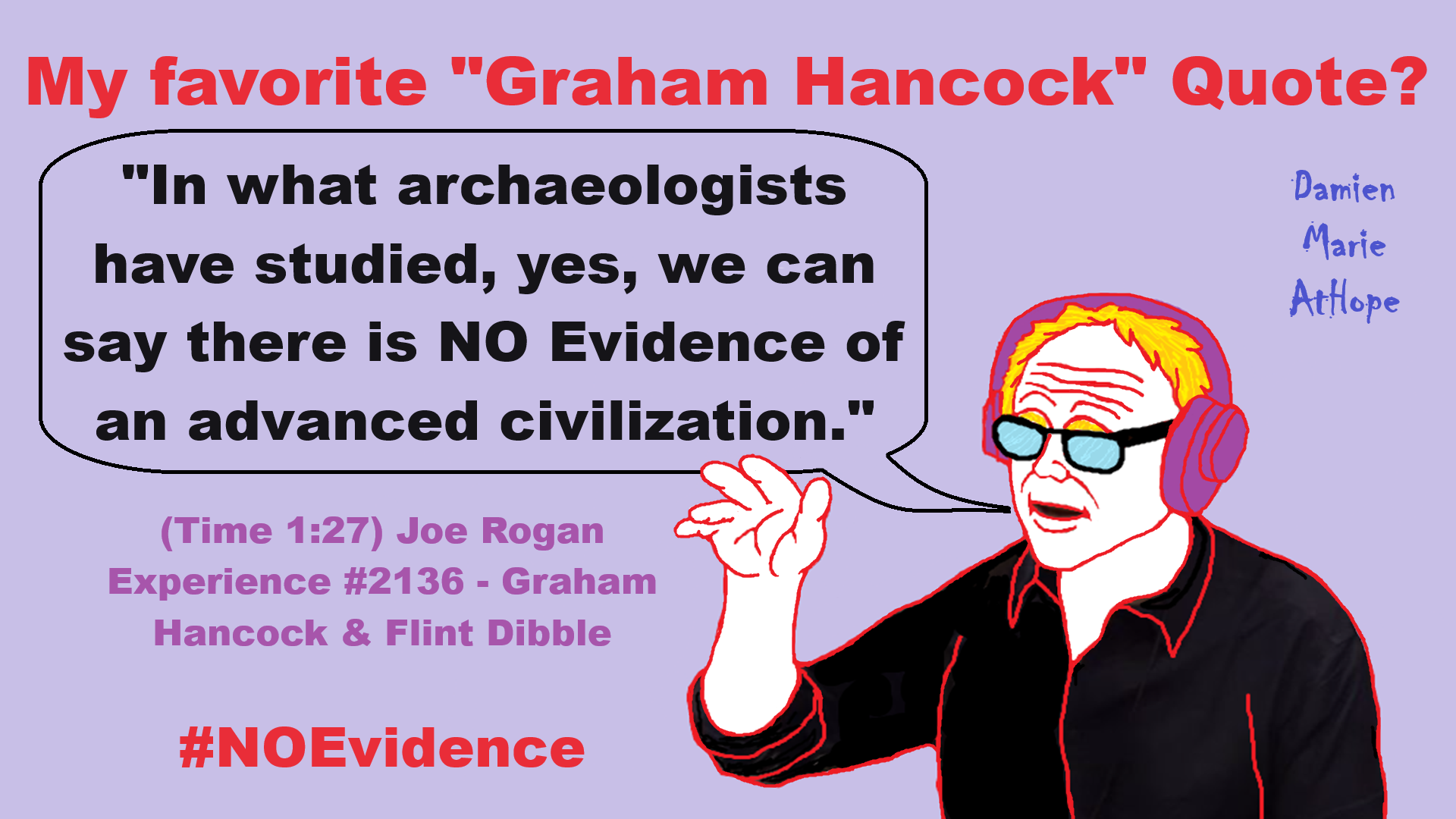
My favorite “Graham Hancock” Quote?
“In what archaeologists have studied, yes, we can say there is NO Evidence of an advanced civilization.” – (Time 1:27) Joe Rogan Experience #2136 – Graham Hancock & Flint Dibble
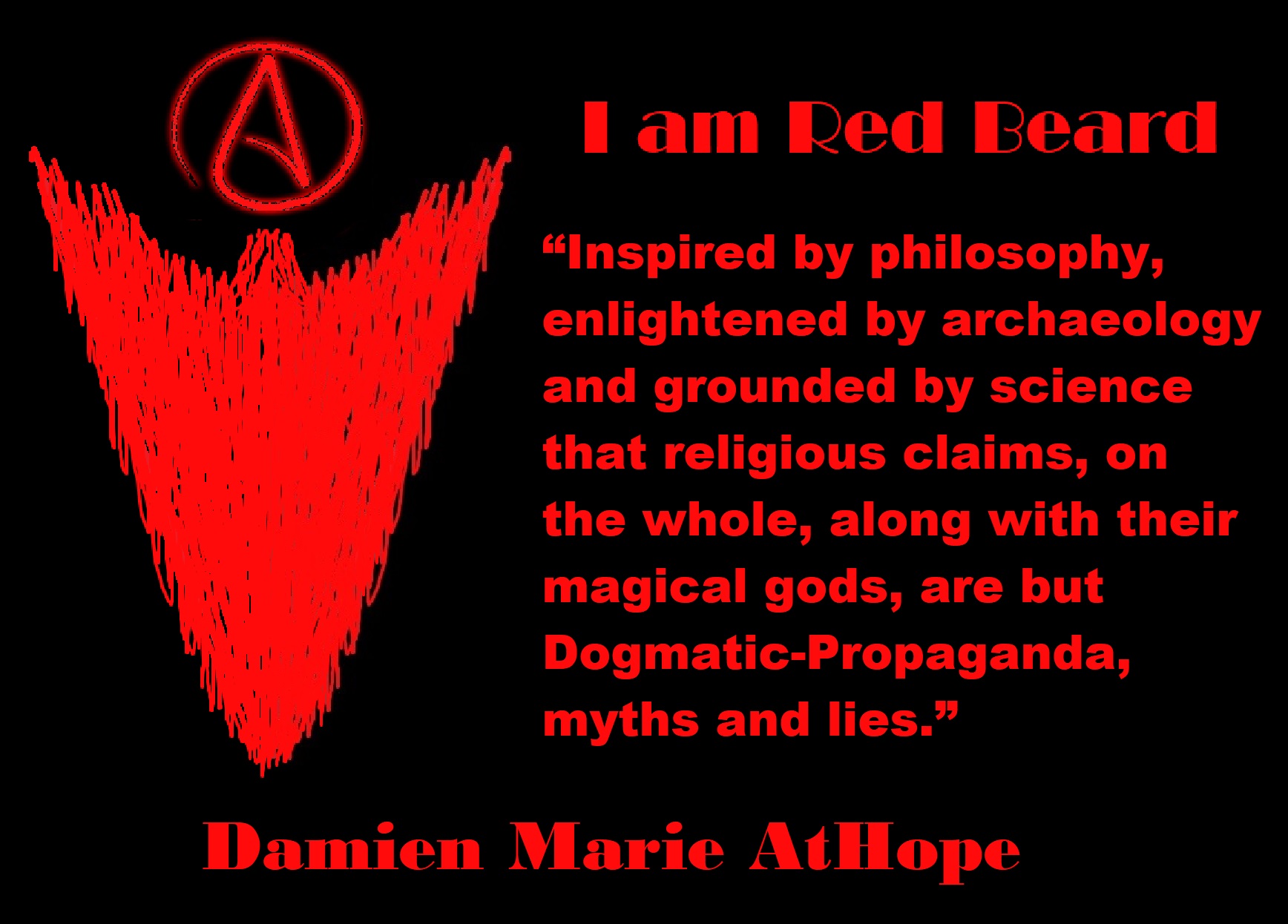
People don’t commonly teach religious history, even that of their own claimed religion. No, rather they teach a limited “pro their religion” history of their religion from a religious perspective favorable to the religion of choice.
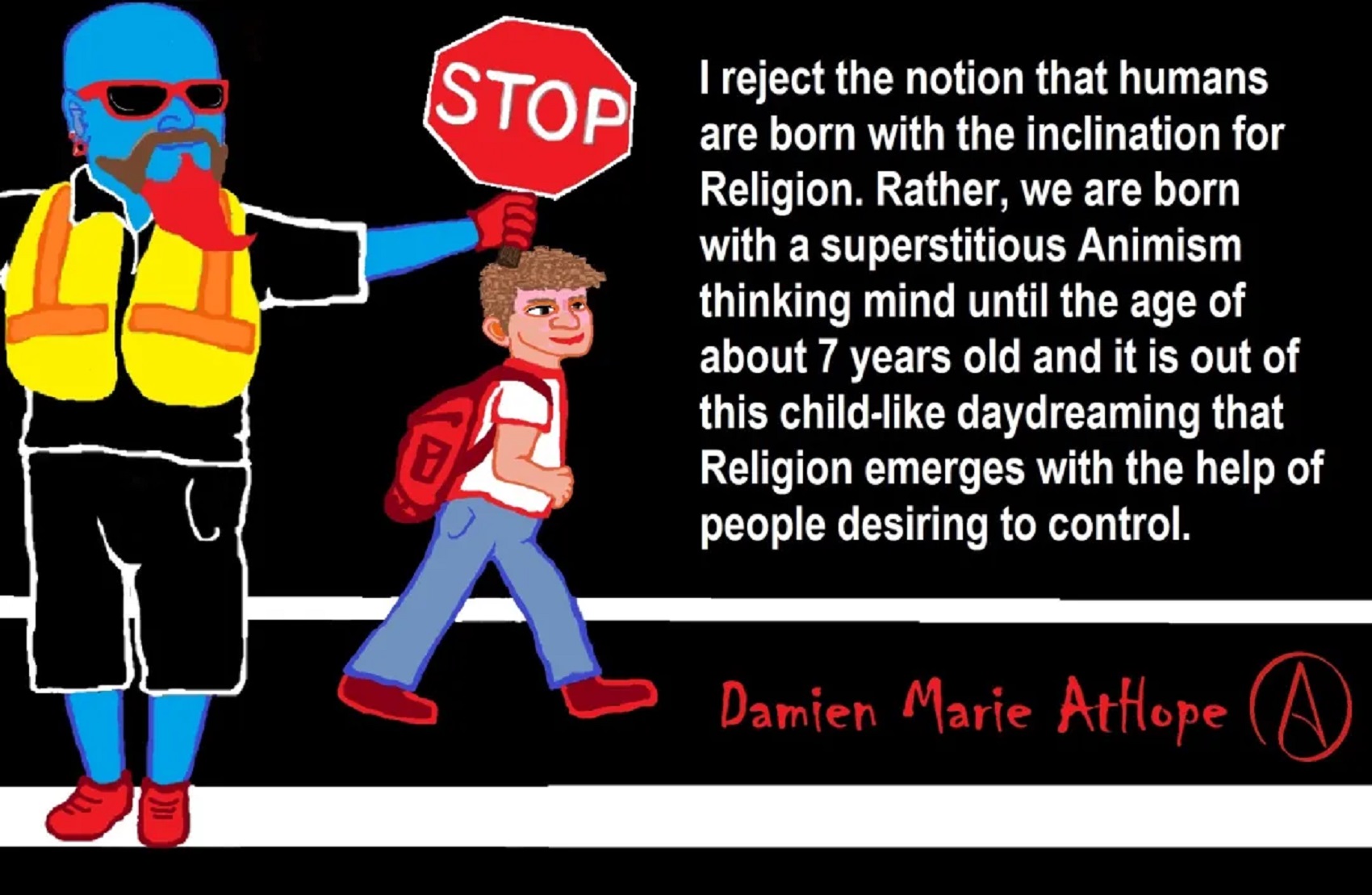
Do you truly think “Religious Belief” is only a matter of some personal choice?
Do you not see how coercive one’s world of choice is limited to the obvious hereditary belief, in most religious choices available to the child of religious parents or caregivers? Religion is more commonly like a family, culture, society, etc. available belief that limits the belief choices of the child and that is when “Religious Belief” is not only a matter of some personal choice and when it becomes hereditary faith, not because of the quality of its alleged facts or proposed truths but because everyone else important to the child believes similarly so they do as well simply mimicking authority beliefs handed to them. Because children are raised in religion rather than being presented all possible choices but rather one limited dogmatic brand of “Religious Belief” where children only have a choice of following the belief as instructed, and then personally claim the faith hereditary belief seen in the confirming to the belief they have held themselves all their lives. This is obvious in statements asked and answered by children claiming a faith they barely understand but they do understand that their family believes “this or that” faith, so they feel obligated to believe it too. While I do agree that “Religious Belief” should only be a matter of some personal choice, it rarely is… End Hereditary Religion!
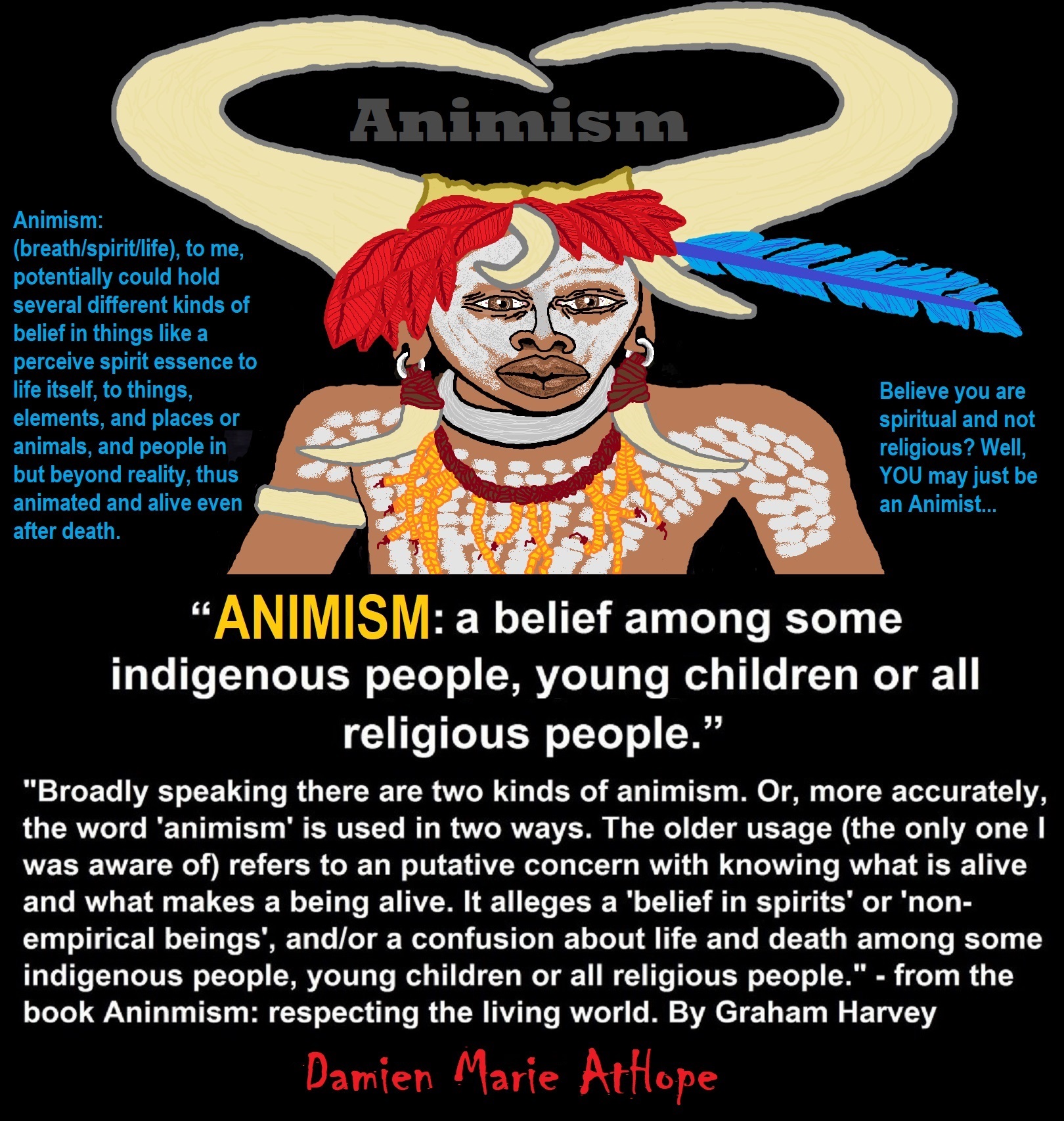
Animism: Respecting the Living World by Graham Harvey
“How have human cultures engaged with and thought about animals, plants, rocks, clouds, and other elements in their natural surroundings? Do animals and other natural objects have a spirit or soul? What is their relationship to humans? In this new study, Graham Harvey explores current and past animistic beliefs and practices of Native Americans, Maori, Aboriginal Australians, and eco-pagans. He considers the varieties of animism found in these cultures as well as their shared desire to live respectfully within larger natural communities. Drawing on his extensive casework, Harvey also considers the linguistic, performative, ecological, and activist implications of these different animisms.” ref

We are like believing machines we vacuum up ideas, like Velcro sticks to almost everything. We accumulate beliefs that we allow to negatively influence our lives, often without realizing it. Our willingness must be to alter skewed beliefs that impend our balance or reason, which allows us to achieve new positive thinking and accurate outcomes.
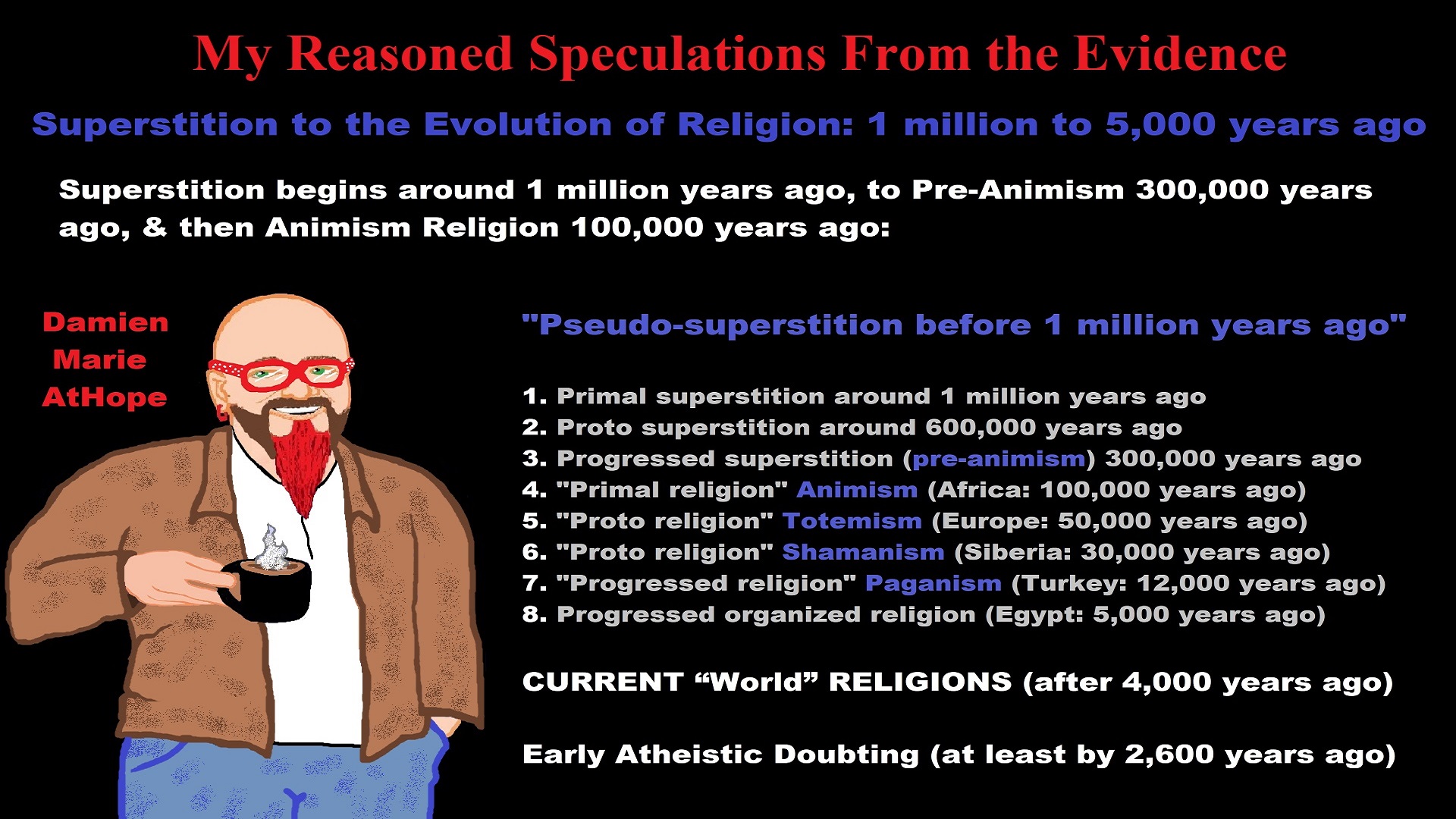
My thoughts on Religion Evolution with external links for more info:
- (Pre-Animism Africa mainly, but also Europe, and Asia at least 300,000 years ago), (Pre-Animism – Oxford Dictionaries)
- (Animism Africa around 100,000 years ago), (Animism – Britannica.com)
- (Totemism Europe around 50,000 years ago), (Totemism – Anthropology)
- (Shamanism Siberia around 30,000 years ago), (Shamanism – Britannica.com)
- (Paganism Turkey around 12,000 years ago), (Paganism – BBC Religion)
- (Progressed Organized Religion “Institutional Religion” Egypt around 5,000 years ago), (Ancient Egyptian Religion – Britannica.com)
- (CURRENT “World” RELIGIONS after 4,000 years ago) (Origin of Major Religions – Sacred Texts)
- (Early Atheistic Doubting at least by 2,600 years ago) (History of Atheism – Wikipedia)
“Religion is an Evolved Product” and Yes, Religion is Like Fear Given Wings…
Atheists talk about gods and religions for the same reason doctors talk about cancer, they are looking for a cure, or a firefighter talks about fires because they burn people and they care to stop them. We atheists too often feel a need to help the victims of mental slavery, held in the bondage that is the false beliefs of gods and the conspiracy theories of reality found in religions.
Understanding Religion Evolution:
- Pre-Animism (at least 300,000 years ago)
- Animism (Africa: 100,000 years ago)
- Totemism (Europe: 50,000 years ago)
- Shamanism (Siberia: 30,000 years ago)
- Paganism (Turkey: 12,000 years ago)
- Progressed organized religion (Egypt: 5,000 years ago), (Egypt, the First Dynasty 5,150 years ago)
- CURRENT “World” RELIGIONS (after 4,000 years ago)
- Early Atheistic Doubting (at least by 2,600 years ago)
“An Archaeological/Anthropological Understanding of Religion Evolution”
It seems ancient peoples had to survived amazing threats in a “dangerous universe (by superstition perceived as good and evil),” and human “immorality or imperfection of the soul” which was thought to affect the still living, leading to ancestor worship. This ancestor worship presumably led to the belief in supernatural beings, and then some of these were turned into the belief in gods. This feeble myth called gods were just a human conceived “made from nothing into something over and over, changing, again and again, taking on more as they evolve, all the while they are thought to be special,” but it is just supernatural animistic spirit-belief perceived as sacred.
Quick Evolution of Religion?
Pre-Animism (at least 300,000 years ago) pre-religion is a beginning that evolves into later Animism. So, Religion as we think of it, to me, all starts in a general way with Animism (Africa: 100,000 years ago) (theoretical belief in supernatural powers/spirits), then this is physically expressed in or with Totemism (Europe: 50,000 years ago) (theoretical belief in mythical relationship with powers/spirits through a totem item), which then enlists a full-time specific person to do this worship and believed interacting Shamanism (Siberia/Russia: 30,000 years ago) (theoretical belief in access and influence with spirits through ritual), and then there is the further employment of myths and gods added to all the above giving you Paganism (Turkey: 12,000 years ago) (often a lot more nature-based than most current top world religions, thus hinting to their close link to more ancient religious thinking it stems from). My hypothesis is expressed with an explanation of the building of a theatrical house (modern religions development). Progressed organized religion (Egypt: 5,000 years ago) with CURRENT “World” RELIGIONS (after 4,000 years ago).
Historically, in large city-state societies (such as Egypt or Iraq) starting around 5,000 years ago culminated to make religion something kind of new, a sociocultural-governmental-religious monarchy, where all or at least many of the people of such large city-state societies seem familiar with and committed to the existence of “religion” as the integrated life identity package of control dynamics with a fixed closed magical doctrine, but this juggernaut integrated religion identity package of Dogmatic-Propaganda certainly did not exist or if developed to an extent it was highly limited in most smaller prehistoric societies as they seem to lack most of the strong control dynamics with a fixed closed magical doctrine (magical beliefs could be at times be added or removed). Many people just want to see developed religious dynamics everywhere even if it is not. Instead, all that is found is largely fragments until the domestication of religion.
Religions, as we think of them today, are a new fad, even if they go back to around 6,000 years in the timeline of human existence, this amounts to almost nothing when seen in the long slow evolution of religion at least around 70,000 years ago with one of the oldest ritual worship. Stone Snake of South Africa: “first human worship” 70,000 years ago. This message of how religion and gods among them are clearly a man-made thing that was developed slowly as it was invented and then implemented peace by peace discrediting them all. Which seems to be a simple point some are just not grasping how devastating to any claims of truth when we can see the lie clearly in the archeological sites.
I wish people fought as hard for the actual values as they fight for the group/clan names political or otherwise they think support values. Every amount spent on war is theft to children in need of food or the homeless kept from shelter.
Here are several of my blog posts on history:
- To Find Truth You Must First Look
- (Magdalenian/Iberomaurusian) Connections to the First Paganists of the early Neolithic Near East Dating from around 17,000 to 12,000 Years Ago
- Natufians: an Ancient People at the Origins of Agriculture and Sedentary Life
- Possible Clan Leader/Special “MALE” Ancestor Totem Poles At Least 13,500 years ago?
- Jewish People with DNA at least 13,200 years old, Judaism, and the Origins of Some of its Ideas
- Baltic Reindeer Hunters: Swiderian, Lyngby, Ahrensburgian, and Krasnosillya cultures 12,020 to 11,020 years ago are evidence of powerful migratory waves during the last 13,000 years and a genetic link to Saami and the Finno-Ugric peoples.
- The Rise of Inequality: patriarchy and state hierarchy inequality
- Fertile Crescent 12,500 – 9,500 Years Ago: fertility and death cult belief system?
- 12,400 – 11,700 Years Ago – Kortik Tepe (Turkey) Pre/early-Agriculture Cultic Ritualism
- Ritualistic Bird Symbolism at Gobekli Tepe and its “Ancestor Cult”
- Male-Homosexual (female-like) / Trans-woman (female) Seated Figurine from Gobekli Tepe
- Could a 12,000-year-old Bull Geoglyph at Göbekli Tepe relate to older Bull and Female Art 25,000 years ago and Later Goddess and the Bull cults like Catal Huyuk?
- Sedentism and the Creation of goddesses around 12,000 years ago as well as male gods after 7,000 years ago.
- Alcohol, where Agriculture and Religion Become one? Such as Gobekli Tepe’s Ritualistic use of Grain as Food and Ritual Drink
- Neolithic Ritual Sites with T-Pillars and other Cultic Pillars
- Paganism: Goddesses around 12,000 years ago then Male Gods after 7,000 years ago
- First Patriarchy: Split of Women’s Status around 12,000 years ago & First Hierarchy: fall of Women’s Status around 5,000 years ago.
- Natufians: an Ancient People at the Origins of Agriculture and Sedentary Life
- J DNA and the Spread of Agricultural Religion (paganism)
- Paganism: an approximately 12,000-year-old belief system
- Paganism 12,000 years old: related to “Anarchism and Socialism” (Pre-Capitalism)
- Shaman burial in Israel 12,000 years ago and the Shamanism Phenomena
- Need to Mythicized: gods and goddesses
- 12,000 – 7,000 Years Ago – Paleo-Indian Culture (The Americas)
- 12,000 – 2,000 Years Ago – Indigenous-Scandinavians (Nordic)
- Norse did not wear helmets with horns?
- Pre-Pottery Neolithic Skull Cult around 11,500 to 8,400 Years Ago?
- 10,400 – 10,100 Years Ago, in Turkey the Nevail Cori Religious Settlement
- 9,000-6,500 Years Old Submerged Pre-Pottery/Pottery Neolithic Ritual Settlements off Israel’s Coast
- Catal Huyuk “first religious designed city” around 9,500 to 7,700 years ago (Turkey)
- Cultic Hunting at Catal Huyuk “first religious designed city”
- Special Items and Art as well as Special Elite Burials at Catal Huyuk
- New Rituals and Violence with the appearance of Pottery and People?
- Haplogroup N and its related Uralic Languages and Cultures
- Ainu people, Sámi people, Native Americans, the Ancient North Eurasians, and Paganistic-Shamanism with Totemism
- Ideas, Technology and People from Turkey, Europe, to China and Back again 9,000 to 5,000 years ago?
- First Pottery of Europe and the Related Cultures
- 9,000 years old Neolithic Artifacts Judean Desert and Hills Israel
- 9,000-7,000 years-old Sex and Death Rituals: Cult Sites in Israel, Jordan, and the Sinai
- 9,000-8500 year old Horned Female shaman Bad Dürrenberg Germany
- Neolithic Jewelry and the Spread of Farming in Europe Emerging out of West Turkey
- 8,600-year-old Tortoise Shells in Neolithic graves in central China have Early Writing and Shamanism
- Swing of the Mace: the rise of Elite, Forced Authority, and Inequality begin to Emerge 8,500 years ago?
- Migrations and Changing Europeans Beginning around 8,000 Years Ago
- My “Steppe-Anatolian-Kurgan hypothesis” 8,000/7,000 years ago
- Around 8,000-year-old Shared Idea of the Mistress of Animals, “Ritual” Motif
- Pre-Columbian Red-Paint (red ochre) Maritime Archaic Culture 8,000-3,000 years ago
- 7,522-6,522 years ago Linear Pottery culture which I think relates to Arcane Capitalism’s origins
- Arcane Capitalism: Primitive socialism, Primitive capital, Private ownership, Means of production, Market capitalism, Class discrimination, and Petite bourgeoisie (smaller capitalists)
- 7,500-4,750 years old Ritualistic Cucuteni-Trypillian culture of Moldova, Romania, and Ukraine
- Roots of a changing early society 7,200-6,700 years ago Jordan and Israel
- Agriculture religion (Paganism) with farming reached Britain between about 7,000 to 6,500 or so years ago and seemingly expressed in things like Western Europe’s Long Barrows
- My Thoughts on Possible Migrations of “R” DNA and Proto-Indo-European?
- “Millet” Spreading from China 7,022 years ago to Europe and related Language may have Spread with it leading to Proto-Indo-European
- Proto-Indo-European (PIE), ancestor of Indo-European languages: DNA, Society, Language, and Mythology
- The Dnieper–Donets culture and Asian varieties of Millet from China to the Black Sea region of Europe by 7,022 years ago
- Kurgan 6,000 years ago/dolmens 7,000 years ago: funeral, ritual, and other?
- 7,020 to 6,020-year-old Proto-Indo-European Homeland of Urheimat or proposed home of their Language and Religion
- Ancient Megaliths: Kurgan, Ziggurat, Pyramid, Menhir, Trilithon, Dolman, Kromlech, and Kromlech of Trilithons
- The Mytheme of Ancient North Eurasian Sacred-Dog belief and similar motifs are found in Indo-European, Native American, and Siberian comparative mythology
- Elite Power Accumulation: Ancient Trade, Tokens, Writing, Wealth, Merchants, and Priest-Kings
- Sacred Mounds, Mountains, Kurgans, and Pyramids may hold deep connections?
- Between 7,000-5,000 Years ago, rise of unequal hierarchy elite, leading to a “birth of the State” or worship of power, strong new sexism, oppression of non-elites, and the fall of Women’s equal status
- Paganism 7,000-5,000 years old: related to “Anarchism and Socialism” (Capitalism) (World War 0) Elite & their slaves
- Hell and Underworld mythologies starting maybe as far back as 7,000 to 5,000 years ago with the Proto-Indo-Europeans?
- The First Expression of the Male God around 7,000 years ago?
- White (light complexion skin) Bigotry and Sexism started 7,000 years ago?
- Around 7,000-year-old Shared Idea of the Divine Bird (Tutelary and/or Trickster spirit/deity), “Ritual” Motif
- Nekhbet an Ancient Egyptian Vulture Goddess and Tutelary Deity
- 6,720 to 4,920 years old Ritualistic Hongshan Culture of Inner Mongolia with 5,000-year-old Pyramid Mounds and Temples
- First proto-king in the Balkans, Varna culture around 6,500 years ago?
- 6,500–5,800 years ago in Israel Late Chalcolithic (Copper Age) Period in the Southern Levant Seems to Express Northern Levant Migrations, Cultural and Religious Transfer
- KING OF BEASTS: Master of Animals “Ritual” Motif, around 6,000 years old or older…
- Around 6000-year-old Shared Idea of the Solid Wheel & the Spoked Wheel-Shaped Ritual Motif
- “The Ghassulian Star,” a mysterious 6,000-year-old mural from Jordan; a Proto-Star of Ishtar, Star of Inanna or Star of Venus?
- Religious/Ritual Ideas, including goddesses and gods as well as ritual mounds or pyramids from Northeastern Asia at least 6,000 years old, seemingly filtering to Iran, Iraq, the Mediterranean, Europe, Egypt, and the Americas?
- Maykop (5,720–5,020 years ago) Caucasus region Bronze Age culture-related to Copper Age farmers from the south, influenced by the Ubaid period and Leyla-Tepe culture, as well as influencing the Kura-Araxes culture
- 5-600-year-old Tomb, Mummy, and First Bearded Male Figurine in a Grave
- Kura-Araxes Cultural 5,520 to 4,470 years old DNA traces to the Canaanites, Arabs, and Jews
- Minoan/Cretan (Keftiu) Civilization and Religion around 5,520 to 3,120 years ago
- Evolution Of Science at least by 5,500 years ago
- 5,500 Years old birth of the State, the rise of Hierarchy, and the fall of Women’s status
- “Jiroft culture” 5,100 – 4,200 years ago and the History of Iran
- Stonehenge: Paganistic Burial and Astrological Ritual Complex, England (5,100-3,600 years ago)
- Around 5,000-year-old Shared Idea of the “Tree of Life” Ritual Motif
- Complex rituals for elite, seen from China to Egypt, at least by 5,000 years ago
- Around 5,000 years ago: “Birth of the State” where Religion gets Military Power and Influence
- The Center of the World “Axis Mundi” and/or “Sacred Mountains” Mythology Could Relate to the Altai Mountains, Heart of the Steppe
- Progressed organized religion starts, an approximately 5,000-year-old belief system
- China’s Civilization between 5,000-3,000 years ago, was a time of war and class struggle, violent transition from free clans to a Slave or Elite society
- Origin of Logics is Naturalistic Observation at least by around 5,000 years ago.
- Paganism 5,000 years old: progressed organized religion and the state: related to “Anarchism and Socialism” (Kings and the Rise of the State)
- Ziggurats (multi-platform temples: 4,900 years old) to Pyramids (multi-platform tombs: 4,700 years old)
- Did a 4,520–4,420-year-old Volcano In Turkey Inspire the Bible God?
- Finland’s Horned Shaman and Pre-Horned-God at least 4,500 years ago?
- 4,000-year-Old Dolmens in Israel: A Connected Dolmen Religious Phenomenon?
- Creation myths: From chaos, Ex nihilo, Earth-diver, Emergence, World egg, and World parent
- Bronze Age “Ritual” connections of the Bell Beaker culture with the Corded Ware/Single Grave culture, which were related to the Yamnaya culture and Proto-Indo-European Languages/Religions
- Low Gods (Earth/ Tutelary deity), High Gods (Sky/Supreme deity), and Moralistic Gods (Deity enforcement/divine order)
- The exchange of people, ideas, and material-culture including, to me, the new god (Sky Father) and goddess (Earth Mother) religion between the Cucuteni-Trypillians and others which is then spread far and wide
- Koryaks: Indigenous People of the Russian Far East and Big Raven myths also found in Tlingit, Haida, Tsimshian, and other Indigenous People of North America
- 42 Principles Of Maat (Egyptian Goddess of the justice) around 4,400 years ago, 2000 Years Before Ten Commandments
- “Happy Easter” Well Happy Eostre/Ishter
- 4,320-3,820 years old “Shimao” (North China) site with Totemistic-Shamanistic Paganism and a Stepped Pyramid
- 4,250 to 3,400 Year old Stonehenge from Russia: Arkaim?
- 4,100-year-old beaker with medicinal & flowering plants in a grave of a woman in Scotland
- Early European Farmer ancestry, Kelif el Boroud people with the Cardial Ware culture, and the Bell Beaker culture Paganists too, spread into North Africa, then to the Canary Islands off West Africa
- Flood Accounts: Gilgamesh epic (4,100 years ago) Noah in Genesis (2,600 years ago)
- Paganism 4,000 years old: related to “Anarchism and Socialism” (First Moralistic gods, then the Origin time of Monotheism)
- When was the beginning: TIMELINE OF CURRENT RELIGIONS, which start around 4,000 years ago.
- Early Religions Thought to Express Proto-Monotheistic Systems around 4,000 years ago
- Kultepe? An archaeological site with a 4,000 years old women’s rights document.
- Single God Religions (Monotheism) = “Man-o-theism” started around 4,000 years ago with the Great Sky Spirit/God Tiān (天)?
- Confucianism’s Tiān (Shangdi god 4,000 years old): Supernaturalism, Pantheism or Theism?
- Yes, Your Male God is Ridiculous
- Mythology, a Lunar Deity is a Goddess or God of the Moon
- Sacred Land, Hills, and Mountains: Sami Mythology (Paganistic Shamanism)
- Horse Worship/Sacrifice: mythical union of Ruling Elite/Kingship and the Horse
- The Amorite/Amurru people’s God Amurru “Lord of the Steppe”, relates to the Origins of the Bible God?
- Bronze Age Exotic Trade Routes Spread Quite Far as well as Spread Religious Ideas with Them
- Sami and the Northern Indigenous Peoples Landscape, Language, and its Connection to Religion
- Prototype of Ancient Analemmatic Sundials around 3,900-3,150 years ago and a Possible Solar Connection to gods?
- Judaism is around 3,450 or 3,250 years old. (“Paleo-Hebrew” 3,000 years ago and Torah 2,500 years ago)
- The Weakening of Ancient Trade and the Strengthening of Religions around 3000 years ago?
- Are you aware that there are religions that worship women gods, explain now religion tears women down?
- Animistic, Totemistic, and Paganistic Superstition Origins of bible god and the bible’s Religion.
- Myths and Folklore: “Trickster gods and goddesses”
- Jews, Judaism, and the Origins of Some of its Ideas
- An Old Branch of Religion Still Giving Fruit: Sacred Trees
- Dating the BIBLE: naming names and telling times (written less than 3,000 years ago, provable to 2,200 years ago)
- Did a Volcano Inspire the bible god?
- Dené–Yeniseian language, Old Copper Complex, and Pre-Columbian Mound Builders?
- No “dinosaurs and humans didn’t exist together just because some think they are in the bible itself”
- Sacred Shit and Sacred Animals?
- Everyone Killed in the Bible Flood? “Nephilim” (giants)?
- Hey, Damien dude, I have a question for you regarding “the bible” Exodus.
- Archaeology Disproves the Bible
- Bible Battle, Just More, Bible Babble
- The Jericho Conquest lie?
- Canaanites and Israelites?
- Accurate Account on how did Christianity Began?
- Let’s talk about Christianity.
- So the 10 commandments isn’t anything to go by either right?
- Misinformed christian
- Debunking Jesus?
- Paulism vs Jesus
- Ok, you seem confused so let’s talk about Buddhism.
- Unacknowledged Buddhism: Gods, Savior, Demons, Rebirth, Heavens, Hells, and Terrorism
- His Foolishness The Dalai Lama
- Yin and Yang is sexist with an ORIGIN around 2,300 years ago?
- I Believe Archaeology, not Myths & Why Not, as the Religious Myths Already Violate Reason!
- Archaeological, Scientific, & Philosophic evidence shows the god myth is man-made nonsense.
- Aquatic Ape Theory/Hypothesis? As Always, Just Pseudoscience.
- Ancient Aliens Conspiracy Theorists are Pseudohistorians
- The Pseudohistoric and Pseudoscientific claims about “Bakoni Ruins” of South Africa
- Why do people think Religion is much more than supernaturalism and superstitionism?
- Religion is an Evolved Product
- Was the Value of Ancient Women Different?
- 1000 to 1100 CE, human sacrifice Cahokia Mounds a pre-Columbian Native American site
- Feminist atheists as far back as the 1800s?
- Promoting Religion as Real is Mentally Harmful to a Flourishing Humanity
- Screw All Religions and Their Toxic lies, they are all fraud
- Forget Religions’ Unfounded Myths, I Have Substantiated “Archaeology Facts.”
- Religion Dispersal throughout the World
- I Hate Religion Just as I Hate all Pseudoscience
- Exposing Scientology, Eckankar, Wicca and Other Nonsense?
- Main deity or religious belief systems
- Quit Trying to Invent Your God From the Scraps of Science.
- Archaeological, Scientific, & Philosophic evidence shows the god myth is man-made nonsense.
- Ancient Alien Conspiracy Theorists: Misunderstanding, Rhetoric, Misinformation, Fabrications, and Lies
- Misinformation, Distortion, and Pseudoscience in Talking with a Christian Creationist
- Judging the Lack of Goodness in Gods, Even the Norse God Odin
- Challenging the Belief in God-like Aliens and Gods in General
- A Challenge to Christian use of Torture Devices?
- Yes, Hinduism is a Religion
- Trump is One of the Most Reactionary Forces of Far-right Christian Extremism
- Was the Bull Head a Symbol of God? Yes!
- Primate Death Rituals
- Christian – “God and Christianity are objectively true”
- Australopithecus afarensis Death Ritual?
- You Claim Global Warming is a Hoax?
- Doubter of Science and Defamer of Atheists?
- I think that sounds like the Bible?
- History of the Antifa (“anti-fascist”) Movements
- Indianapolis Anti-Blasphemy Laws #Free Soheil Rally
- Damien, you repeat the golden rule in so many forms then you say religion is dogmatic?
- Science is a Trustable Methodology whereas Faith is not Trustable at all!
- Was I ever a believer, before I was an atheist?
- Atheists rise in reason
- Mistrust of science?
- Open to Talking About the Definition of ‘God’? But first, we address Faith.
- ‘United Monarchy’ full of splendor and power – Saul, David, and Solomon? Most likely not.
- Is there EXODUS ARCHAEOLOGY? The short answer is “no.”
- Lacking Proof of Bigfoots, Unicorns, and Gods is Just a Lack of Research?
- Religion and Politics: Faith Beliefs vs. Rational Thinking
- Hammer of Truth that lying pig RELIGION: challenged by an archaeologist
- “The Hammer of Truth” -ontology question- What do You Mean by That?
- Navigation of a bad argument: Ad Hominem vs. Attack
- Why is it Often Claimed that Gods have a Gender?
- Why are basically all monotheistic religions ones that have a male god?
- Shifting through the Claims in support of Faith
- Dear Mr. AtHope, The 20th Century is an Indictment of Secularism and a Failed Atheist Century
- An Understanding of the Worldwide Statistics and Dynamics of Terrorist Incidents and Suicide Attacks
- Intoxication and Evolution? Addressing and Assessing the “Stoned Ape” or “Drunken Monkey” Theories as Catalysts in Human Evolution
- Sacred Menstrual cloth? Inanna’s knot, Isis knot, and maybe Ma’at’s feather?
- Damien, why don’t the Hebrews accept the bible stories?
- Dealing with a Troll and Arguing Over Word Meaning
- Knowledge without Belief? Justified beliefs or disbeliefs worthy of Knowledge?
- Afrocentrism and African Religions
- Crecganford @crecganford offers history & stories of the people, places, gods, & culture
- Empiricism-Denier?
I am not an academic. I am a revolutionary that teaches in public, in places like social media, and in the streets. I am not a leader by some title given but from my commanding leadership style of simply to start teaching everywhere to everyone, all manner of positive education.
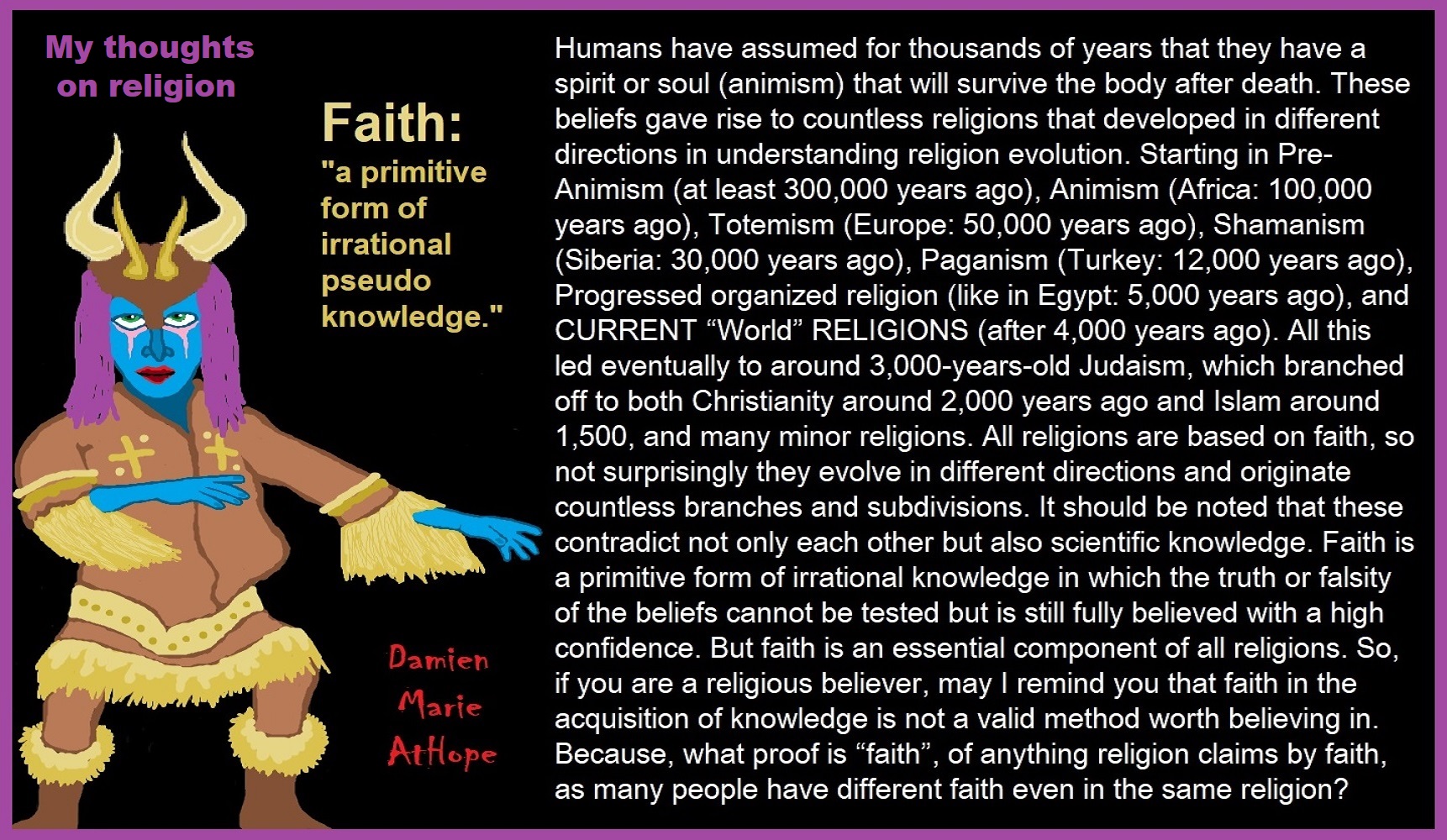
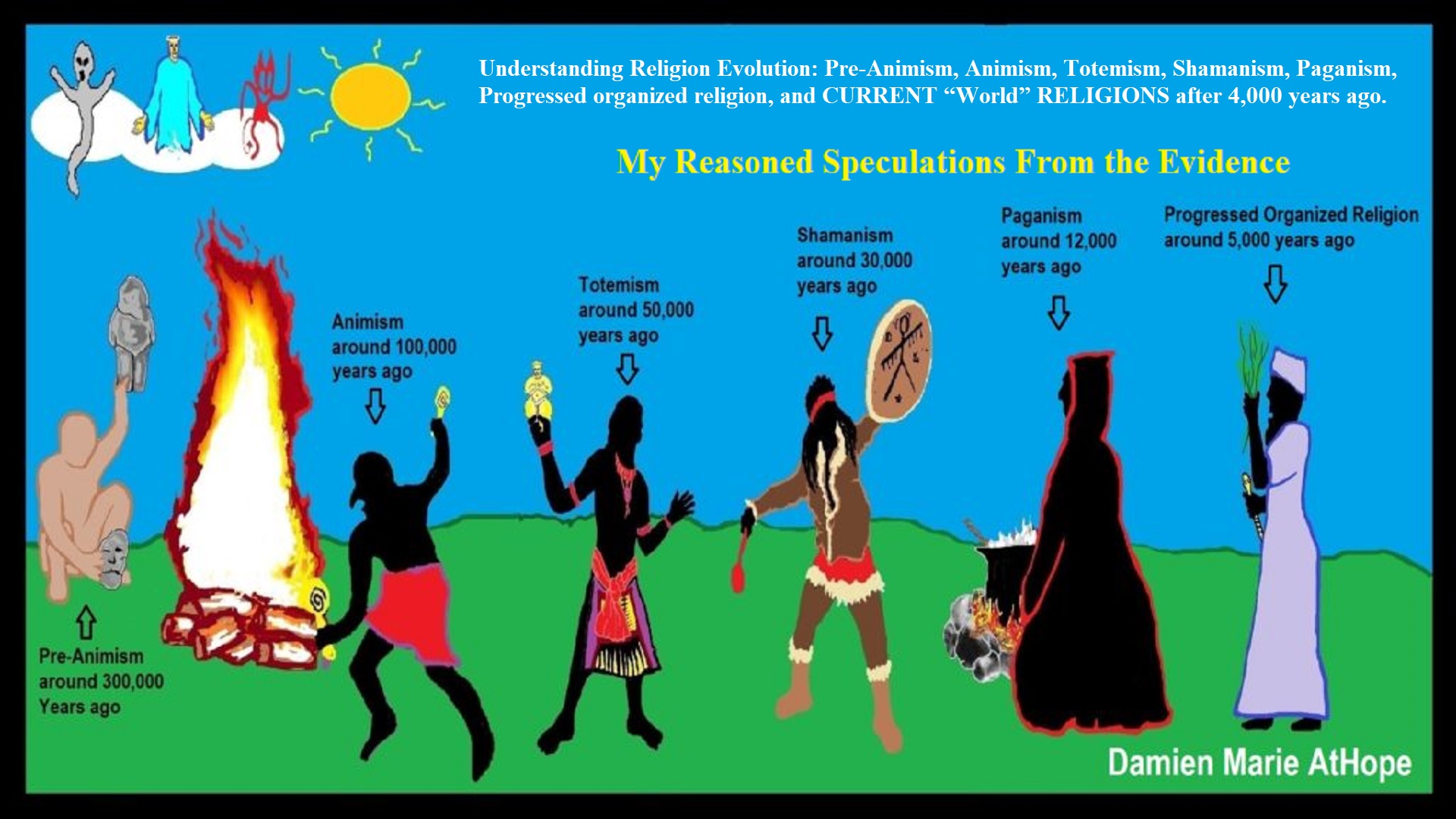
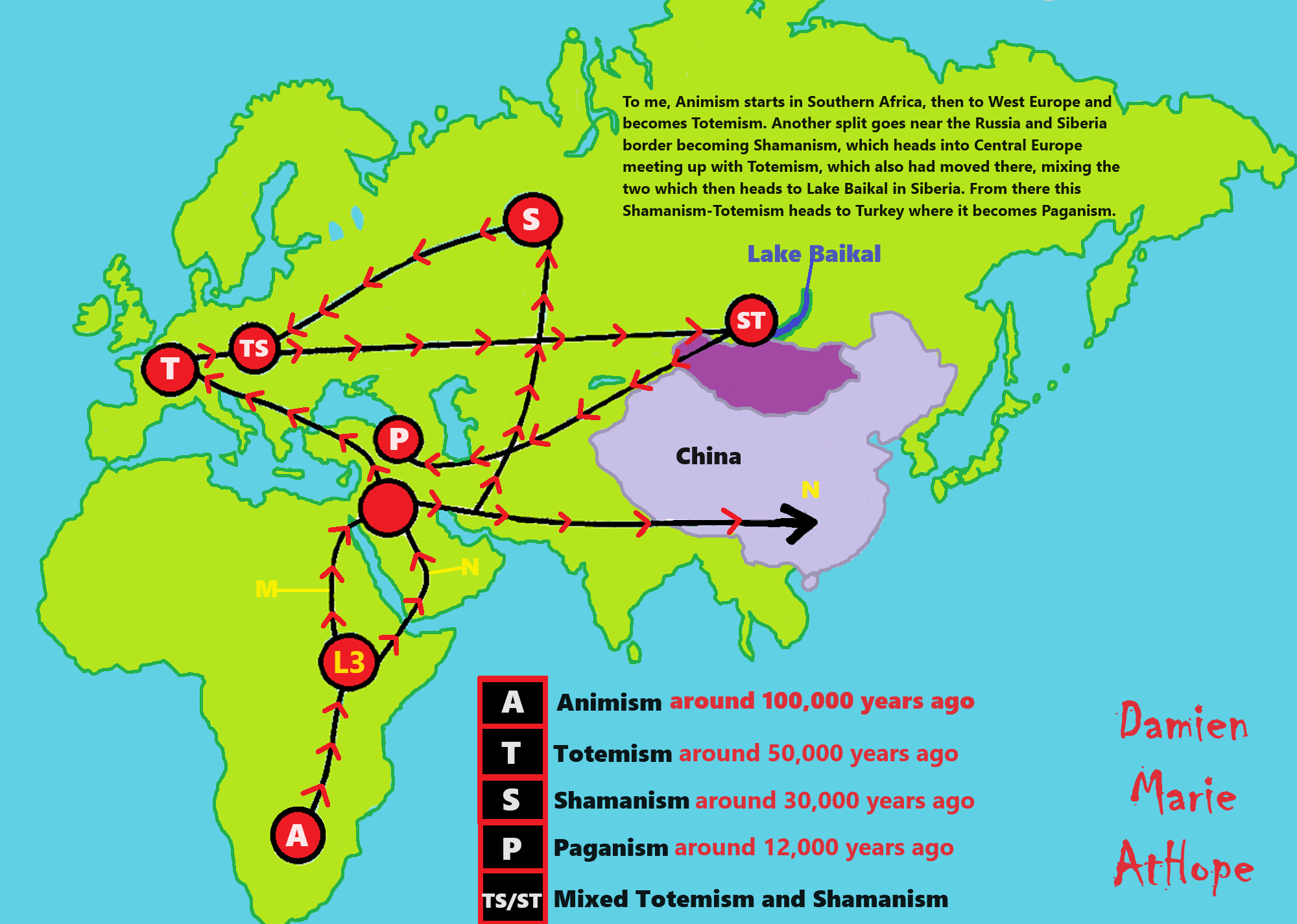
To me, Animism starts in Southern Africa, then to West Europe, and becomes Totemism. Another split goes near the Russia and Siberia border becoming Shamanism, which heads into Central Europe meeting up with Totemism, which also had moved there, mixing the two which then heads to Lake Baikal in Siberia. From there this Shamanism-Totemism heads to Turkey where it becomes Paganism.

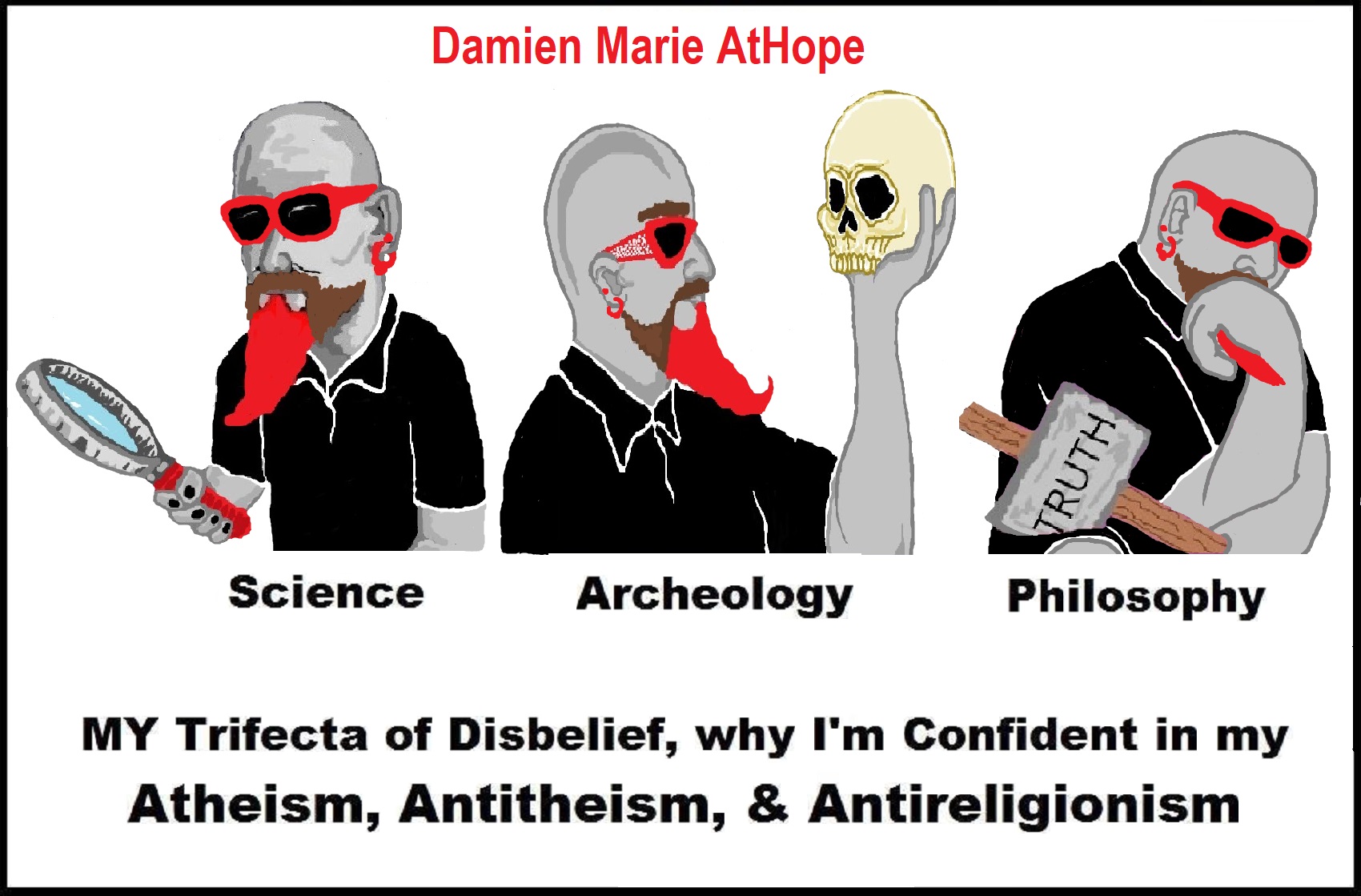
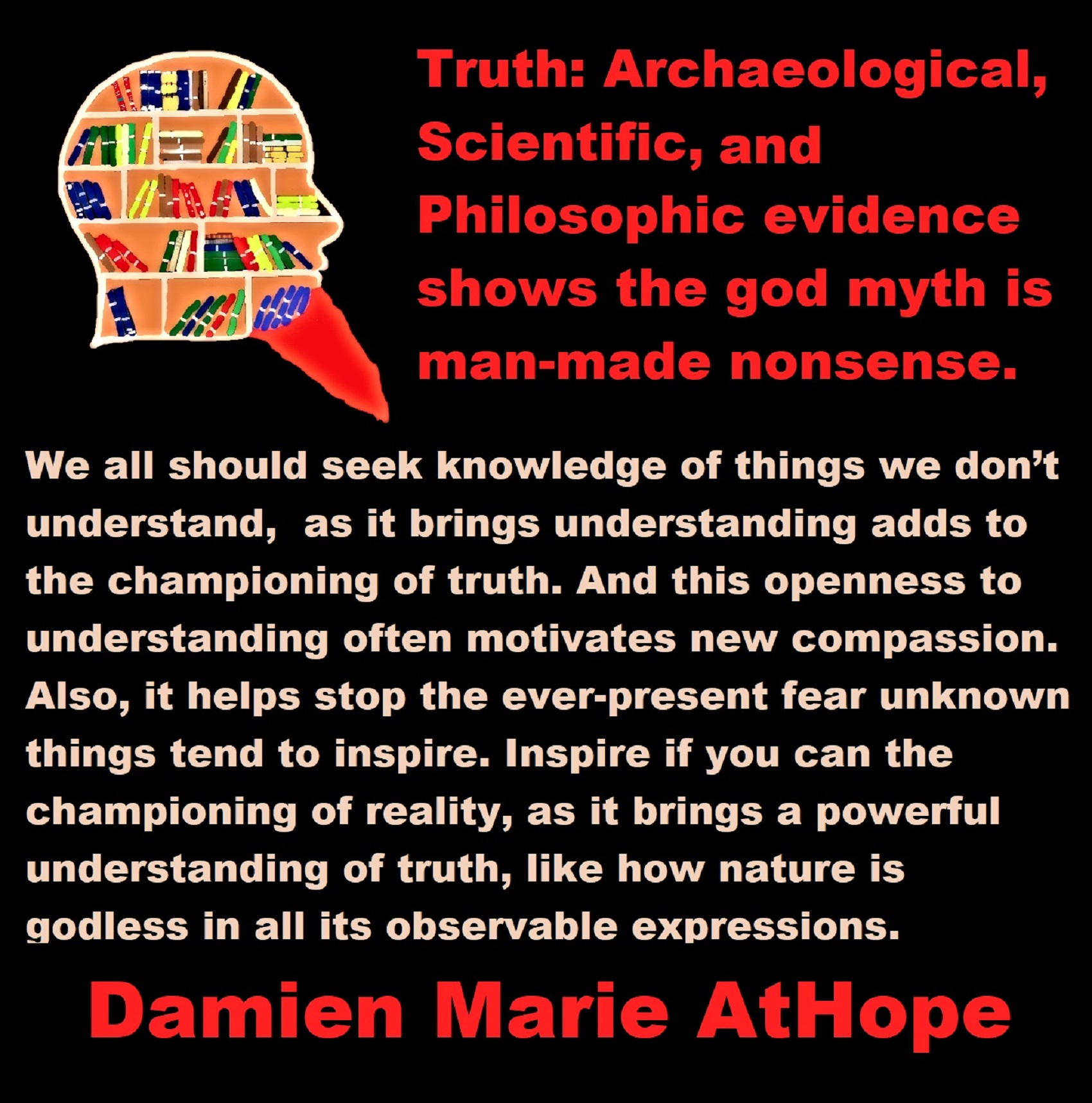
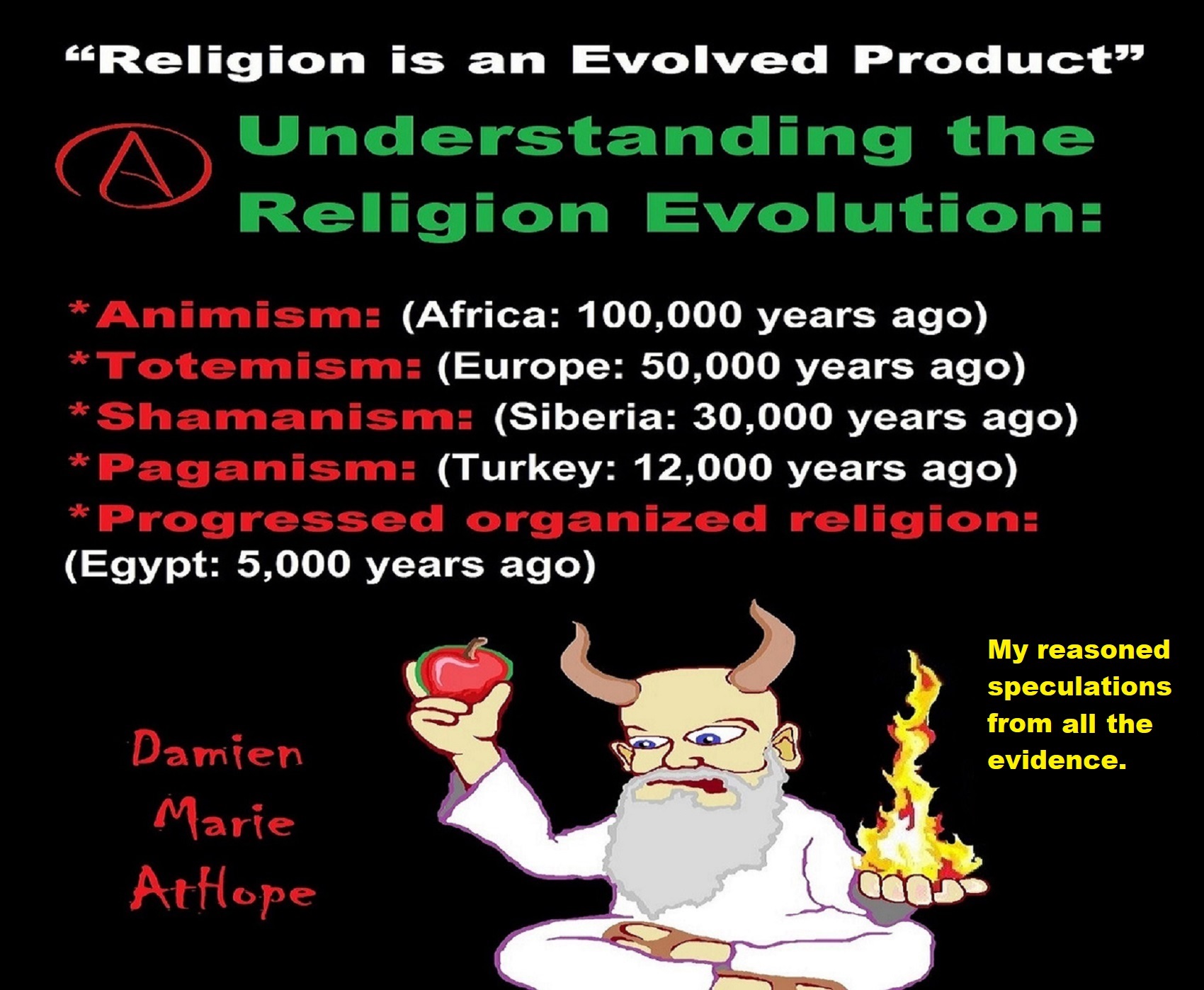
Not all “Religions” or “Religious Persuasions” have a god(s) but
All can be said to believe in some imaginary beings or imaginary things like spirits, afterlives, etc.
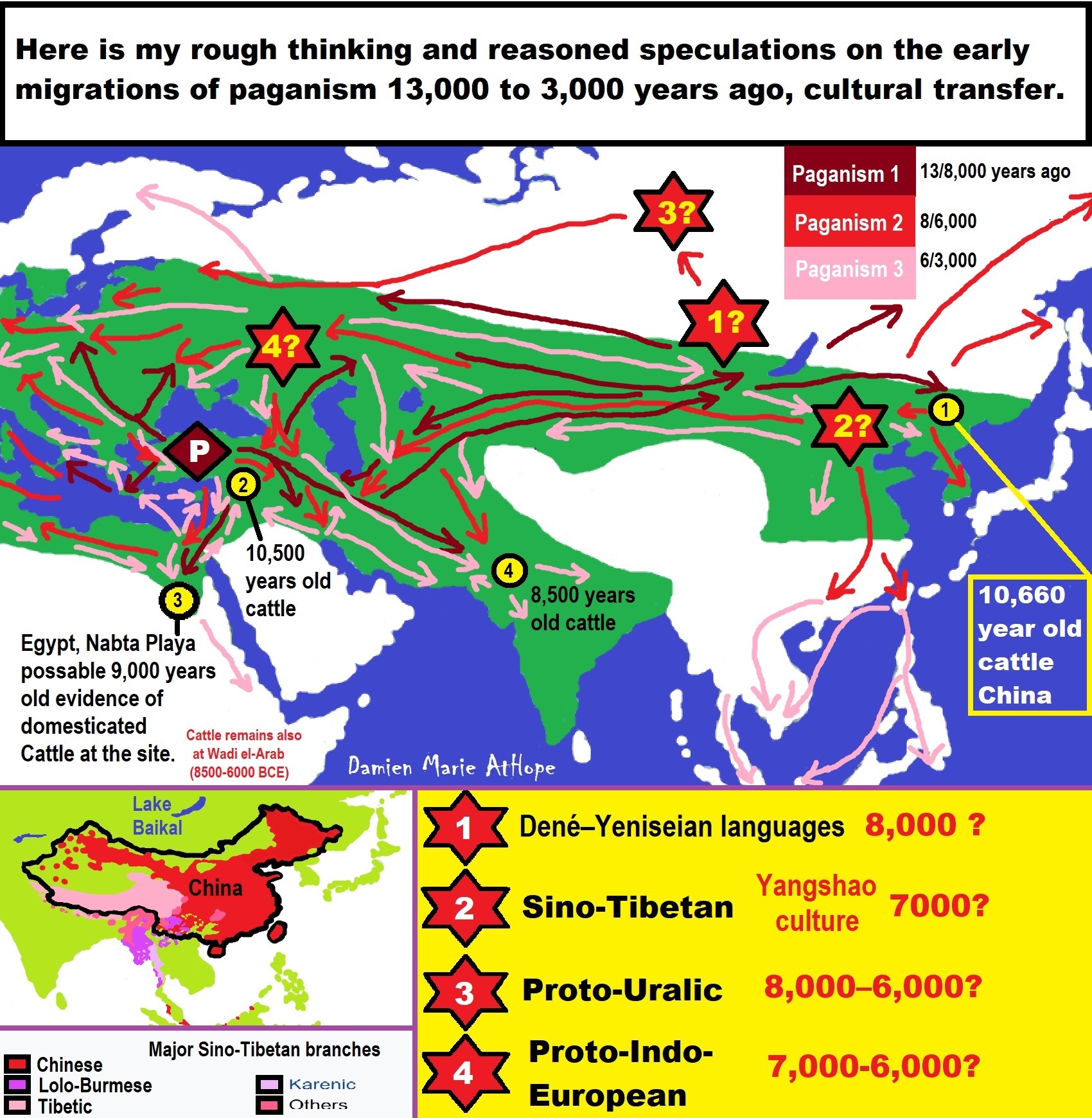
Paganism 12,000-4,000 years old
12,000-7,000 years old: related to (Pre-Capitalism)
7,000-5,000 years old: related to (Capitalism) (World War 0) Elite and their slaves!
5,000 years old: related to (Kings and the Rise of the State)
4,000 years old: related to (First Moralistic gods, then the Origin time of Monotheism)
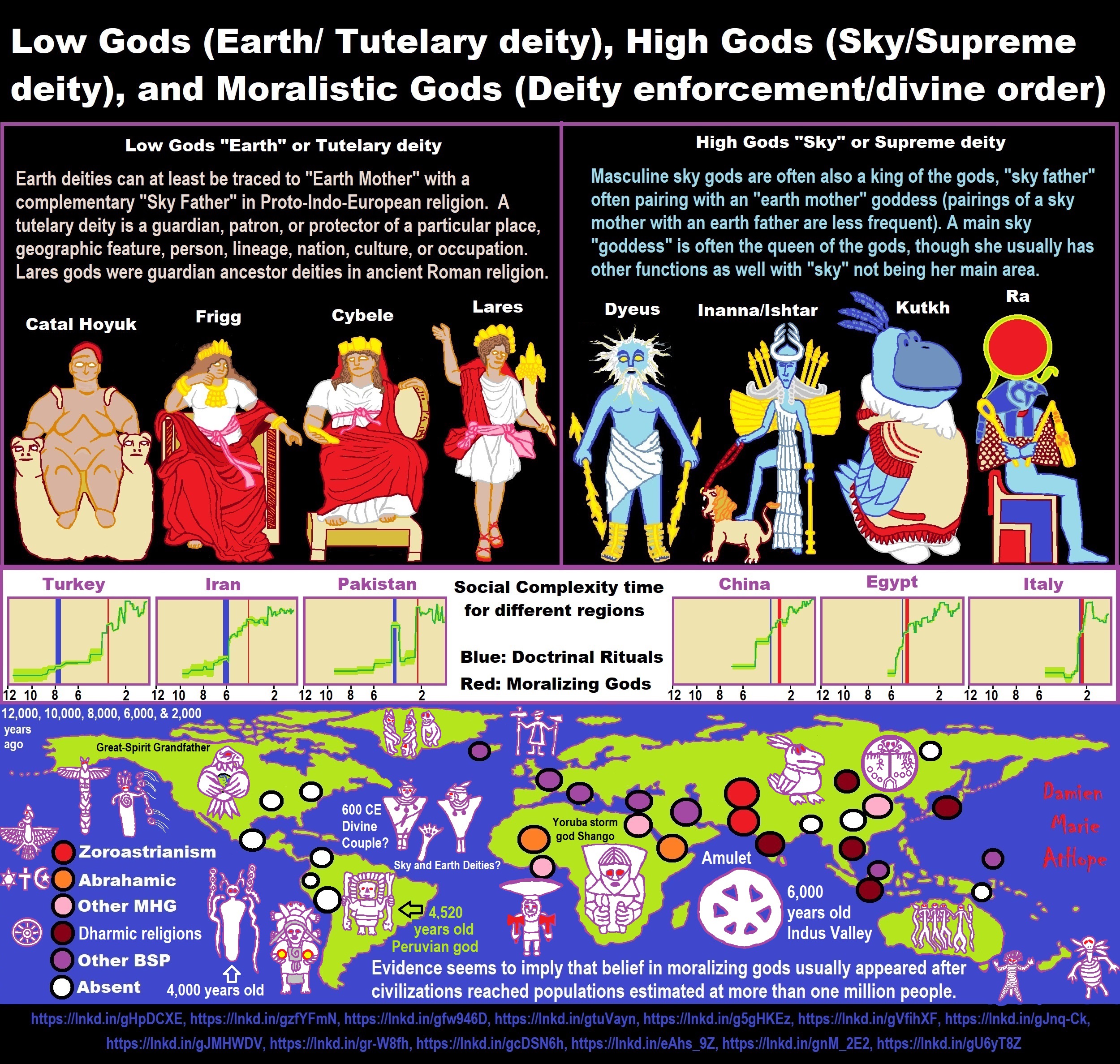
ref, ref, ref, ref, ref, ref, ref, ref, ref, ref, ref, ref, ref, ref, ref, ref, ref, ref, ref, ref, ref
Low Gods “Earth” or Tutelary deity and High Gods “Sky” or Supreme deity
“An Earth goddess is a deification of the Earth. Earth goddesses are often associated with the “chthonic” deities of the underworld. Ki and Ninhursag are Mesopotamian earth goddesses. In Greek mythology, the Earth is personified as Gaia, corresponding to Roman Terra, Indic Prithvi/Bhūmi, etc. traced to an “Earth Mother” complementary to the “Sky Father” in Proto-Indo-European religion. Egyptian mythology exceptionally has a sky goddess and an Earth god.” ref
“A mother goddess is a goddess who represents or is a personification of nature, motherhood, fertility, creation, destruction or who embodies the bounty of the Earth. When equated with the Earth or the natural world, such goddesses are sometimes referred to as Mother Earth or as the Earth Mother. In some religious traditions or movements, Heavenly Mother (also referred to as Mother in Heaven or Sky Mother) is the wife or feminine counterpart of the Sky father or God the Father.” ref
“Any masculine sky god is often also king of the gods, taking the position of patriarch within a pantheon. Such king gods are collectively categorized as “sky father” deities, with a polarity between sky and earth often being expressed by pairing a “sky father” god with an “earth mother” goddess (pairings of a sky mother with an earth father are less frequent). A main sky goddess is often the queen of the gods and may be an air/sky goddess in her own right, though she usually has other functions as well with “sky” not being her main. In antiquity, several sky goddesses in ancient Egypt, Mesopotamia, and the Near East were called Queen of Heaven. Neopagans often apply it with impunity to sky goddesses from other regions who were never associated with the term historically. The sky often has important religious significance. Many religions, both polytheistic and monotheistic, have deities associated with the sky.” ref
“In comparative mythology, sky father is a term for a recurring concept in polytheistic religions of a sky god who is addressed as a “father”, often the father of a pantheon and is often either a reigning or former King of the Gods. The concept of “sky father” may also be taken to include Sun gods with similar characteristics, such as Ra. The concept is complementary to an “earth mother“. “Sky Father” is a direct translation of the Vedic Dyaus Pita, etymologically descended from the same Proto-Indo-European deity name as the Greek Zeûs Pater and Roman Jupiter and Germanic Týr, Tir or Tiwaz, all of which are reflexes of the same Proto-Indo-European deity’s name, *Dyēus Ph₂tḗr. While there are numerous parallels adduced from outside of Indo-European mythology, there are exceptions (e.g. In Egyptian mythology, Nut is the sky mother and Geb is the earth father).” ref
Tutelary deity
“A tutelary (also tutelar) is a deity or spirit who is a guardian, patron, or protector of a particular place, geographic feature, person, lineage, nation, culture, or occupation. The etymology of “tutelary” expresses the concept of safety and thus of guardianship. In late Greek and Roman religion, one type of tutelary deity, the genius, functions as the personal deity or daimon of an individual from birth to death. Another form of personal tutelary spirit is the familiar spirit of European folklore.” ref
“A tutelary (also tutelar) in Korean shamanism, jangseung and sotdae were placed at the edge of villages to frighten off demons. They were also worshiped as deities. Seonangshin is the patron deity of the village in Korean tradition and was believed to embody the Seonangdang. In Philippine animism, Diwata or Lambana are deities or spirits that inhabit sacred places like mountains and mounds and serve as guardians. Such as: Maria Makiling is the deity who guards Mt. Makiling and Maria Cacao and Maria Sinukuan. In Shinto, the spirits, or kami, which give life to human bodies come from nature and return to it after death. Ancestors are therefore themselves tutelaries to be worshiped. And similarly, Native American beliefs such as Tonás, tutelary animal spirit among the Zapotec and Totems, familial or clan spirits among the Ojibwe, can be animals.” ref
“A tutelary (also tutelar) in Austronesian beliefs such as: Atua (gods and spirits of the Polynesian peoples such as the Māori or the Hawaiians), Hanitu (Bunun of Taiwan‘s term for spirit), Hyang (Kawi, Sundanese, Javanese, and Balinese Supreme Being, in ancient Java and Bali mythology and this spiritual entity, can be either divine or ancestral), Kaitiaki (New Zealand Māori term used for the concept of guardianship, for the sky, the sea, and the land), Kawas (mythology) (divided into 6 groups: gods, ancestors, souls of the living, spirits of living things, spirits of lifeless objects, and ghosts), Tiki (Māori mythology, Tiki is the first man created by either Tūmatauenga or Tāne and represents deified ancestors found in most Polynesian cultures). ” ref, ref, ref, ref, ref, ref, ref
Mesopotamian Tutelary Deities can be seen as ones related to City-States
“Historical city-states included Sumerian cities such as Uruk and Ur; Ancient Egyptian city-states, such as Thebes and Memphis; the Phoenician cities (such as Tyre and Sidon); the five Philistine city-states; the Berber city-states of the Garamantes; the city-states of ancient Greece (the poleis such as Athens, Sparta, Thebes, and Corinth); the Roman Republic (which grew from a city-state into a vast empire); the Italian city-states from the Middle Ages to the early modern period, such as Florence, Siena, Ferrara, Milan (which as they grew in power began to dominate neighboring cities) and Genoa and Venice, which became powerful thalassocracies; the Mayan and other cultures of pre-Columbian Mesoamerica (including cities such as Chichen Itza, Tikal, Copán and Monte Albán); the central Asian cities along the Silk Road; the city-states of the Swahili coast; Ragusa; states of the medieval Russian lands such as Novgorod and Pskov; and many others.” ref
“The Uruk period (ca. 4000 to 3100 BCE; also known as Protoliterate period) of Mesopotamia, named after the Sumerian city of Uruk, this period saw the emergence of urban life in Mesopotamia and the Sumerian civilization. City-States like Uruk and others had a patron tutelary City Deity along with a Priest-King.” ref
“Chinese folk religion, both past, and present, includes myriad tutelary deities. Exceptional individuals, highly cultivated sages, and prominent ancestors can be deified and honored after death. Lord Guan is the patron of military personnel and police, while Mazu is the patron of fishermen and sailors. Such as Tu Di Gong (Earth Deity) is the tutelary deity of a locality, and each individual locality has its own Earth Deity and Cheng Huang Gong (City God) is the guardian deity of an individual city, worshipped by local officials and locals since imperial times.” ref
“A tutelary (also tutelar) in Hinduism, personal tutelary deities are known as ishta-devata, while family tutelary deities are known as Kuladevata. Gramadevata are guardian deities of villages. Devas can also be seen as tutelary. Shiva is the patron of yogis and renunciants. City goddesses include: Mumbadevi (Mumbai), Sachchika (Osian); Kuladevis include: Ambika (Porwad), and Mahalakshmi. In NorthEast India Meitei mythology and religion (Sanamahism) of Manipur, there are various types of tutelary deities, among which Lam Lais are the most predominant ones. Tibetan Buddhism has Yidam as a tutelary deity. Dakini is the patron of those who seek knowledge.” ref
“A tutelary (also tutelar) The Greeks also thought deities guarded specific places: for instance, Athena was the patron goddess of the city of Athens. Socrates spoke of hearing the voice of his personal spirit or daimonion:
You have often heard me speak of an oracle or sign which comes to me … . This sign I have had ever since I was a child. The sign is a voice which comes to me and always forbids me to do something which I am going to do, but never commands me to do anything, and this is what stands in the way of my being a politician.” ref
“Tutelary deities who guard and preserve a place or a person are fundamental to ancient Roman religion. The tutelary deity of a man was his Genius, that of a woman her Juno. In the Imperial era, the Genius of the Emperor was a focus of Imperial cult. An emperor might also adopt a major deity as his personal patron or tutelary, as Augustus did Apollo. Precedents for claiming the personal protection of a deity were established in the Republican era, when for instance the Roman dictator Sulla advertised the goddess Victory as his tutelary by holding public games (ludi) in her honor.” ref
“Each town or city had one or more tutelary deities, whose protection was considered particularly vital in time of war and siege. Rome itself was protected by a goddess whose name was to be kept ritually secret on pain of death (for a supposed case, see Quintus Valerius Soranus). The Capitoline Triad of Juno, Jupiter, and Minerva were also tutelaries of Rome. The Italic towns had their own tutelary deities. Juno often had this function, as at the Latin town of Lanuvium and the Etruscan city of Veii, and was often housed in an especially grand temple on the arx (citadel) or other prominent or central location. The tutelary deity of Praeneste was Fortuna, whose oracle was renowned.” ref
“The Roman ritual of evocatio was premised on the belief that a town could be made vulnerable to military defeat if the power of its tutelary deity were diverted outside the city, perhaps by the offer of superior cult at Rome. The depiction of some goddesses such as the Magna Mater (Great Mother, or Cybele) as “tower-crowned” represents their capacity to preserve the city. A town in the provinces might adopt a deity from within the Roman religious sphere to serve as its guardian, or syncretize its own tutelary with such; for instance, a community within the civitas of the Remi in Gaul adopted Apollo as its tutelary, and at the capital of the Remi (present-day Rheims), the tutelary was Mars Camulus.” ref
Household deity (a kind of or related to a Tutelary deity)
“A household deity is a deity or spirit that protects the home, looking after the entire household or certain key members. It has been a common belief in paganism as well as in folklore across many parts of the world. Household deities fit into two types; firstly, a specific deity – typically a goddess – often referred to as a hearth goddess or domestic goddess who is associated with the home and hearth, such as the ancient Greek Hestia.” ref
“The second type of household deities are those that are not one singular deity, but a type, or species of animistic deity, who usually have lesser powers than major deities. This type was common in the religions of antiquity, such as the Lares of ancient Roman religion, the Gashin of Korean shamanism, and Cofgodas of Anglo-Saxon paganism. These survived Christianisation as fairy-like creatures existing in folklore, such as the Anglo-Scottish Brownie and Slavic Domovoy.” ref
“Household deities were usually worshipped not in temples but in the home, where they would be represented by small idols (such as the teraphim of the Bible, often translated as “household gods” in Genesis 31:19 for example), amulets, paintings, or reliefs. They could also be found on domestic objects, such as cosmetic articles in the case of Tawaret. The more prosperous houses might have a small shrine to the household god(s); the lararium served this purpose in the case of the Romans. The gods would be treated as members of the family and invited to join in meals, or be given offerings of food and drink.” ref
“In many religions, both ancient and modern, a god would preside over the home. Certain species, or types, of household deities, existed. An example of this was the Roman Lares. Many European cultures retained house spirits into the modern period. Some examples of these include:
- Brownie (Scotland and England) or Hob (England) / Kobold (Germany) / Goblin / Hobgoblin
- Domovoy (Slavic)
- Nisse (Norwegian or Danish) / Tomte (Swedish) / Tonttu (Finnish)
- Húsvættir (Norse)” ref
“Although the cosmic status of household deities was not as lofty as that of the Twelve Olympians or the Aesir, they were also jealous of their dignity and also had to be appeased with shrines and offerings, however humble. Because of their immediacy they had arguably more influence on the day-to-day affairs of men than the remote gods did. Vestiges of their worship persisted long after Christianity and other major religions extirpated nearly every trace of the major pagan pantheons. Elements of the practice can be seen even today, with Christian accretions, where statues to various saints (such as St. Francis) protect gardens and grottos. Even the gargoyles found on older churches, could be viewed as guardians partitioning a sacred space.” ref
“For centuries, Christianity fought a mop-up war against these lingering minor pagan deities, but they proved tenacious. For example, Martin Luther‘s Tischreden have numerous – quite serious – references to dealing with kobolds. Eventually, rationalism and the Industrial Revolution threatened to erase most of these minor deities, until the advent of romantic nationalism rehabilitated them and embellished them into objects of literary curiosity in the 19th century. Since the 20th century this literature has been mined for characters for role-playing games, video games, and other fantasy personae, not infrequently invested with invented traits and hierarchies somewhat different from their mythological and folkloric roots.” ref
“In contradistinction to both Herbert Spencer and Edward Burnett Tylor, who defended theories of animistic origins of ancestor worship, Émile Durkheim saw its origin in totemism. In reality, this distinction is somewhat academic, since totemism may be regarded as a particularized manifestation of animism, and something of a synthesis of the two positions was attempted by Sigmund Freud. In Freud’s Totem and Taboo, both totem and taboo are outward expressions or manifestations of the same psychological tendency, a concept which is complementary to, or which rather reconciles, the apparent conflict. Freud preferred to emphasize the psychoanalytic implications of the reification of metaphysical forces, but with particular emphasis on its familial nature. This emphasis underscores, rather than weakens, the ancestral component.” ref
“William Edward Hearn, a noted classicist, and jurist, traced the origin of domestic deities from the earliest stages as an expression of animism, a belief system thought to have existed also in the neolithic, and the forerunner of Indo-European religion. In his analysis of the Indo-European household, in Chapter II “The House Spirit”, Section 1, he states:
The belief which guided the conduct of our forefathers was … the spirit rule of dead ancestors.” ref
“In Section 2 he proceeds to elaborate:
It is thus certain that the worship of deceased ancestors is a vera causa, and not a mere hypothesis. …
In the other European nations, the Slavs, the Teutons, and the Kelts, the House Spirit appears with no less distinctness. … [T]he existence of that worship does not admit of doubt. … The House Spirits had a multitude of other names which it is needless here to enumerate, but all of which are more or less expressive of their friendly relations with man. … In [England] … [h]e is the Brownie. … In Scotland this same Brownie is well known. He is usually described as attached to particular families, with whom he has been known to reside for centuries, threshing the corn, cleaning the house, and performing similar household tasks. His favorite gratification was milk and honey.” ref
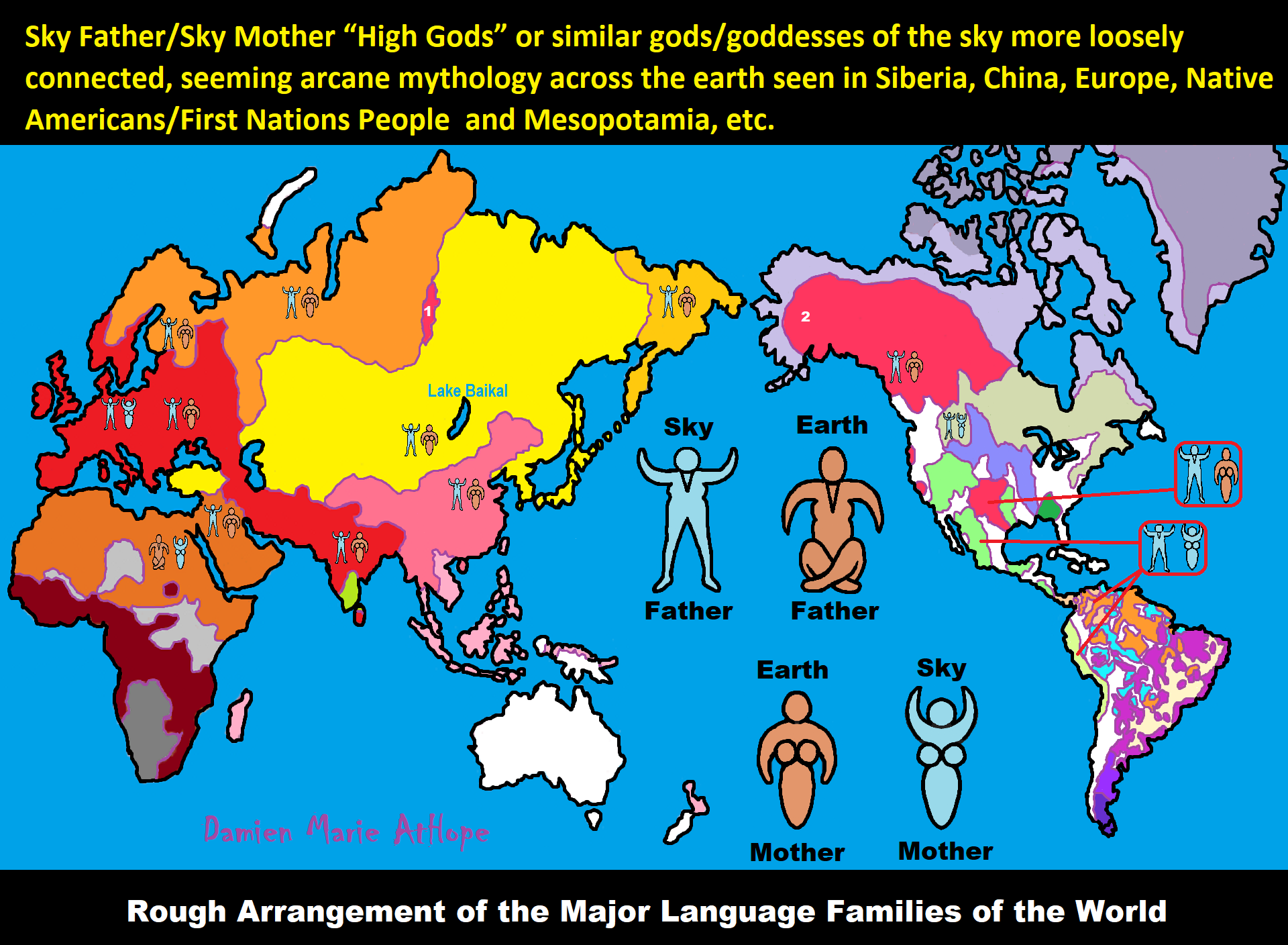
ref, ref, ref, ref, ref, ref, ref, ref, ref, ref, ref, ref, ref, ref, ref, ref, ref
“These ideas are my speculations from the evidence.”
I am still researching the “god‘s origins” all over the world. So you know, it is very complicated but I am smart and willing to look, DEEP, if necessary, which going very deep does seem to be needed here, when trying to actually understand the evolution of gods and goddesses. I am sure of a few things and less sure of others, but even in stuff I am not fully grasping I still am slowly figuring it out, to explain it to others. But as I research more I am understanding things a little better, though I am still working on understanding it all or something close and thus always figuring out more.
Sky Father/Sky God?
“Egyptian: (Nut) Sky Mother and (Geb) Earth Father” (Egypt is different but similar)
Turkic/Mongolic: (Tengri/Tenger Etseg) Sky Father and (Eje/Gazar Eej) Earth Mother *Transeurasian*
Hawaiian: (Wākea) Sky Father and (Papahānaumoku) Earth Mother *Austronesian*
New Zealand/ Māori: (Ranginui) Sky Father and (Papatūānuku) Earth Mother *Austronesian*
Proto-Indo-European: (Dyḗus/Dyḗus ph₂tḗr) Sky Father and (Dʰéǵʰōm/Pleth₂wih₁) Earth Mother
Indo-Aryan: (Dyaus Pita) Sky Father and (Prithvi Mata) Earth Mother *Indo-European*
Italic: (Jupiter) Sky Father and (Juno) Sky Mother *Indo-European*
Etruscan: (Tinia) Sky Father and (Uni) Sky Mother *Tyrsenian/Italy Pre–Indo-European*
Hellenic/Greek: (Zeus) Sky Father and (Hera) Sky Mother who started as an “Earth Goddess” *Indo-European*
Nordic: (Dagr) Sky Father and (Nótt) Sky Mother *Indo-European*
Slavic: (Perun) Sky Father and (Mokosh) Earth Mother *Indo-European*
Illyrian: (Deipaturos) Sky Father and (Messapic Damatura’s “earth-mother” maybe) Earth Mother *Indo-European*
Albanian: (Zojz) Sky Father and (?) *Indo-European*
Baltic: (Perkūnas) Sky Father and (Saulė) Sky Mother *Indo-European*
Germanic: (Týr) Sky Father and (?) *Indo-European*
Colombian-Muisca: (Bochica) Sky Father and (Huythaca) Sky Mother *Chibchan*
Aztec: (Quetzalcoatl) Sky Father and (Xochiquetzal) Sky Mother *Uto-Aztecan*
Incan: (Viracocha) Sky Father and (Mama Runtucaya) Sky Mother *Quechuan*
China: (Tian/Shangdi) Sky Father and (Dì) Earth Mother *Sino-Tibetan*
Sumerian, Assyrian and Babylonian: (An/Anu) Sky Father and (Ki) Earth Mother
Finnish: (Ukko) Sky Father and (Akka) Earth Mother *Finno-Ugric*
Sami: (Horagalles) Sky Father and (Ravdna) Earth Mother *Finno-Ugric*
Puebloan-Zuni: (Ápoyan Ta’chu) Sky Father and (Áwitelin Tsíta) Earth Mother
Puebloan-Hopi: (Tawa) Sky Father and (Kokyangwuti/Spider Woman/Grandmother) Earth Mother *Uto-Aztecan*
Puebloan-Navajo: (Tsohanoai) Sky Father and (Estsanatlehi) Earth Mother *Na-Dene*
ref, ref, ref, ref, ref, ref, ref, ref, ref, ref, ref, ref, ref, ref, ref, ref, ref, ref, ref, ref, ref, ref, ref, ref, ref, ref, ref

Hinduism around 3,700 to 3,500 years old. ref
Judaism around 3,450 or 3,250 years old. (The first writing in the bible was “Paleo-Hebrew” dated to around 3,000 years ago Khirbet Qeiyafa is the site of an ancient fortress city overlooking the Elah Valley. And many believe the religious Jewish texts were completed around 2,500) ref, ref
Judaism is around 3,450 or 3,250 years old. (“Paleo-Hebrew” 3,000 years ago and Torah 2,500 years ago)
“Judaism is an Abrahamic, its roots as an organized religion in the Middle East during the Bronze Age. Some scholars argue that modern Judaism evolved from Yahwism, the religion of ancient Israel and Judah, by the late 6th century BCE, and is thus considered to be one of the oldest monotheistic religions.” ref
“Yahwism is the name given by modern scholars to the religion of ancient Israel, essentially polytheistic, with a plethora of gods and goddesses. Heading the pantheon was Yahweh, the national god of the Israelite kingdoms of Israel and Judah, with his consort, the goddess Asherah; below them were second-tier gods and goddesses such as Baal, Shamash, Yarikh, Mot, and Astarte, all of whom had their own priests and prophets and numbered royalty among their devotees, and a third and fourth tier of minor divine beings, including the mal’ak, the messengers of the higher gods, who in later times became the angels of Judaism, Christianity and Islam. Yahweh, however, was not the ‘original’ god of Israel “Isra-El”; it is El, the head of the Canaanite pantheon, whose name forms the basis of the name “Israel”, and none of the Old Testament patriarchs, the tribes of Israel, the Judges, or the earliest monarchs, have a Yahwistic theophoric name (i.e., one incorporating the name of Yahweh).” ref
“El is a Northwest Semitic word meaning “god” or “deity“, or referring (as a proper name) to any one of multiple major ancient Near Eastern deities. A rarer form, ‘ila, represents the predicate form in Old Akkadian and in Amorite. The word is derived from the Proto-Semitic *ʔil-, meaning “god”. Specific deities known as ‘El or ‘Il include the supreme god of the ancient Canaanite religion and the supreme god of East Semitic speakers in Mesopotamia’s Early Dynastic Period. ʼĒl is listed at the head of many pantheons. In some Canaanite and Ugaritic sources, ʼĒl played a role as father of the gods, of creation, or both. For example, in the Ugaritic texts, ʾil mlk is understood to mean “ʼĒl the King” but ʾil hd as “the god Hadad“. The Semitic root ʾlh (Arabic ʾilāh, Aramaic ʾAlāh, ʾElāh, Hebrew ʾelōah) may be ʾl with a parasitic h, and ʾl may be an abbreviated form of ʾlh. In Ugaritic the plural form meaning “gods” is ʾilhm, equivalent to Hebrew ʾelōhîm “powers”. In the Hebrew texts this word is interpreted as being semantically singular for “god” by biblical commentators. However the documentary hypothesis for the Old Testament (corresponds to the Jewish Torah) developed originally in the 1870s, identifies these that different authors – the Jahwist, Elohist, Deuteronomist, and the Priestly source – were responsible for editing stories from a polytheistic religion into those of a monotheistic religion. Inconsistencies that arise between monotheism and polytheism in the texts are reflective of this hypothesis.” ref
Jainism around 2,599 – 2,527 years old. ref
Confucianism around 2,600 – 2,551 years old. ref
Buddhism around 2,563/2,480 – 2,483/2,400 years old. ref
Christianity around 2,o00 years old. ref
Shinto around 1,305 years old. ref
Islam around 1407–1385 years old. ref
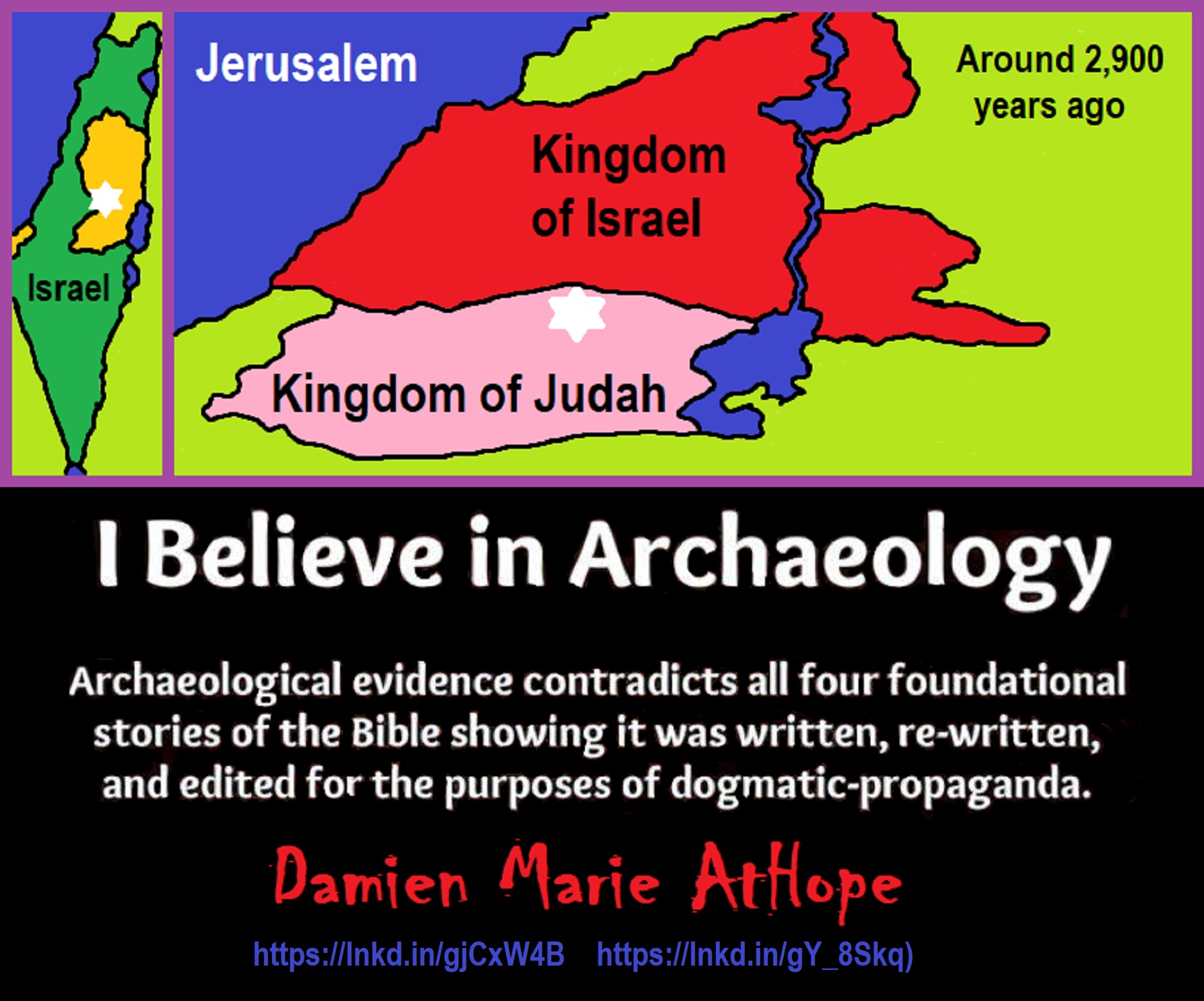
Knowledge to Ponder:
Stars/Astrology:
- Possibly, around 30,000 years ago (in simpler form) to 6,000 years ago, Stars/Astrology are connected to Ancestors, Spirit Animals, and Deities.
- The star also seems to be a possible proto-star for Star of Ishtar, Star of Inanna, or Star of Venus.
- Around 7,000 to 6,000 years ago, Star Constellations/Astrology have connections to the “Kurgan phenomenon” of below-ground “mound” stone/wood burial structures and “Dolmen phenomenon” of above-ground stone burial structures.
- Around 6,500–5,800 years ago, The Northern Levant migrations into Jordon and Israel in the Southern Levant brought new cultural and religious transfer from Turkey and Iran.
- “The Ghassulian Star,” a mysterious 6,000-year-old mural from Jordan may have connections to the European paganstic kurgan/dolmens phenomenon.
“Astrology is a range of divinatory practices, recognized as pseudoscientific since the 18th century, that claim to discern information about human affairs and terrestrial events by studying the apparent positions of celestial objects. Different cultures have employed forms of astrology since at least the 2nd millennium BCE, these practices having originated in calendrical systems used to predict seasonal shifts and to interpret celestial cycles as signs of divine communications. Most, if not all, cultures have attached importance to what they observed in the sky, and some—such as the Hindus, Chinese, and the Maya—developed elaborate systems for predicting terrestrial events from celestial observations. Western astrology, one of the oldest astrological systems still in use, can trace its roots to 19th–17th century BCE Mesopotamia, from where it spread to Ancient Greece, Rome, the Islamicate world and eventually Central and Western Europe. Contemporary Western astrology is often associated with systems of horoscopes that purport to explain aspects of a person’s personality and predict significant events in their lives based on the positions of celestial objects; the majority of professional astrologers rely on such systems.” ref
Around 5,500 years ago, Science evolves, The first evidence of science was 5,500 years ago and was demonstrated by a body of empirical, theoretical, and practical knowledge about the natural world. ref
Around 5,000 years ago, Origin of Logics is a Naturalistic Observation (principles of valid reasoning, inference, & demonstration) ref
Around 4,150 to 4,000 years ago: The earliest surviving versions of the Sumerian Epic of Gilgamesh, which was originally titled “He who Saw the Deep” (Sha naqba īmuru) or “Surpassing All Other Kings” (Shūtur eli sharrī) were written. ref
Hinduism:
- 3,700 years ago or so, the oldest of the Hindu Vedas (scriptures), the Rig Veda was composed.
- 3,500 years ago or so, the Vedic Age began in India after the collapse of the Indus Valley Civilization.
Judaism:
- around 3,000 years ago, the first writing in the bible was “Paleo-Hebrew”
- around 2,500 years ago, many believe the religious Jewish texts were completed
Myths: The bible inspired religion is not just one religion or one myth but a grouping of several religions and myths
- Around 3,450 or 3,250 years ago, according to legend, is the traditionally accepted period in which the Israelite lawgiver, Moses, provided the Ten Commandments.
- Around 2,500 to 2,400 years ago, a collection of ancient religious writings by the Israelites based primarily upon the Hebrew Bible, Tanakh, or Old Testament is the first part of Christianity’s bible.
- Around 2,400 years ago, the most accepted hypothesis is that the canon was formed in stages, first the Pentateuch (Torah).
- Around 2,140 to 2,116 years ago, the Prophets was written during the Hasmonean dynasty, and finally the remaining books.
- Christians traditionally divide the Old Testament into four sections:
- The first five books or Pentateuch (Torah).
- The proposed history books telling the history of the Israelites from their conquest of Canaan to their defeat and exile in Babylon.
- The poetic and proposed “Wisdom books” dealing, in various forms, with questions of good and evil in the world.
- The books of the biblical prophets, warning of the consequences of turning away from God:
- Henotheism:
- Exodus 20:23 “You shall not make other gods besides Me (not saying there are no other gods just not to worship them); gods of silver or gods of gold, you shall not make for yourselves.”
- Polytheism:
- Judges 10:6 “Then the sons of Israel again did evil in the sight of the LORD, served the Baals and the Ashtaroth, the gods of Aram, the gods of Sidon, the gods of Moab, the gods of the sons of Ammon, and the gods of the Philistines; thus they forsook the LORD and did not serve Him.”
- 1 Corinthians 8:5 “For even if there are so-called gods whether in heaven or on earth, as indeed there are many gods and many lords.”
- Monotheism:
- Isaiah 43:10 “You are my witnesses,” declares the LORD, “and my servant whom I have chosen, so that you may know and believe me and understand that I am he. Before me no god was formed, nor will there be one after me.
Around 2,570 to 2,270 Years Ago, there is a confirmation of atheistic doubting as well as atheistic thinking, mainly by Greek philosophers. However, doubting gods is likely as old as the invention of gods and should destroy the thinking that belief in god(s) is the “default belief”. The Greek word is apistos (a “not” and pistos “faithful,”), thus not faithful or faithless because one is unpersuaded and unconvinced by a god(s) claim. Short Definition: unbelieving, unbeliever, or unbelief.
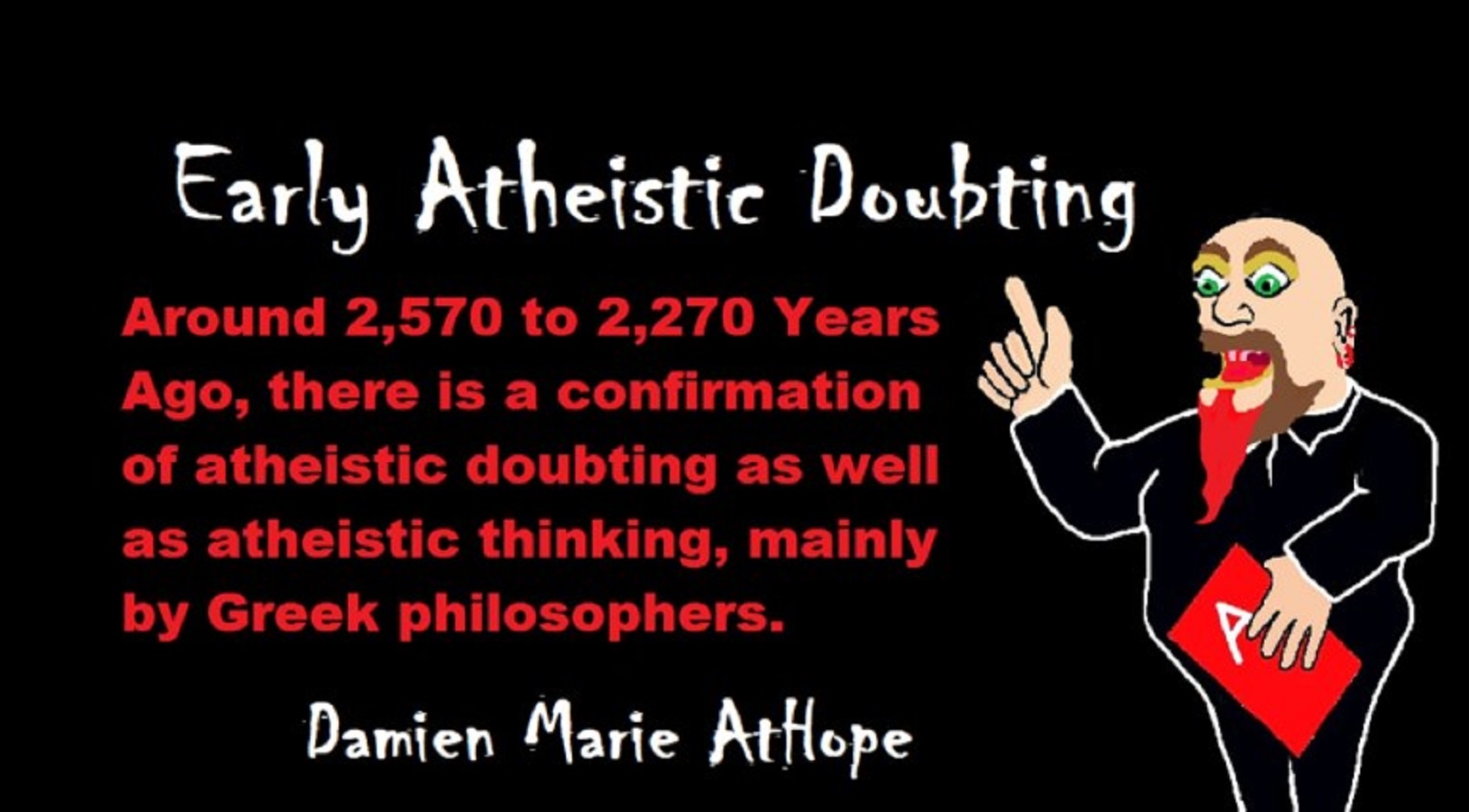
Expressions of Atheistic Thinking:
- Around 2,600 years ago, Ajita Kesakambali, ancient Indian philosopher, who is the first known proponent of Indian materialism. ref
- Around 2,535 to 2,475 years ago, Heraclitus, Greek pre-Socratic philosopher, a native of the Greek city Ephesus, Ionia, on the coast of Anatolia, also known as Asia Minor or modern Turkey. ref
- Around 2,500 to 2,400 years ago, according to The Story of Civilization book series certain African pygmy tribes have no identifiable gods, spirits, or religious beliefs or rituals, and even what burials accrue are without ceremony. ref
- Around 2,490 to 2,430 years ago, Empedocles, Greek pre-Socratic philosopher and a citizen of Agrigentum, a Greek city in Sicily. ref
- Around 2,460 to 2,370 years ago, Democritus, Greek pre-Socratic philosopher considered to be the “father of modern science” possibly had some disbelief amounting to atheism. ref
- Around 2,399 years ago or so, Socrates, a famous Greek philosopher was tried for sinfulness by teaching doubt of state gods. ref
- Around 2,341 to 2,270 years ago, Epicurus, a Greek philosopher known for composing atheistic critics and famously stated, “Is God willing to prevent evil, but not able? Then he is not omnipotent. Is he able, but not willing? Then he is malevolent. Is he both able and willing? Then whence cometh evil? Is he neither able nor willing? Then why call him god?” ref
This last expression by Epicurus, seems to be an expression of Axiological Atheism. To understand and utilize value or actually possess “Value Conscious/Consciousness” to both give a strong moral “axiological” argument (the problem of evil) as well as use it to fortify humanism and positive ethical persuasion of human helping and care responsibilities. Because value-blindness gives rise to sociopathic/psychopathic evil.

“Theists, there has to be a god, as something can not come from nothing.”
Well, thus something (unknown) happened and then there was something. This does not tell us what the something that may have been involved with something coming from nothing. A supposed first cause, thus something (unknown) happened and then there was something is not an open invitation to claim it as known, neither is it justified to call or label such an unknown as anything, especially an unsubstantiated magical thinking belief born of mythology and religious storytelling.
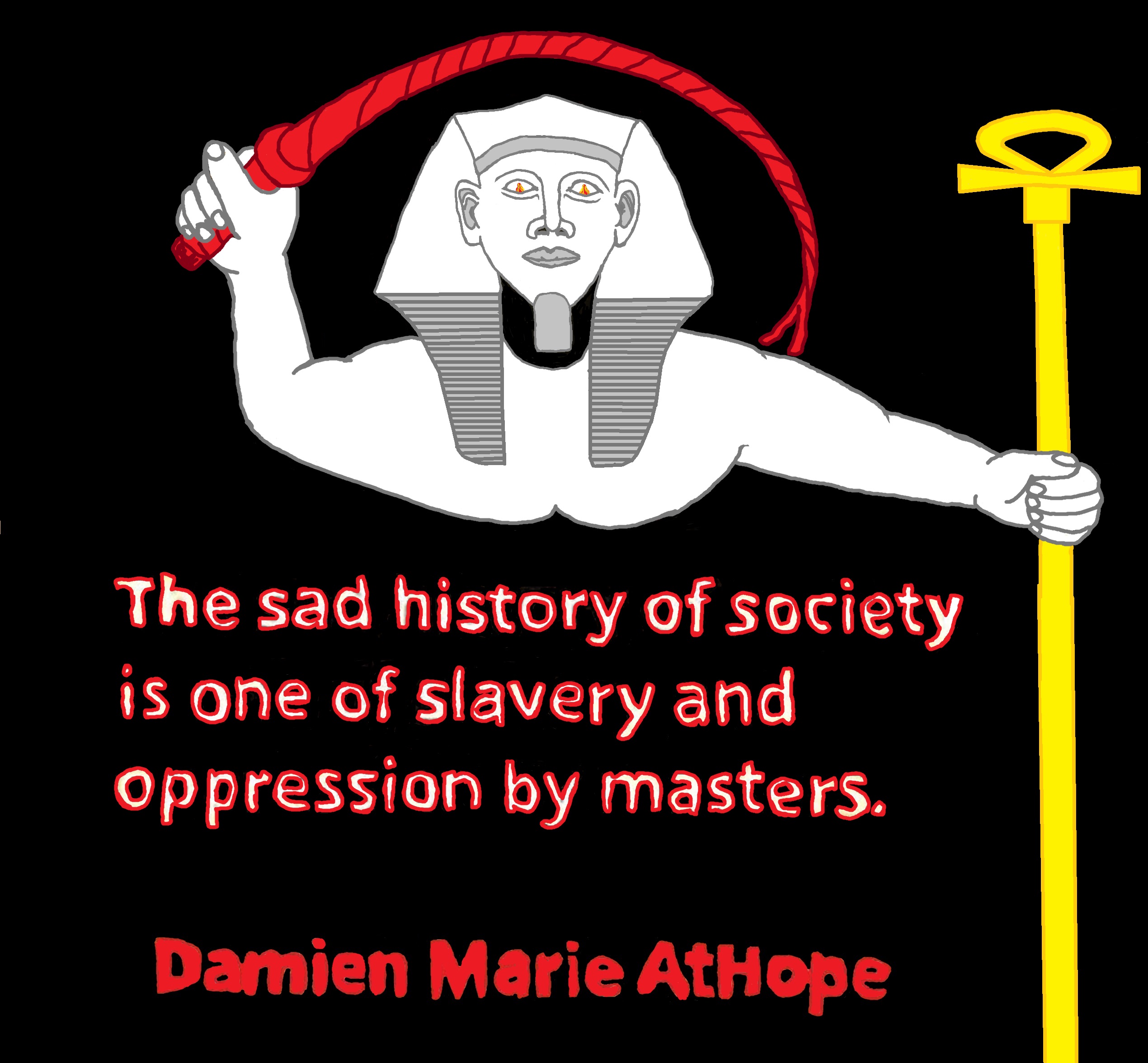
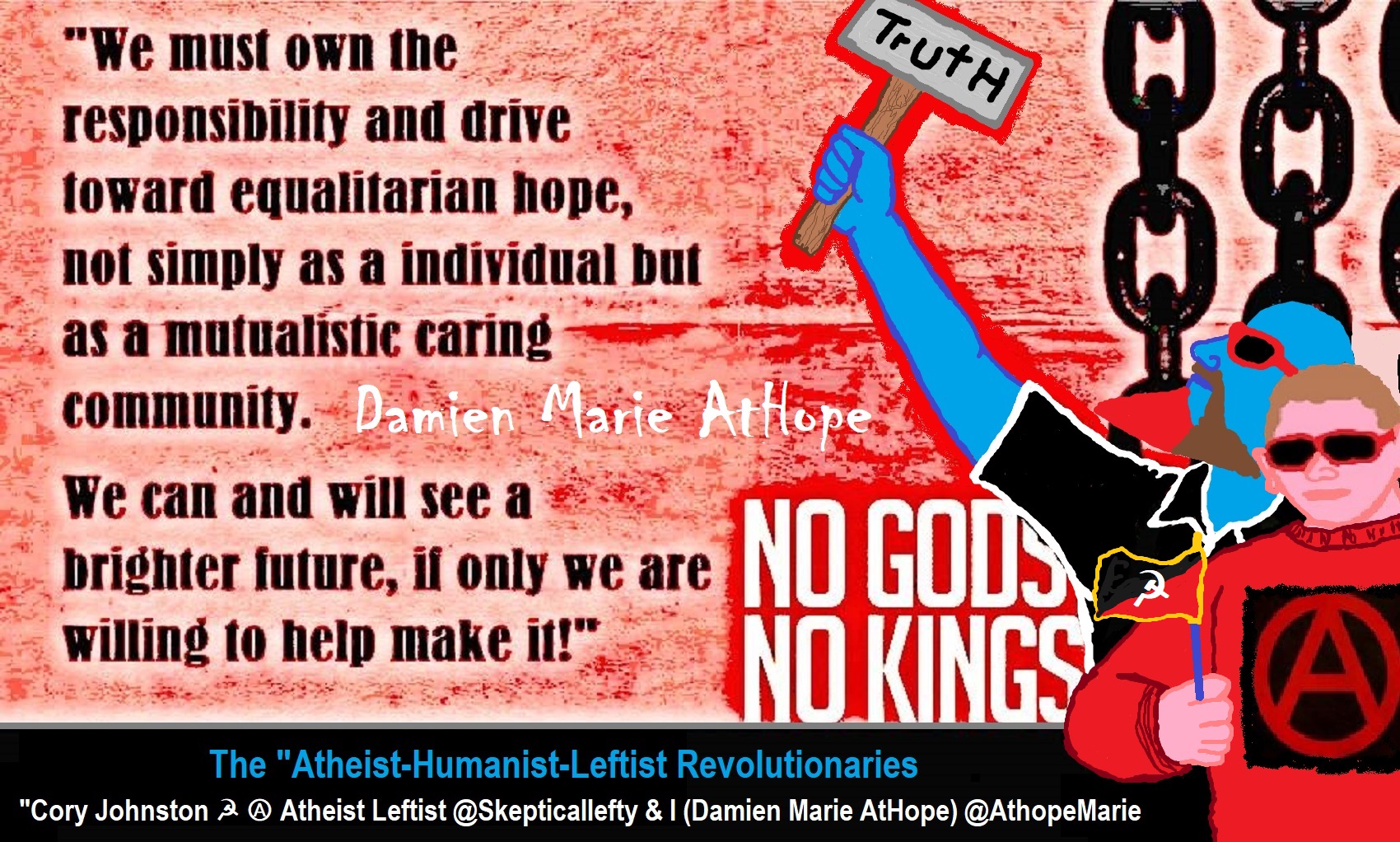
While hallucinogens are associated with shamanism, it is alcohol that is associated with paganism.
The Atheist-Humanist-Leftist Revolutionaries Shows in the prehistory series:
Show two: Pre-animism 300,000 years old and animism 100,000 years old: related to “Anarchism and Socialism”
Show tree: Totemism 50,000 years old: related to “Anarchism and Socialism”
Show four: Shamanism 30,000 years old: related to “Anarchism and Socialism”
Show five: Paganism 12,000 years old: related to “Anarchism and Socialism”
Show six: Emergence of hierarchy, sexism, slavery, and the new male god dominance: Paganism 7,000-5,000 years old: related to “Anarchism and Socialism” (Capitalism) (World War 0) Elite and their slaves!
Prehistory: related to “Anarchism and Socialism” the division of labor, power, rights, and recourses: VIDEO
Pre-animism 300,000 years old and animism 100,000 years old: related to “Anarchism and Socialism”: VIDEO
Totemism 50,000 years old: related to “Anarchism and Socialism”: VIDEO
Shamanism 30,000 years old: related to “Anarchism and Socialism”: VIDEO
Paganism 12,000 years old: related to “Anarchism and Socialism” (Pre-Capitalism): VIDEO
Paganism 7,000-5,000 years old: related to “Anarchism and Socialism” (Capitalism) (World War 0) Elite and their slaves: VIEDO
Paganism 5,000 years old: progressed organized religion and the state: related to “Anarchism and Socialism” (Kings and the Rise of the State): VIEDO
Paganism 4,000 years old: related to “Anarchism and Socialism” (First Moralistic gods, then the Origin time of Monotheism): VIEDO
I do not hate simply because I challenge and expose myths or lies any more than others being thought of as loving simply because of the protection and hiding from challenge their favored myths or lies.
The truth is best championed in the sunlight of challenge.
An archaeologist once said to me “Damien religion and culture are very different”
My response, So are you saying that was always that way, such as would you say Native Americans’ cultures are separate from their religions? And do you think it always was the way you believe?
I had said that religion was a cultural product. That is still how I see it and there are other archaeologists that think close to me as well. Gods too are the myths of cultures that did not understand science or the world around them, seeing magic/supernatural everywhere.
I personally think there is a goddess and not enough evidence to support a male god at Çatalhöyük but if there was both a male and female god and goddess then I know the kind of gods they were like Proto-Indo-European mythology.
This series idea was addressed in, Anarchist Teaching as Free Public Education or Free Education in the Public: VIDEO
Our 12 video series: Organized Oppression: Mesopotamian State Force and the Politics of power (9,000-4,000 years ago), is adapted from: The Complete and Concise History of the Sumerians and Early Bronze Age Mesopotamia (7000-2000 BC): https://www.youtube.com/watch?v=szFjxmY7jQA by “History with Cy“
Show #1: Mesopotamian State Force and the Politics of Power (Samarra, Halaf, Ubaid)
Show #2: Mesopotamian State Force and the Politics of Power
Show #3: Mesopotamian State Force and the Politics of Power (Uruk and the First Cities)
Show #4: Mesopotamian State Force and the Politics of Power (First Kings)
Show #5: Mesopotamian State Force and the Politics of Power (Early Dynastic Period)
Show #6: Mesopotamian State Force and the Politics of Power
Show #7: Mesopotamian State Force and the Politics of Power (Sargon and Akkadian Rule)
Show #9: Mesopotamian State Force and the Politics of Power (Gudea of Lagash and Utu-hegal)
Show #12: Mesopotamian State Force and the Politics of Power (Aftermath and Legacy of Sumer)
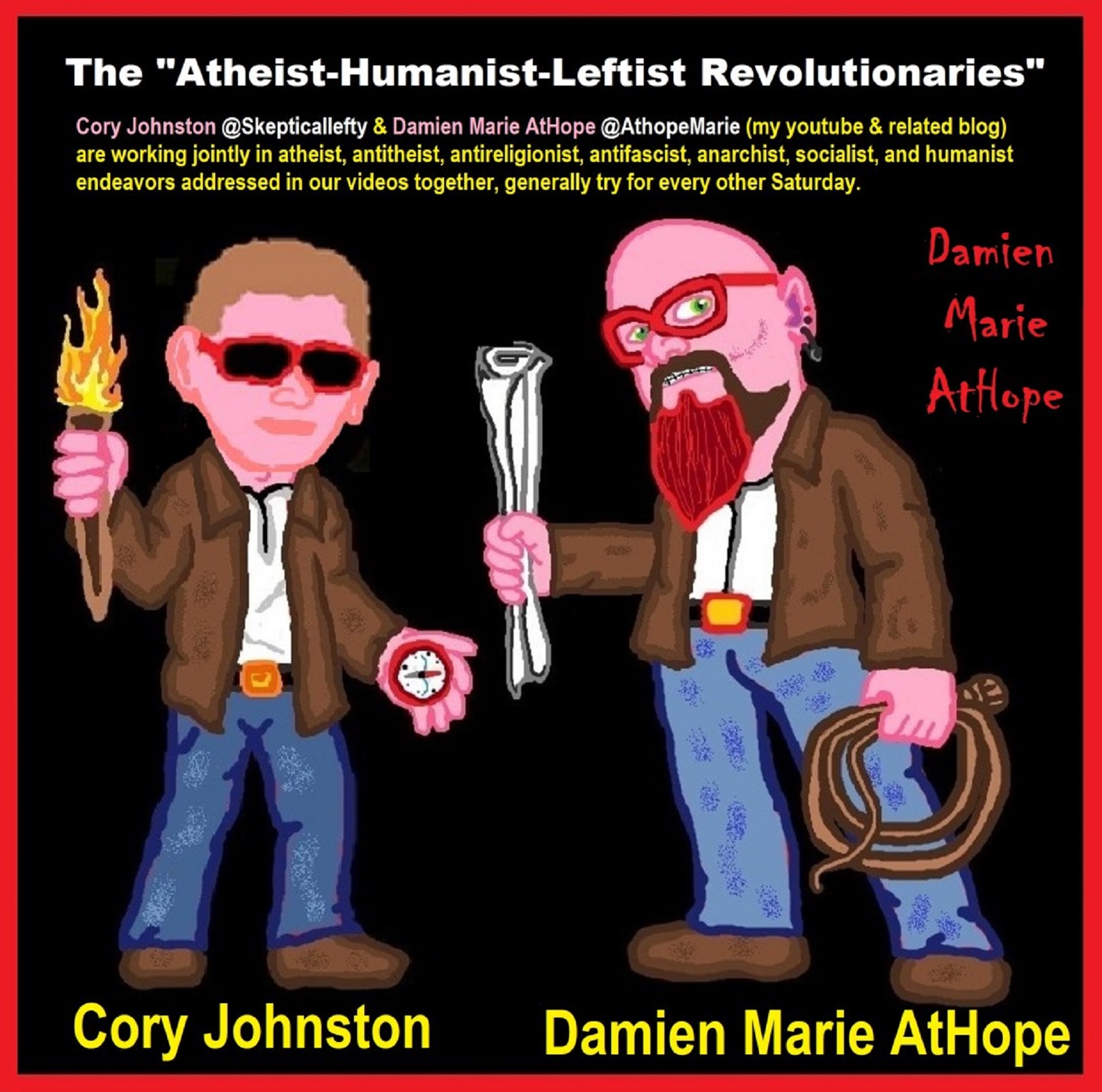
The “Atheist-Humanist-Leftist Revolutionaries”
Cory Johnston ☭ Ⓐ Atheist Leftist @Skepticallefty & I (Damien Marie AtHope) @AthopeMarie (my YouTube & related blog) are working jointly in atheist, antitheist, antireligionist, antifascist, anarchist, socialist, and humanist endeavors in our videos together, generally, every other Saturday.
Why Does Power Bring Responsibility?
Think, how often is it the powerless that start wars, oppress others, or commit genocide? So, I guess the question is to us all, to ask, how can power not carry responsibility in a humanity concept? I know I see the deep ethical responsibility that if there is power their must be a humanistic responsibility of ethical and empathic stewardship of that power. Will I be brave enough to be kind? Will I possess enough courage to be compassionate? Will my valor reach its height of empathy? I as everyone, earns our justified respect by our actions, that are good, ethical, just, protecting, and kind. Do I have enough self-respect to put my love for humanity’s flushing, over being brought down by some of its bad actors? May we all be the ones doing good actions in the world, to help human flourishing.
I create the world I want to live in, striving for flourishing. Which is not a place but a positive potential involvement and promotion; a life of humanist goal precision. To master oneself, also means mastering positive prosocial behaviors needed for human flourishing. I may have lost a god myth as an atheist, but I am happy to tell you, my friend, it is exactly because of that, leaving the mental terrorizer, god belief, that I truly regained my connected ethical as well as kind humanity.
Cory and I will talk about prehistory and theism, addressing the relevance to atheism, anarchism, and socialism.
At the same time as the rise of the male god, 7,000 years ago, there was also the very time there was the rise of violence, war, and clans to kingdoms, then empires, then states. It is all connected back to 7,000 years ago, and it moved across the world.
Cory Johnston: https://damienmarieathope.com/2021/04/cory-johnston-mind-of-a-skeptical-leftist/?v=32aec8db952d
The Mind of a Skeptical Leftist (YouTube)
Cory Johnston: Mind of a Skeptical Leftist @Skepticallefty
The Mind of a Skeptical Leftist By Cory Johnston: “Promoting critical thinking, social justice, and left-wing politics by covering current events and talking to a variety of people. Cory Johnston has been thoughtfully talking to people and attempting to promote critical thinking, social justice, and left-wing politics.” http://anchor.fm/skepticalleft
Cory needs our support. We rise by helping each other.
Cory Johnston ☭ Ⓐ @Skepticallefty Evidence-based atheist leftist (he/him) Producer, host, and co-host of 4 podcasts @skeptarchy @skpoliticspod and @AthopeMarie
Damien Marie AtHope (“At Hope”) Axiological Atheist, Anti-theist, Anti-religionist, Secular Humanist. Rationalist, Writer, Artist, Poet, Philosopher, Advocate, Activist, Psychology, and Armchair Archaeology/Anthropology/Historian.
Damien is interested in: Freedom, Liberty, Justice, Equality, Ethics, Humanism, Science, Atheism, Antiteism, Antireligionism, Ignosticism, Left-Libertarianism, Anarchism, Socialism, Mutualism, Axiology, Metaphysics, LGBTQI, Philosophy, Advocacy, Activism, Mental Health, Psychology, Archaeology, Social Work, Sexual Rights, Marriage Rights, Woman’s Rights, Gender Rights, Child Rights, Secular Rights, Race Equality, Ageism/Disability Equality, Etc. And a far-leftist, “Anarcho-Humanist.”
I am not a good fit in the atheist movement that is mostly pro-capitalist, I am anti-capitalist. Mostly pro-skeptic, I am a rationalist not valuing skepticism. Mostly pro-agnostic, I am anti-agnostic. Mostly limited to anti-Abrahamic religions, I am an anti-religionist.
To me, the “male god” seems to have either emerged or become prominent around 7,000 years ago, whereas the now favored monotheism “male god” is more like 4,000 years ago or so. To me, the “female goddess” seems to have either emerged or become prominent around 11,000-10,000 years ago or so, losing the majority of its once prominence around 2,000 years ago due largely to the now favored monotheism “male god” that grow in prominence after 4,000 years ago or so.
My Thought on the Evolution of Gods?
Animal protector deities from old totems/spirit animal beliefs come first to me, 13,000/12,000 years ago, then women as deities 11,000/10,000 years ago, then male gods around 7,000/8,000 years ago. Moralistic gods around 5,000/4,000 years ago, and monotheistic gods around 4,000/3,000 years ago.
To me, animal gods were likely first related to totemism animals around 13,000 to 12,000 years ago or older. Female as goddesses was next to me, 11,000 to 10,000 years ago or so with the emergence of agriculture. Then male gods come about 8,000 to 7,000 years ago with clan wars. Many monotheism-themed religions started in henotheism, emerging out of polytheism/paganism.
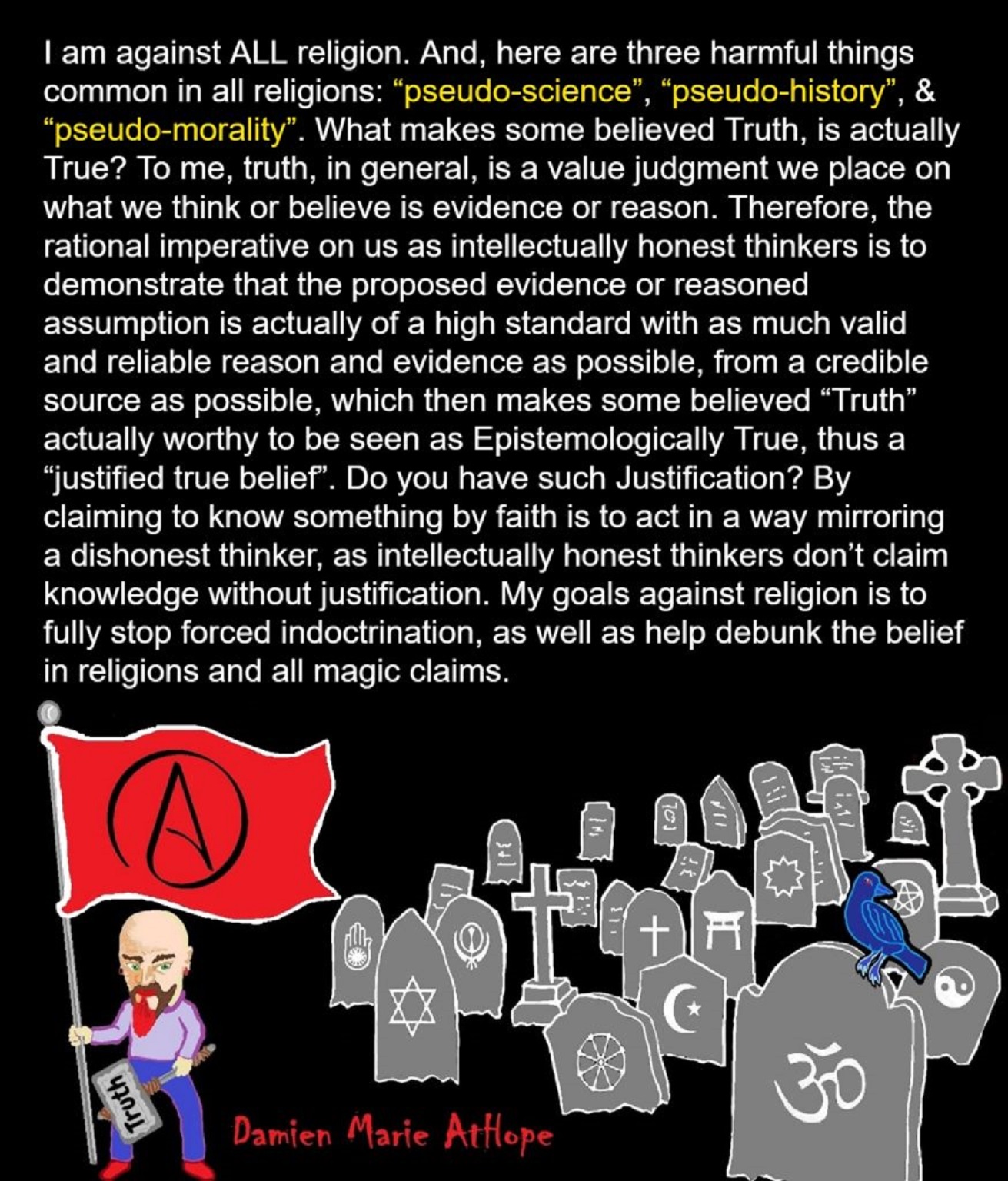
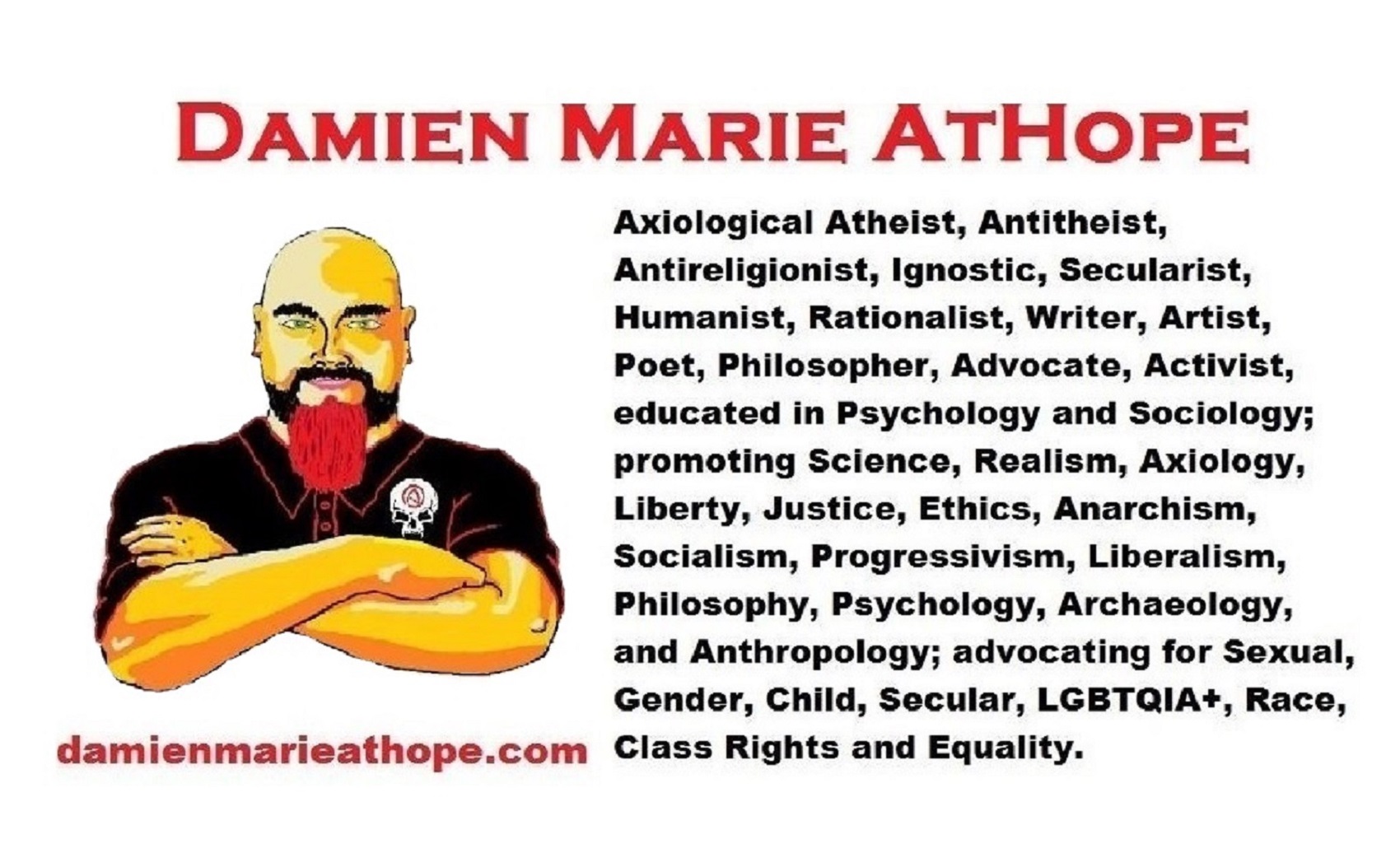
Damien Marie AtHope (Said as “At” “Hope”)/(Autodidact Polymath but not good at math):
Axiological Atheist, Anti-theist, Anti-religionist, Secular Humanist, Rationalist, Writer, Artist, Jeweler, Poet, “autodidact” Philosopher, schooled in Psychology, and “autodidact” Armchair Archaeology/Anthropology/Pre-Historian (Knowledgeable in the range of: 1 million to 5,000/4,000 years ago). I am an anarchist socialist politically. Reasons for or Types of Atheism
My Website, My Blog, & Short-writing or Quotes, My YouTube, Twitter: @AthopeMarie, and My Email: damien.marie.athope@gmail.com


